










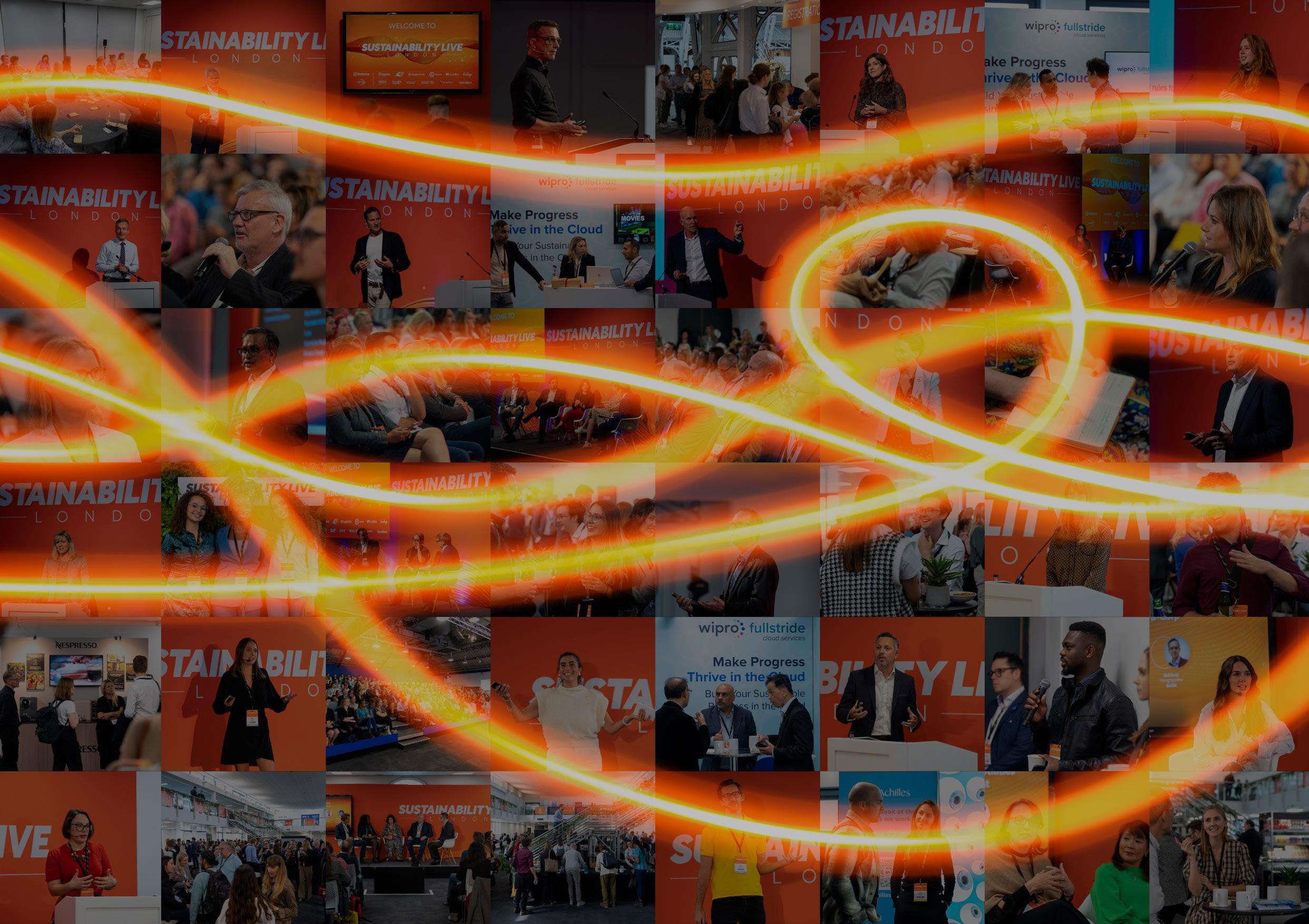
6 - 7 September 2023
Business Design Centre, London
SPONSORSHIPS GET YOUR PASS

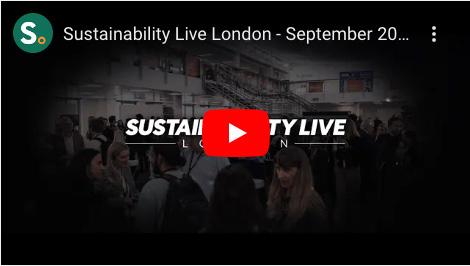
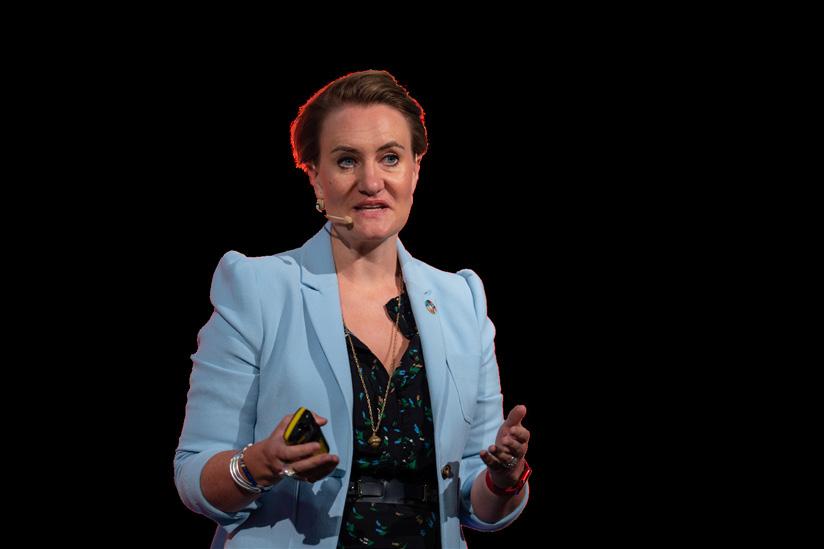
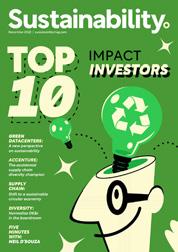
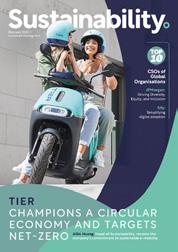
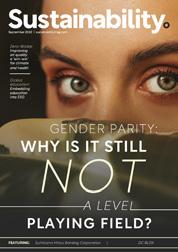
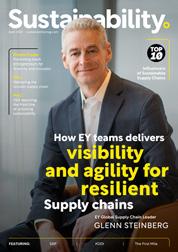
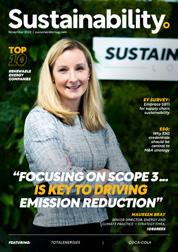





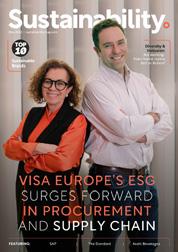












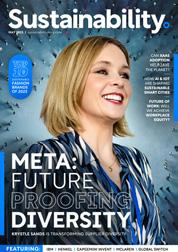






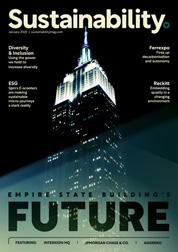














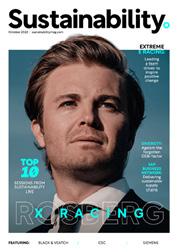




Sustainability magazine is an established and trusted voice with an engaged and highly targeted audience of 58,000 global executives
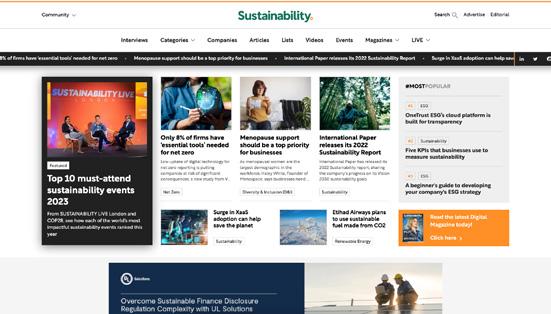






Digital Magazine
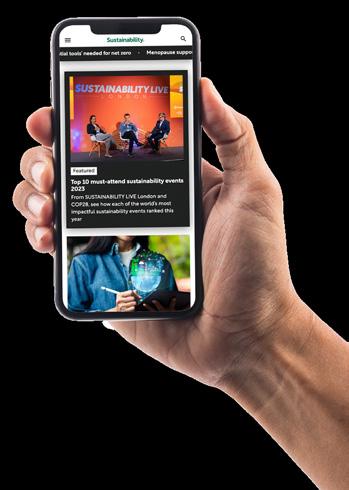

Website
Newsletters
Industry Data & Demand Generation
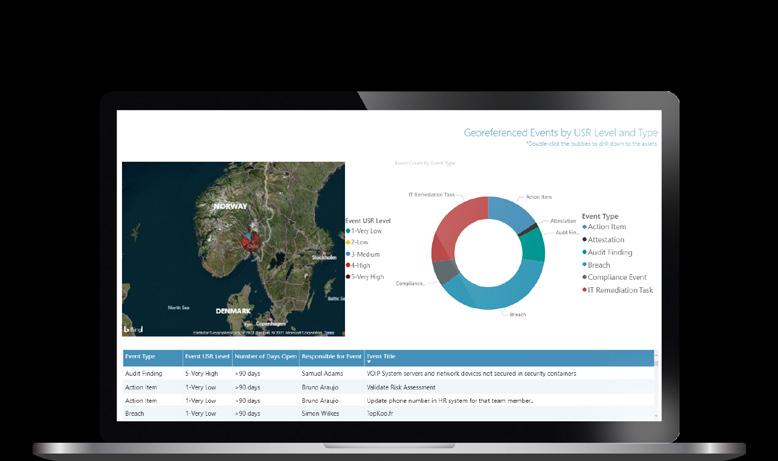
Webinars: Creation & Promotion
White Papers & Research Reports
Lists: Top 10s & Top 100s
Events: Virtual & In-Person


WORK WITH US

EDITOR-IN-CHIEF
LUCY BUCHHOLZ
CHIEF CONTENT OFFICER
SCOTT BIRCH
CHIEF DESIGN OFFICER
MATT JOHNSON
HEAD OF DESIGN ANDY WOOLLACOTT
LEAD DESIGNER
MIMI GUNN
COMMUNITY Never
JOIN
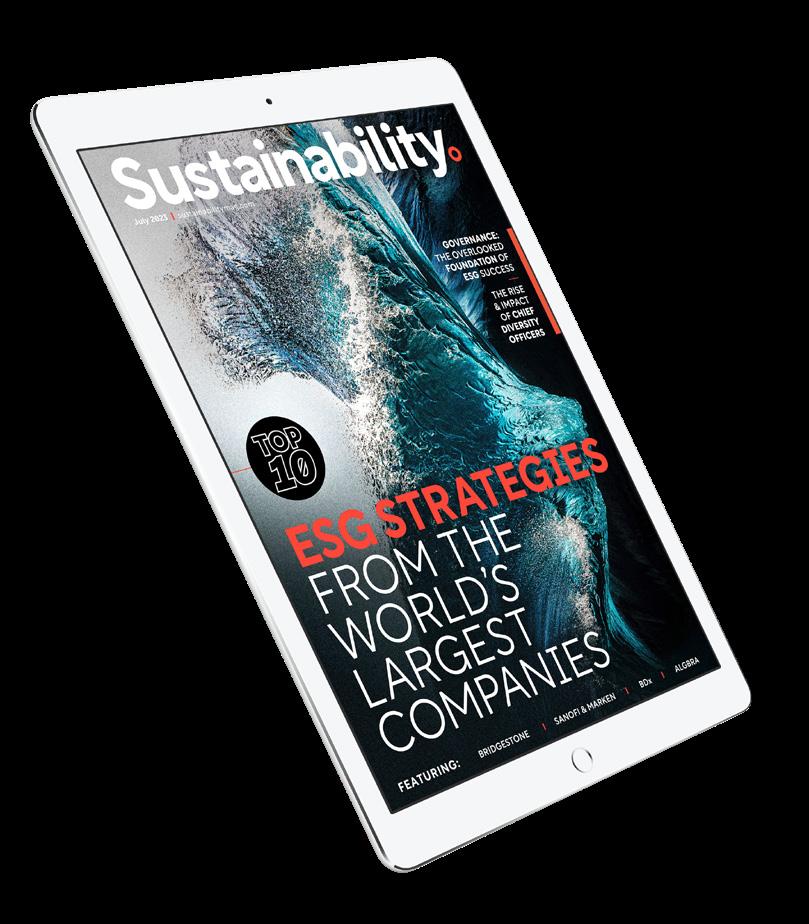
FEATURE DESIGNERS
MIMI GUNN
SOPHIE-ANN PINNELL
HECTOR PENROSE
SAM HUBBARD
REBEKAH BIRLESON
JULIA WAINWRIGHT
ADVERT DESIGNERS
JORDAN WOOD
CALLUM HOOD
DANILO CARDOSO
VIDEO PRODUCTION MANAGER
KIERAN WAITE
SENIOR VIDEOGRAPHER
HUDSON MELDRUM
DIGITAL VIDEO PRODUCERS
ERNEST DE NEVE
THOMAS EASTERFORD
DREW HARDMAN
SALLY MOUSTAFA
PRODUCTION DIRECTORS
GEORGIA ALLEN
DANIELA KIANICKOVÁ
PRODUCTION MANAGERS
JANE ARNETA
MARIA GONZALEZ
YEVHENIIA SUBBOTINA
MARKETING MANAGER
LAUREN ALICE TYE
PROJECT DIRECTORS
JONATHAN MOORE

MEDIA SALES DIRECTOR
CHARLIE MCGILL
MANAGING DIRECTOR
LEWIS VAUGHAN
CEO

On September 6th and 7th 2023, SUSTAINABILITY LIVE London is set to return to the Business Design Centre. The two-day conference will showcase more than 70 globally recognised leaders in sustainability, addressing vital aspects of the field. Delegates will deliver their industry expertise on engaging in topical discussions, to explore the most pressing issues impacting the present and future.

The event will also cover nine key themes, spanning sustainability strategies; the future of ESG; net zero and planet; diversity and inclusion; supply chain sustainability; green and renewable energy; sustainable and ethical investing; tech and AI in sustainability; and women in sustainability.
Find more information about the must attend sustainability event on page 48, where you will also be able to register for your FREE ticket. LUCY

lucy.buchholz@bizclikmedia.com

“ THE TWO - DAY CONFERENCE WILL SHOWCASE MORE THAN 70 GLOBALLY RECOGNISED LEADERS IN SUSTAINABILITY”
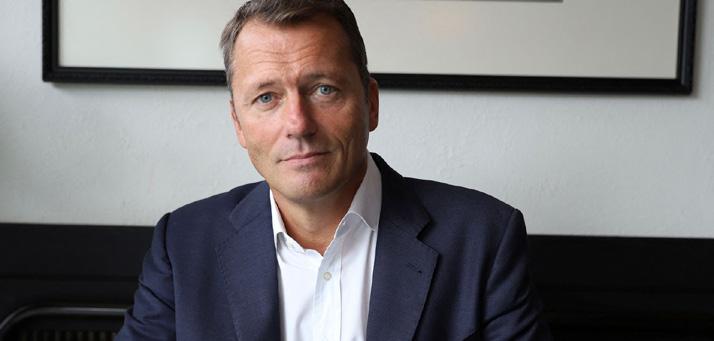

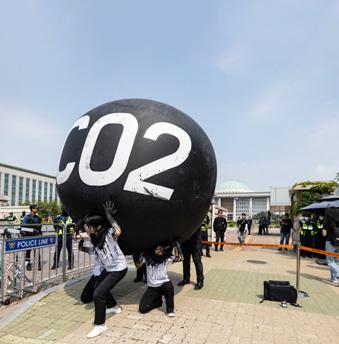

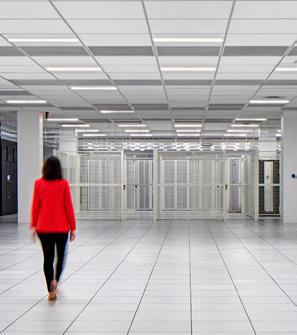
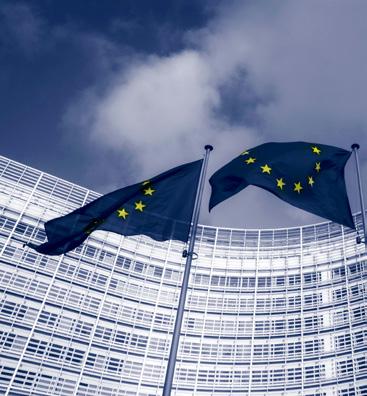






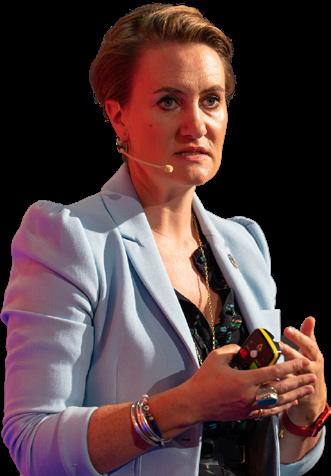
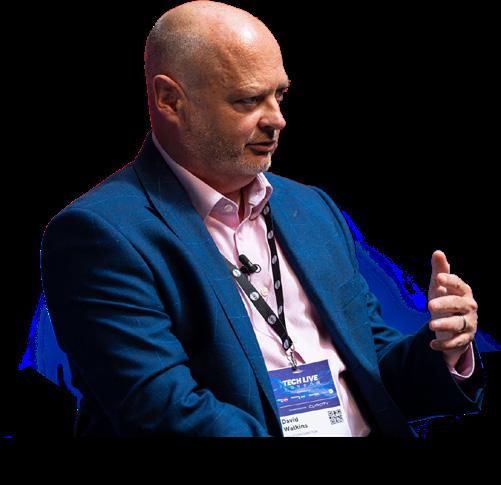





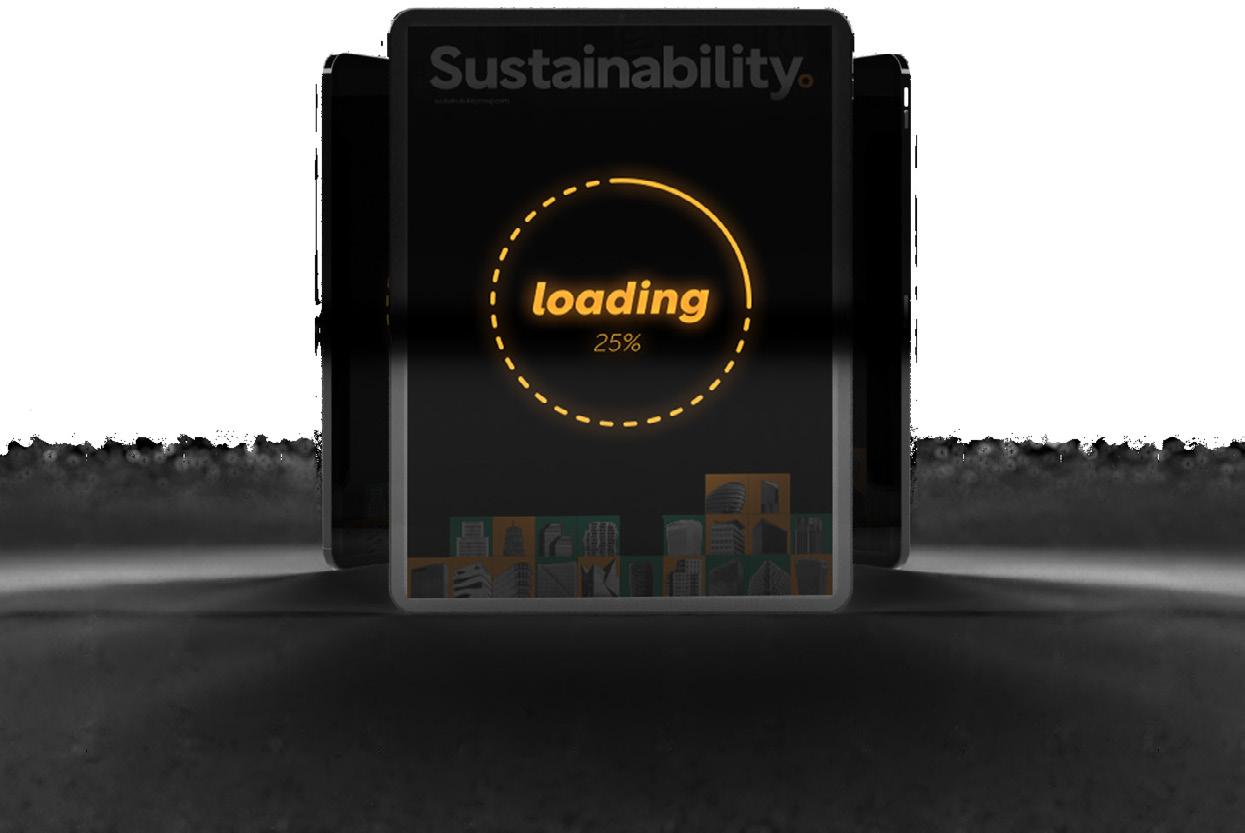
094 NTT
Constructing data centres and developing people

114 D&I
The menopause movement: Revolutionising workplaces for women
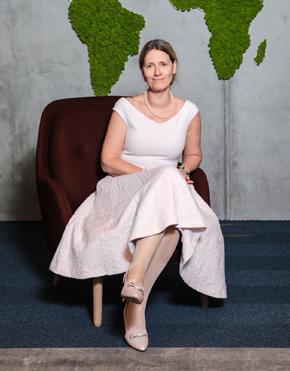
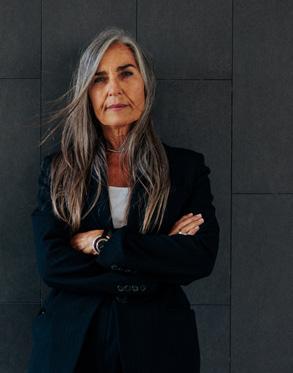

126 RHI MAGNESITA
RHI Magnesita’s pandemic problems: A catalyst for change
144 NET ZERO
Smart cities: Today’s vision, for a sustainable tomorrow

154 SUPPLY CHAIN
Unlocking the power of a diverse and inclusive supply chain with Infosys’
Andrea Hendrickx
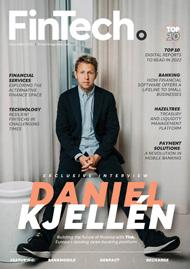
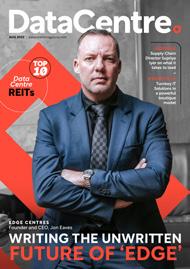
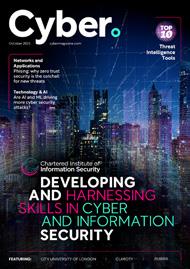
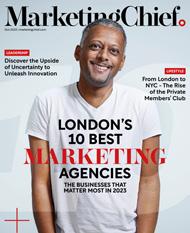




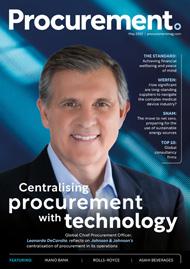
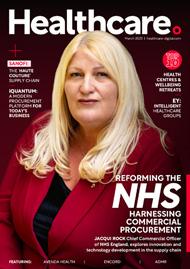
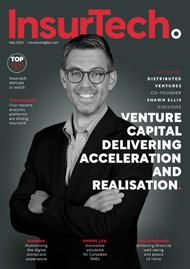

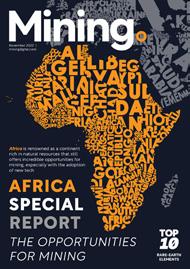

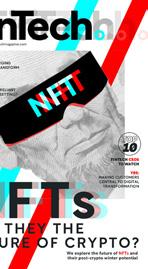


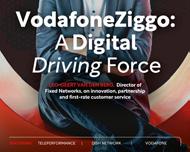

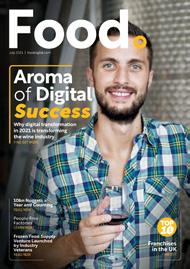

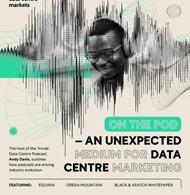
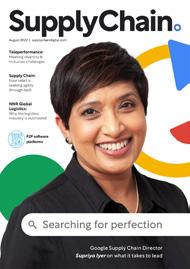
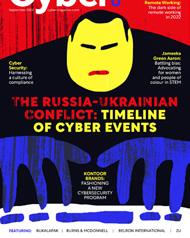
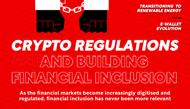
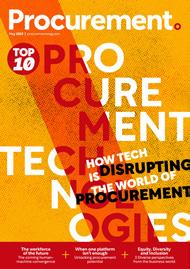




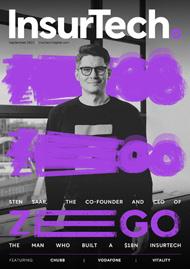
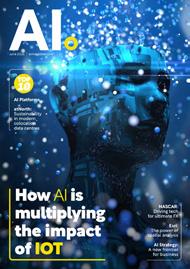

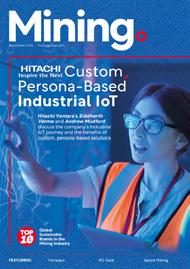
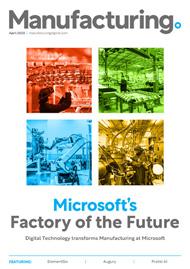


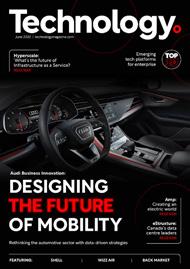
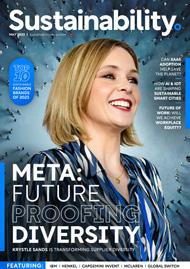



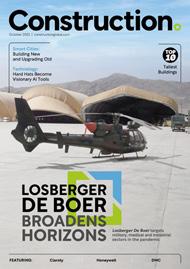

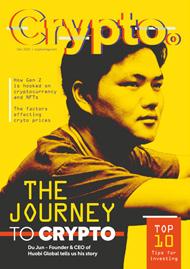
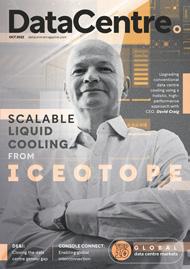
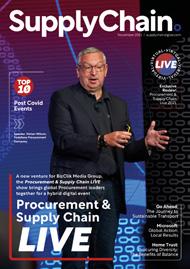






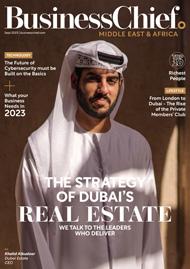
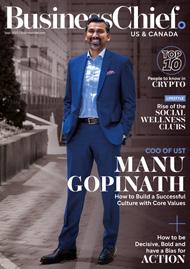



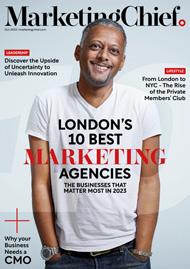

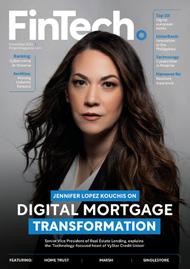


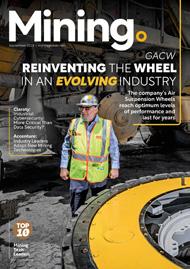

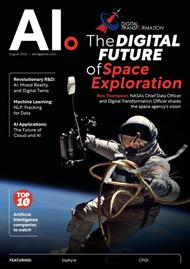
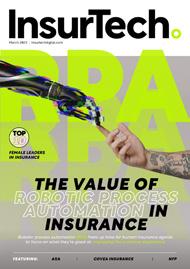

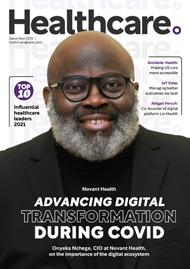


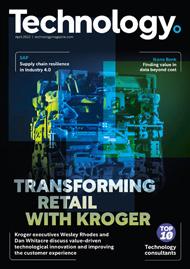
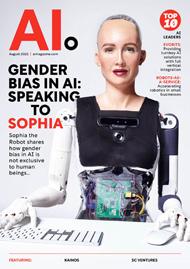

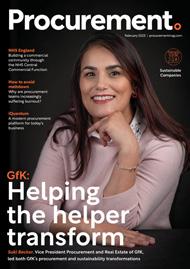

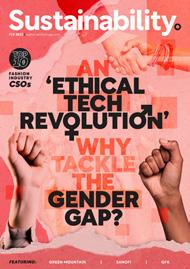


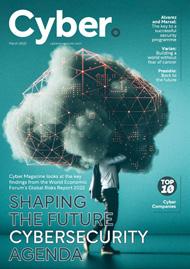


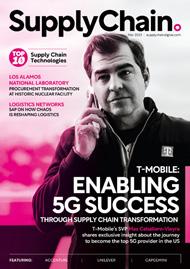
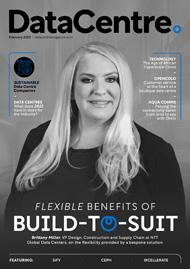


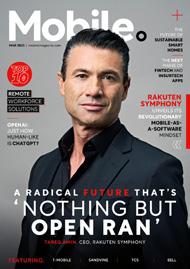



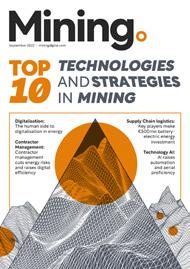



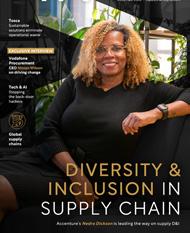


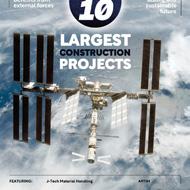



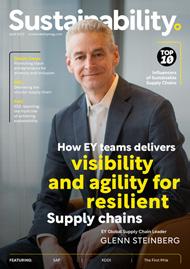






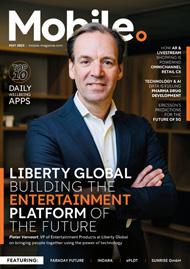


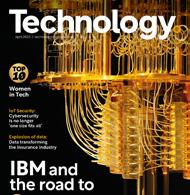



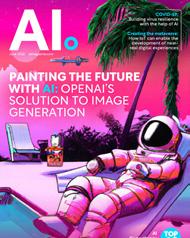
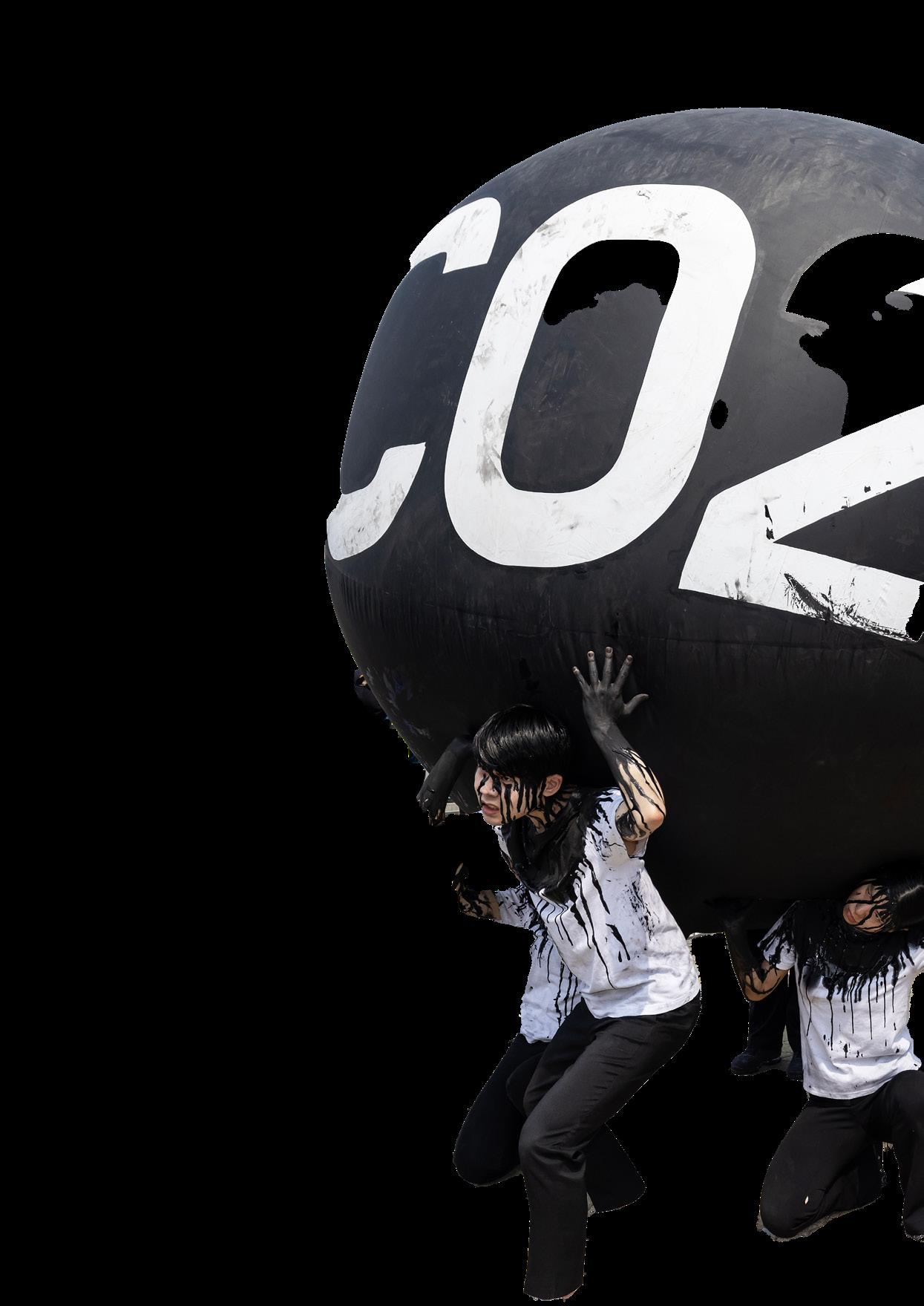
On World Environment Day green campaigners, along with youth climate groups, presented a performance in front of the National Assembly of Korea to urge climate action for lawmakers.
The participants depicted a message that the young generation will bear a heavier burden of the climate crisis due to the National Assembly’s approach by holding a huge round balloon sculpture about 2.5 metres wide.


As America’s Chief Sustainability Officer and Climate Change and Sustainability Services Leader at EY, Velislava Ivanova is a leading sustainability expert with over 25 years of extensive international experience in the sector.
Ivanova is experienced in creating and executing sustainability strategies and programmes for major multinational corporations from a range of industries, including energy, manufacturing, retail, consumer goods and pharmaceuticals, to name a few. Additionally, she has provided guidance to a wide range of client businesses on how to integrate sustainability into their value chains and goods.
As an accomplished professional, Ivanova is the driving force behind EY’s sustainability initiatives, focused
on enhancing long-term value for both the firm and its clients. With a dedicated team of over 500 experts specialising in sustainability advisory, reporting and assurance services, Ivanova leads the charge. She states she is focused on: “Delivering innovative solutions to the sustainability challenges of our clients requires technical knowledge, business acumen and sector insights.”
Additionally, Ivanova has a proven track record of working successfully with senior leaders in large, complex enterprises, Ivanova is able to set a sustainability vision and goals to enhance business performance. She has also had the chance to manage intricate environmental
initiatives for private, IFI and governmental clients thanks to her work. As well as successfully changing the longterm value strategies of companies headquartered in the US, Canada, Bulgaria, the UK, Russia, Ukraine, Slovakia, Romania, and Belgium as a leader, Ivanova has worked in multiple top-tier international consulting firms, where she has effectively led professional practices and teams. Demonstrating an inclusive leadership style while fostering a collaborative environment to develop diverse talent, Ivanova is a major advocate for the transition to a low-carbon and circular economy. She has therefore written
We explore the steps Velislava Ivanova, America’s Chief Sustainability Officer at EY, took to become an influential figure in the sustainability field
“ Delivering innovative solutions to the sustainability challenges of our clients requires technical knowledge, business acumen and sector insights”
extensively on a number of issues, while also giving presentations on EHS and sustainability issues to a variety of audiences.
“I assist businesses to advance their sustainability priorities and create a positive impact on the environment and society,” she says. “I am an inclusive leader, fostering collaboration across the value chain, creating innovative ESG solutions, and championing the transition to a green and just economy. I have been privileged throughout my career to work on all aspects of ESG and I feel
the responsibility to mentor and guide the next generation of sustainability professionals.”
Ivanova’s passion for creating positive change extends beyond her role at EY, as she has successfully facilitated sustainability transformations across various sectors, resulting in tangible progress towards a low-carbon and circular economy. Due to these exceptional contributions, Ivanova has been widely celebrated as a pioneer in the sector, for example, by being named the eighth Top Leader in Sustainability
TITLE: AMERICAS CHIEF SUSTAINABILITY OFFICER
COMPANY: EY
INDUSTRY: SUSTAINABILITY
LOCATION: UNITED STATES
Velislava Ivanova, the America’s Chief Sustainability Officer at EY, is a sustainability expert with more than 25 years of extensive international experience in creating and executing sustainability strategies and programmes for major multinational corporations from a range of industries, including energy, manufacturing, retail, consumer goods, and pharmaceuticals.
by Sustainability Magazine in 2022 and securing the second spot in The Consulting Report’s Top 25 Sustainability Consultants and Leaders. What’s more, Ivanova’s impact extends to the Top 100 Women in Sustainability, where she holds the notable seventh ranking according to Sustainability Magazine’s 2023 list.
The path that led Ivanova to her current position
Prior to her role at EY, Ivanova held the position of Global Sustainability

She has provided guidance to a wide range of client businesses on how to integrate sustainability into their value chains and goods.
She is dedicated to being a leader who is inclusive, supports the transition to a low-carbon,circular economy, and fosters a collaborative environment to develop diverse talent.
Practice Director at CH2M HILL, where she was responsible for the growth of the company’s sustainability practices. This included managing client engagements, business development, the development of methodologies and tools and resources management, to name

“
I assist businesses to advance their sustainability priorities and create a positive impact on the environment and society”

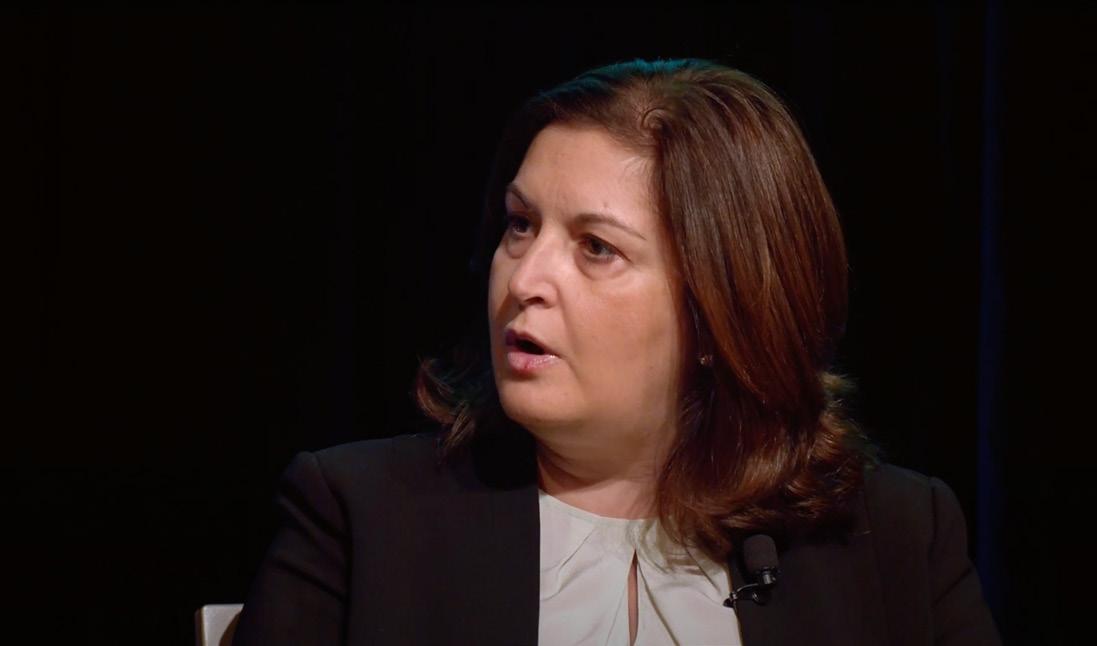

a few. During this tenure, she was personally recognised by the independent analyst firm Verdantix for her leadership and efforts to improve the sustainability sector.
Ivanova also held the position of Partner, Sustainability Practice Leader at ERM, where she developed and grew the sustainability practices in ERM’s Western Division, spanning sales,
client engagements, team management and recruiting, and many more. In doing so, Ivanova managed a variety of sustainability programmes for clients – from the oil and gas, retail, consumer goods and mining sectors – as well as large multinational teams delivering complex sustainability programmes.
Ivanova’s educational background includes
an MS in Pollution and Environmental Control, as well as a PhD in Environmental Biology from the University of Manchester. With a diverse cultural experience, having lived in Bulgaria, the UK, Hungary, and the US, Ivanova considers herself a “global citizen,” who has a strong love of nature. Currently, she resides in Denver, CO, alongside her husband.

» Aviation currently accounts for around 3% of the world’s annual carbon emissions but estimates indicate this figure could rise to 22% by 2050 as other sectors decarbonise more quickly.
It is therefore critical to tackle decarbonisation now, as delay and complacency could have repercussions for reaching net zero by 2050.
It is encouraging to see consistent desire from across the value chain to
tackle decarbonisation, be that from airlines, as shown by International Air Transport Association (IATA) committing to reach net zero emissions by 2050, or from governments, after the agreement at last year’s International Civil Aviation Organisation (ICAO) Assembly to adopt a net-zero emissions by 2050 target.
I firmly believe that all parties and measures across the aviation value chain will be required to meet aviation’s target, but one measure in particular — sustainable aviation fuel (SAF).


» Shell has set a clear target to become a net-zero emissions energy business by 2050. As part of our approach to achieving this target, we are working with customers sector by sector, increasingly offering a choice of lower-carbon products. For Shell Aviation, this means working with our customers to help decarbonise the aviation sector.
Shell Aviation’s carbon management strategy is key to helping our customers decarbonise and to making our own operations more sustainable. This involves helping the sector avoid emissions, reduce emissions — principally through SAF, and offset remaining emissions through highquality carbon credits.
» One of the highlights of 2022 was completing the upgrade of our Singapore facility to enable SAF blending. This represented a milestone for the aviation industry in Asia, significantly
enhancing SAF supply chain capabilities and providing customers access to SAF across different segments in Singapore for the first time. Our most significant accomplishment last year however was the launch of Avelia — one of the world’s first blockchain powered digital book-and-claim solutions for business travel, created to scale corporate and airline demand for SAF. Avelia’s immediate aim is to
demonstrate that the tracking of SAF data at scale can be delivered in a credible manner, thereby proving that a mechanism to book-and-claim SAF can be an acceptable form of emissions reduction. With this acceptance, this could create a viable way for more ecosystem players to contribute to the cost of SAF, resulting in increased demand signals to structurally scale SAF production.
Jan Toschka
As the President of Global Aviation for Shell, Jan is responsible for overseeing Shell’s worldwide operations, network, joint ventures, and sales of fuels, lubricants, and sustainable solutions within the aviation industry. Jan leads one of the most extensive refuelling networks globally, serving more than 60 countries and catering to a diverse range of customers, from private pilots to major airlines. Jan finds the broad spectrum of customers particularly stimulating, recognizing that a robust industry ecosystem is crucial for driving a prosperous and sustainable future for the aviation sector.

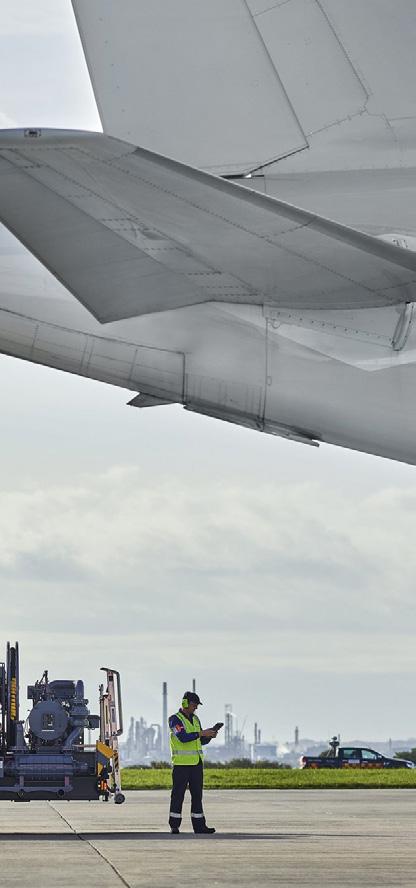
“ OUR MOST SIGNIFICANT ACCOMPLISHMENT LAST YEAR WAS THE LAUNCH OF AVELIA – ONE OF THE WORLD’S FIRST BLOCKCHAIN POWERED DIGITAL BOOK - ANDCLAIM SOLUTIONS FOR BUSINESS TRAVEL”
JAN TOSCHKA PRESIDENT, SHELL AVIATION
Corporate interest in this solution has been growing –last year professional services firm Aon became the first Amex GBT client to join the platform, and Bank of America has become the most recent corporate customer.
SAF is an incredible solution, available today, compatible with existing airport infrastructure and aircraft fleets, and capable of reducing lifecycle emissions by up to 80% compared with conventional jet fuel when used neat. But we’re facing an impasse in scaling SAF and a consolidated effort across the value chain is required to scale SAF.
That’s why Shell Aviation is acting as a partner for decarbonisation through memberships like the World Economic Forum, the UK’s Jet Zero Council or the Smart Freight Centre’s Bookand-Claim Community. We’re looking to catalyse action on SAF and that includes stimulating demand through supply agreements. It is also this need for collaboration which inspired Avelia’s creation. Not only was Avelia built collaboratively – by Shell Aviation, AMEX GBT, Accenture and Energy Web Foundation – but it’s based on bringing together two parts of the value chain, airlines and corporate travellers, to scale SAF demand. Everyone has a role to play in scaling SAF and we’re here to help make that happen.
» This is a great question because production is only one piece of the puzzle. It’s no good producing SAF if it cannot be distributed to where it’s needed. It’s crucial to consider the end-to-end supply chain for SAF, including bulk transportation of neat SAF, blending facilities, and the transportation of blended SAF to airports. We are focused on building the infrastructure to blend, handle and distribute SAF through our global airport network.
This is why our decision to upgrade our facilities in Singapore to allow for SAF
“IT’S CRUCIAL TO CONSIDER THE END-TO-END SUPPLY CHAIN FOR SAF, INCLUDING BULK TRANSPORTATION OF NEAT SAF, BLENDING FACILITIES, AND THE TRANSPORTATION OF BLENDED SAF TO AIRPORTS”
JAN TOSCHKA PRESIDENT, SHELL AVIATION
blending was important. It enables neat SAF to be moved in bulk from production sources to the blending facility and then be delivered to airports in the region. Through building these capabilities, we’re able to supply more customers with SAF in Asia Pacific, as we saw last year with Shell supplying SAF to Cathay Pacific, Japan Airlines, Cebu Pacific, Jet Aviation and Bombardier.
NOW?
» I hope that book-andclaim for SAF will have gained NGO approvals as an acceptable form of sciencebased carbon emission reductions, with Avelia having played a key role in this.

We are already supplying airlines with SAF and this
Shell has set a clear target to become a net-zero emissions energy business by 2050
demand will have increased significantly, and we look forward to strengthening our network by increasing the number of airports where we supply SAF to our customers globally. With every passing year the sector is making good progress, but the challenge is such that we must accelerate the pace of change. And we want to help everyone in the industry do the same.





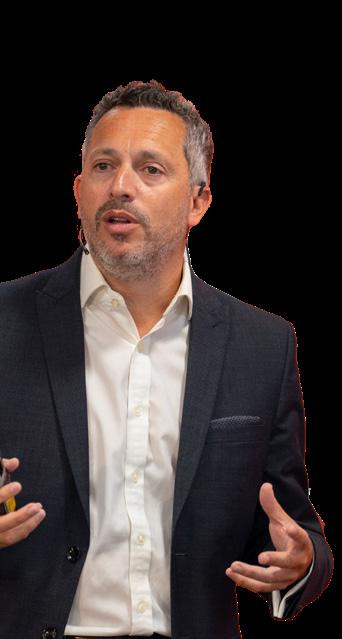

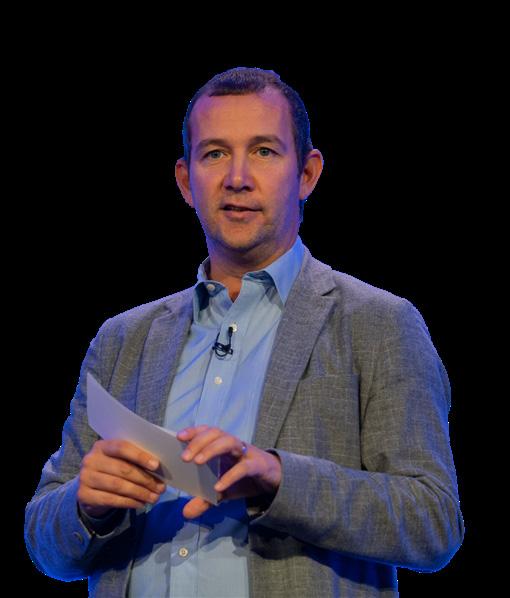
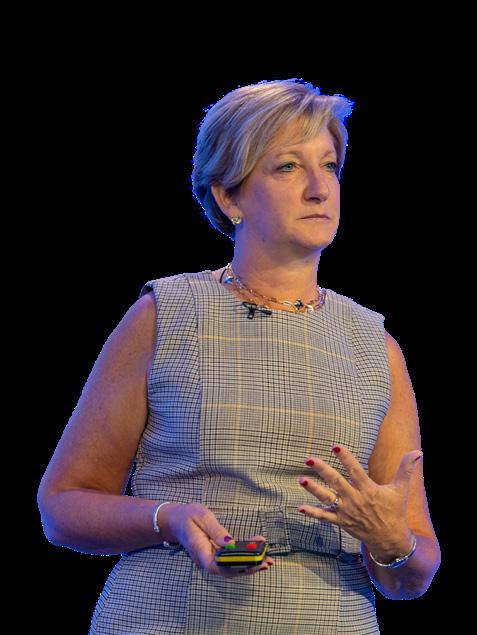








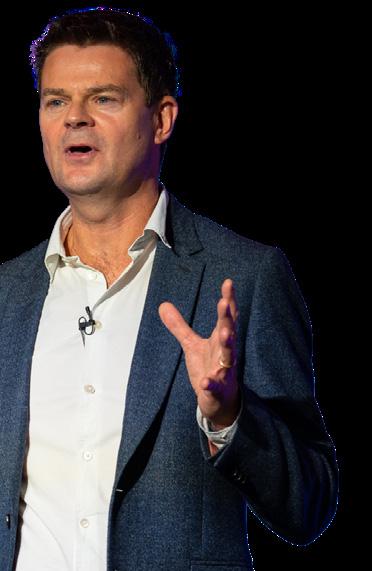
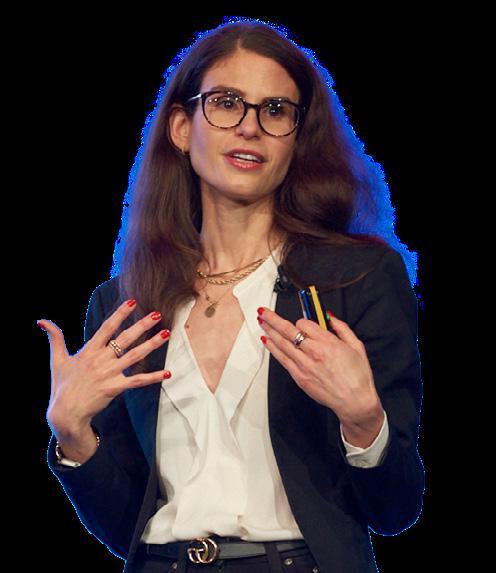
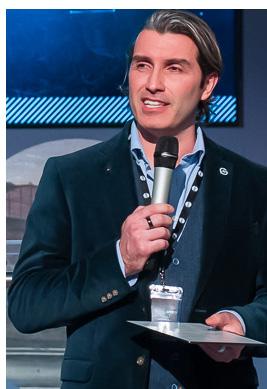
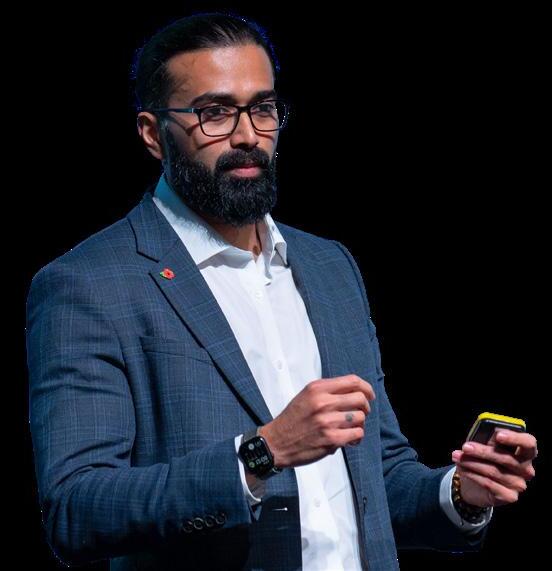
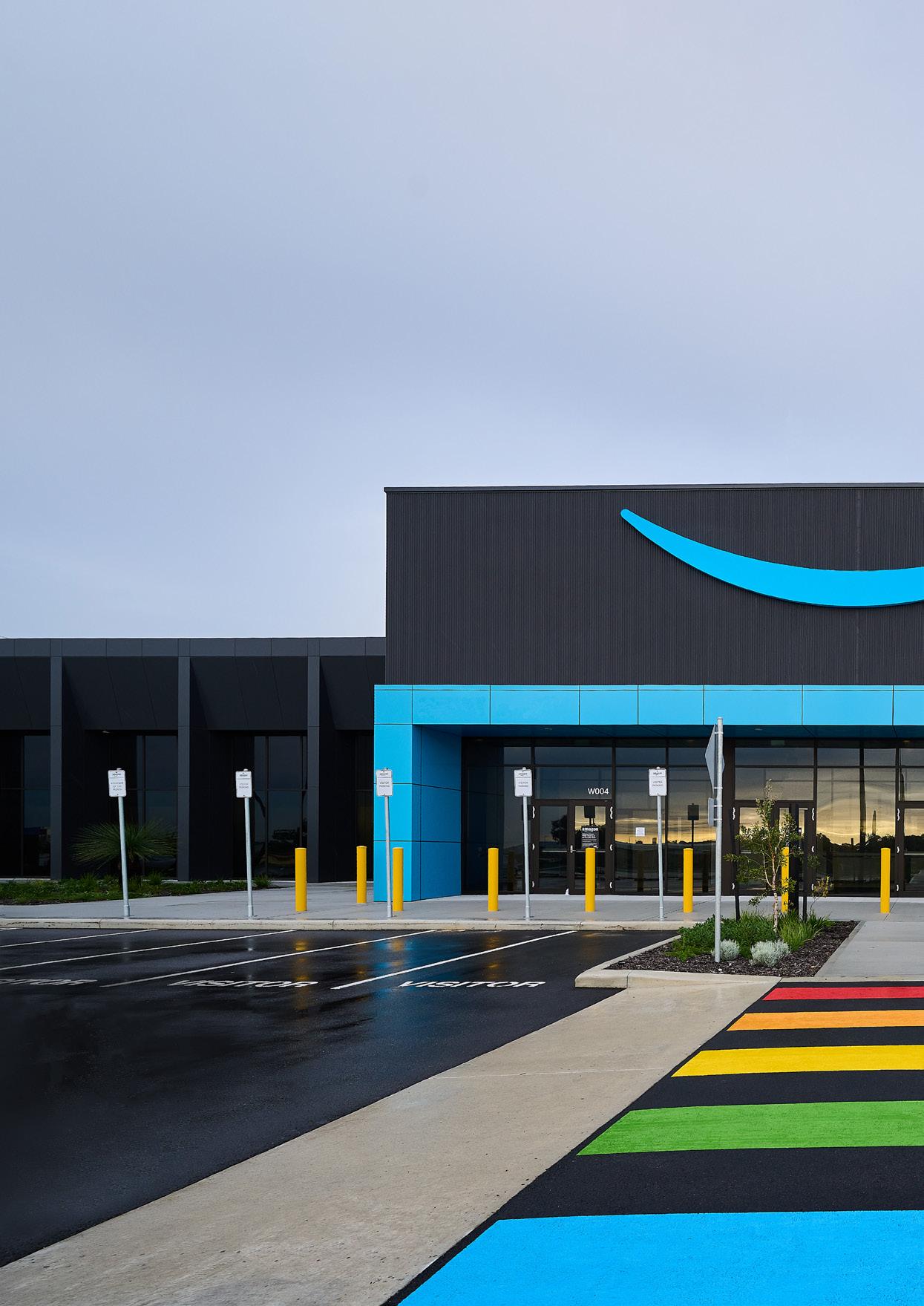 WRITTEN BY:
LUCY BUCHHOLZ
WRITTEN BY:
LUCY BUCHHOLZ
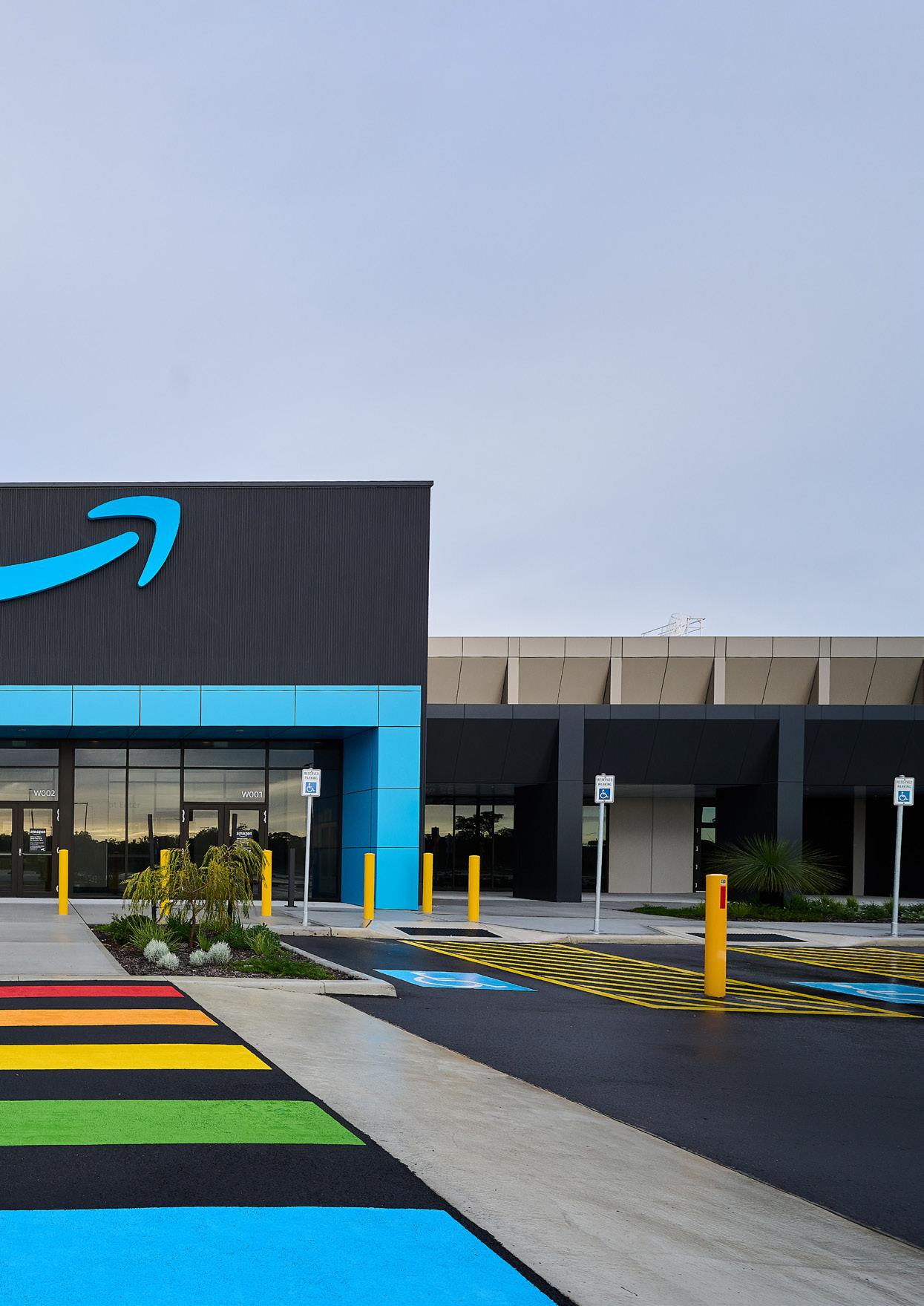

Use more image captions as often as possible

As Australia is a vast country, with its major cities located hundreds of kilometres away from one another, Amazon has been focused on offering great value, increasing its selection of products and improving delivery speeds. This has been made possible as a result of Amazon’s continued investment and expansion of its operations in Australia, including doubling its operational capacity in 2022 with the opening of its first robotics fulfilment centre in Kemps Creek, Sydney.
Each year, Amazon prepares for two major events – Prime Day and Black Friday, which kick off the holiday season and are the busiest periods of the year.
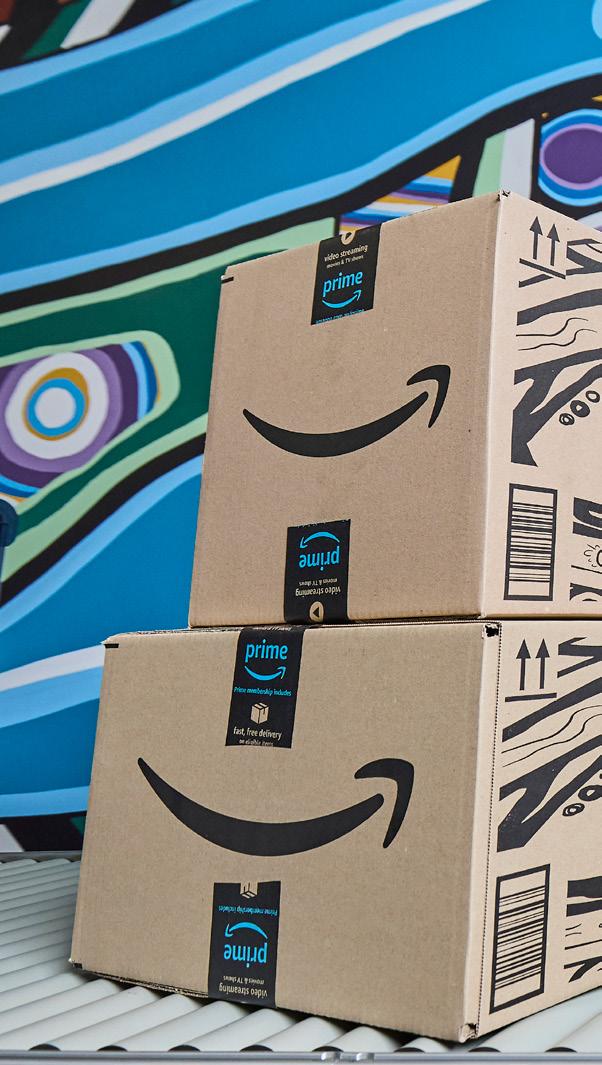
“Amazon experiences its biggest customer demand during these events,” Godschalx explains,
“so the entire company is busy preparing. This includes demand planning with our suppliers and increasing our inventory, non-inventory and our labour force.”
What’s more, Amazon Australia employs more than 7,000 people across a variety of different sectors, spanning amazon.com.au, Amazon Web Services (AWS), Kindle, Alexa and Prime Video.
As one of the most remote cities in the world, Perth – on Australia’s west coast –is located far from Australia’s other fulfilment centres on the east coast, Amazon is opening a new fulfilment centre in the city later this year to increase its Western Australian presence by 60%, bringing more inventory closer to customers.
“By opening a new fulfilment centre in the city, our customers in Perth will be able to access an even greater selection of items
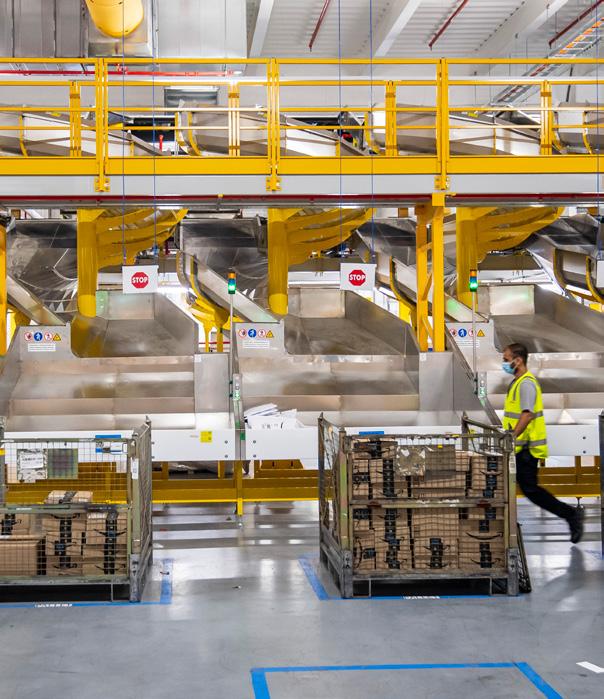 Amazon Robotics Fulfilment Centre in Kemps Creek, Sydney
Amazon Robotics Fulfilment Centre in Kemps Creek, Sydney
By opening a new
that can be shipped quickly,” Godschalx says. “This will be a huge win for the region.
“Aside from that, my team has been busy focusing on delivering our portfolio pipeline of plans for the business. We’re focused on making sure customers get what they want, when they need it.”
For Godschalx, this is one of the key areas in which she focuses her procurement efforts. She explains that it’s imperative for the company to have strong relationships with suppliers to ensure Amazon remains flexible and dynamic.
“To do so, we ensure we are increasing our relationships and focus on partnering with suppliers that meet our expectations

fulfilment centre in the city, our customers in Perth will be able to access an even greater selection of items that can be shipped quickly. This will be a huge win for the region”
KELLY GODSCHALX PROCUREMENT OPERATIONS MANAGER, AUSTRALIA & SINGAPORE, AMAZON


As Australia’s leading unattended micro-market operator, Morsl provides employees with convenient access to fresh, nutritious food and drink options 24/7, making it easy for them to make healthy choices.
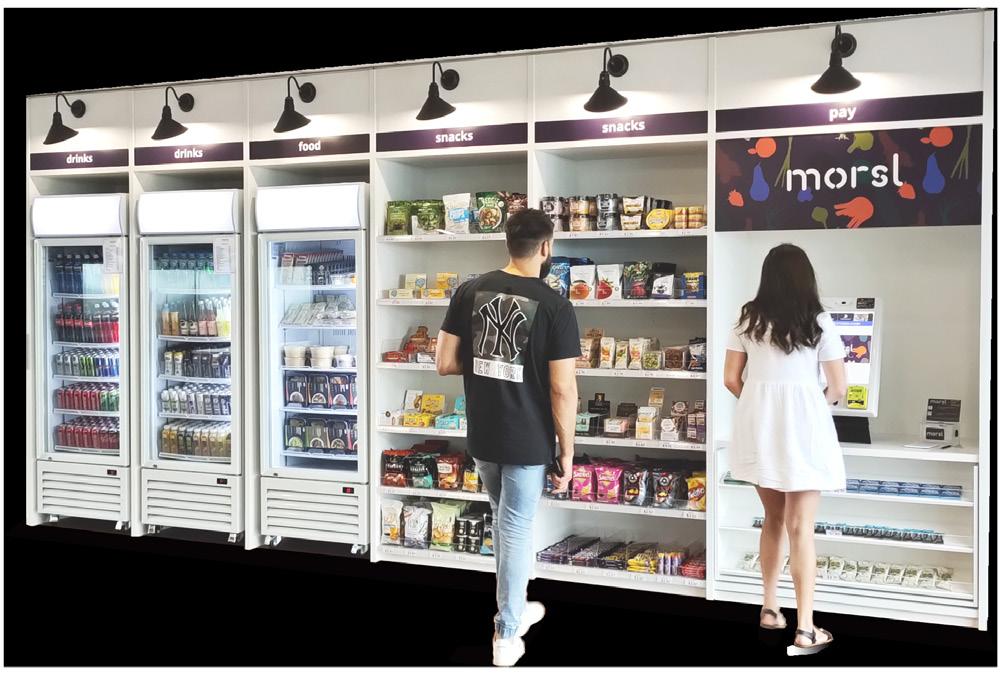

Find out more







Discover how Morsl’s health-focused micro-markets create healthier, happier & more productive workplaces through the lens of Amazon Australia
Morsl, Australia’s leading provider of healthy workplace food solutions, is dedicated to enhancing workplace culture, employee engagement and fostering a positive work environment. Founder and CEO, Karla Borland, expresses its mission as transforming workplaces into healthier, happier and more productive spaces.
Borland explains: “We do that via our core offering of self-service cafes (micro markets), providing 24/7 access to fresh and healthy food throughout the entire workday. We also provide coffee, breakroom procurement, event catering and employee engagement events across the entire calendar year.”
A testament to Morsl’s success is its presence in the massive Amazon BWU2 fulfilment centre in Australia. Kelly Godschalx, Amazon’s Regional Procurement Operations Manager, describes BWU2 as Amazon’s largest fulfilment centre
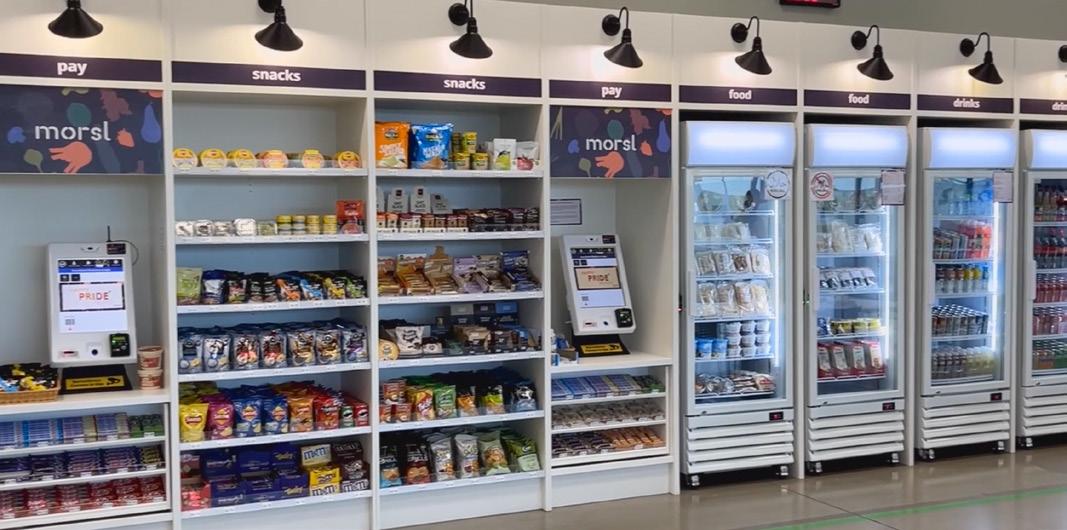
in the southern hemisphere. It spans more than 200,000 square metres across four levels. Considering the location of BWU2, in an area with no surrounding food options, an on-site solution was a must. However, choosing Morsl over other options was a strategic decision for Amazon. Godschalx highlights Morsl’s space efficiency and cost-effectiveness, stating: “Morsl is a very space-efficient, cost-effective solution that allows us to service the fulfilment centre, so that our 2,000+ associates have access to healthy food and beverages, while only taking up a small floor space.”
At its core, Morsl’s primary focus is to improve employee wellbeing by promoting healthy eating habits. Good nutrition is particularly important in the industrial space to maintain overall productivity and manage the effects of shift work. Morsl’s holistic range of services makes it an ideal partner to meet all on-site food and beverage needs, while fostering healthier eating habits, employee engagement and wellbeing. One of Amazon’s core cultural values is the equitable treatment of all associates, and Morsl’s flexible solutions achieve this with ease, offering the same great level of service to day and night staff alike.
for providing safe and inclusive workspaces, and promoting a sustainable future”, Godschalx shares.
“I want to ensure Amazon Australia is a great place to work, while specifically making procurement a desirable career path for individuals to pursue”, Godschalx says. “Sustainability is incredibly important to me, because essentially, I believe that sustainability comes down to respect. We have to respect the world that we live in – if we don’t, we’re not really respecting ourselves.
“Likewise, Amazon is committed to investing and innovating in sustainability across its businesses to create a more sustainable future. As a company, we know we have more work to do and will continue to make progress towards becoming a more sustainable business.”

“Amazon is committed to investing and innovating in sustainability across its businesses to create a more sustainable future”
KELLY GODSCHALX PROCUREMENT OPERATIONS MANAGER, AUSTRALIA & SINGAPORE, AMAZON

One company located in the heart of Australian coffee culture is single handedly changing the reputation of commercial coffee solutions by combining great tasting coffee with industry leading service at companies like Australia Post, Amazon and ANZ

Santo Buccheri, founder of the Buccheri Group / Coemenate, pours his passion for coffee and sustainability into every cup served across Australia
Santo Buccheri founded the Buccheri Group / Coemenate through a passion for fine coffee. The perfect blend of rich Italian and Australian roots and a firm belief in community, Santo wanted to share that passion with the Australian coffee community.
Santo built the successful business through hard work and dedication, and that can be tasted in every cup – savoured by people at hundreds of cafes all over Australia and New Zealand, but also at companies like Amazon, Woolworths, Australia Post, ANZ, Suncorp, Medibank, and many others. “We are unique in that we are an Australian, family-owned business,” says Santo. “You just don’t see that at the level that we operate at, supplying Australia’s biggest and most well known companies.
“But ever since I started Coemanate, the focus has been on creating a business that can evolve with our customer’s needs, regardless of their size. From the smallest cafes to the largest corporate office buildings.” Buccheri Group / Coemenate help their growers invest
long term in their future by buying high-grade coffee at a premium. This helps them secure the future of their own families and communities.
It is important to understand the whole ‘ecosystem’ of the coffee’s journey, right down to which beans grew in which field. By buying direct from suppliers, Buccheri Group / Coemenate can see for themselves the impact they are having on local communities across the supply chain.
As well as green bean sourcing, careful roasting, and bespoke coffee solutions, Buccheri Group / Coemenate provide barista training, the kind of highly personalised customer service you would expect from a family business, and 24/7 technical service.

“That culture of staying agile and being able to respond to the individual needs of every one of our customers, that’s exactly why our customers like us,” says Santo.
If you want to bring cafe style coffee into your office, contact us for a free trial

60% Amazon will be opening a new fulfilment centre in Perth to increase its Western Australian operations by 60%
Packaging is one of the key focus areas for Godschalx and her team. Amazon is committed to delivering products safely while innovating to find new ways to reduce packaging and increase recyclability.
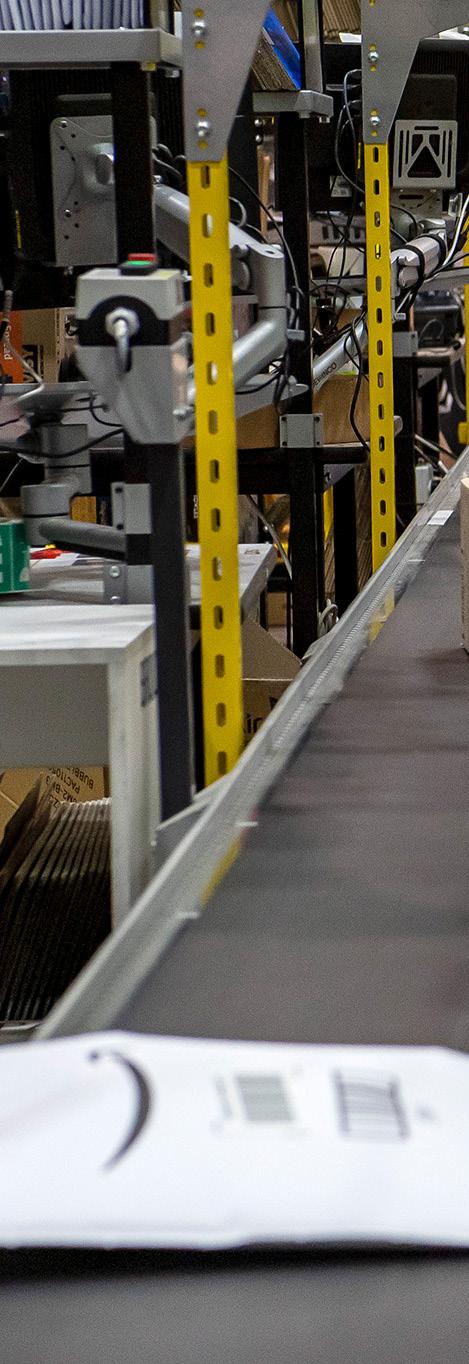
In Amazon’s Australian fulfilment network, boxes are 100% recyclable and the company has replaced all plastic, single-use air pillows with recyclable packing paper on orders shipped from its fulfilment centres. Amazon has also reduced the amount of paper used in its boxes to minimise cardboard usage. Globally, since 2015, Amazon has reduced the weight of packaging per shipment by 41% on average, avoiding more than two million tons of material waste. Where possible, the company has eliminated packaging altogether. In 2022, 11% of all packages shipped globally were without added Amazon delivery packaging.
Godschalx’s team also oversees waste services at all of the business’ 20 operations sites across Australia and Singapore.
She adds: “We have established relationships with local suppliers and have set up processes, ensuring that we’re improving our waste and recycling practices.”
Since 2015, Amazon has reduced the weight of packaging per shipment by 41% on average, avoiding more than 2 million tons of material waste
 Amazon Fulfilment Centre in Moorebank, Sydney
Amazon Fulfilment Centre in Moorebank, Sydney
GO2 Partners is your preferred industrial sustainable distributor, delivering billions of labels annually. While supporting the ever-changing needs of our client, GO2 provides unprecedented assurances against halted distribution lines, unreliable supply chains, and achieving sustainability goals – delivering mission-critical labels on target, on time, and on budget.

Learn more at go2partners.com

GO2 Partners loves a challenge! We take our client’s biggest pain points and deliver innovative, custom solutions. From improving your carbon footprint and obtaining sustainability goals, to simply ensuring you do not run out of labels, GO2 Partners strives to improve your business!
GO2 Partners does this by:
• Supplying superior products such as Labels, Commercial Printing, Promotional Products, and Packaging
• Providing world-class customer service
• Creating unique solutions with our Product Development Services Team
• Utilizing an extensive, Global Distribution Network to store and ship your critical supplies

• Testing your Labels in our In-house Quality Lab before they hit your distribution floor
• Providing Marketing, Technology Services, and Data Analytics to further business growth
• Helping our customers with technology platforms such as Hubspot to achieve CRM goals
• Deploying Specialized Business Teams to help with your specific needs
Learn More!

“Thinking locally, but using our global presence to leverage new relationships, allows Amazon to maintain the ‘local’ element we’re all so passionate about”
KELLY GODSCHALX PROCUREMENT OPERATIONS MANAGER, AUSTRALIA & SINGAPORE, AMAZON
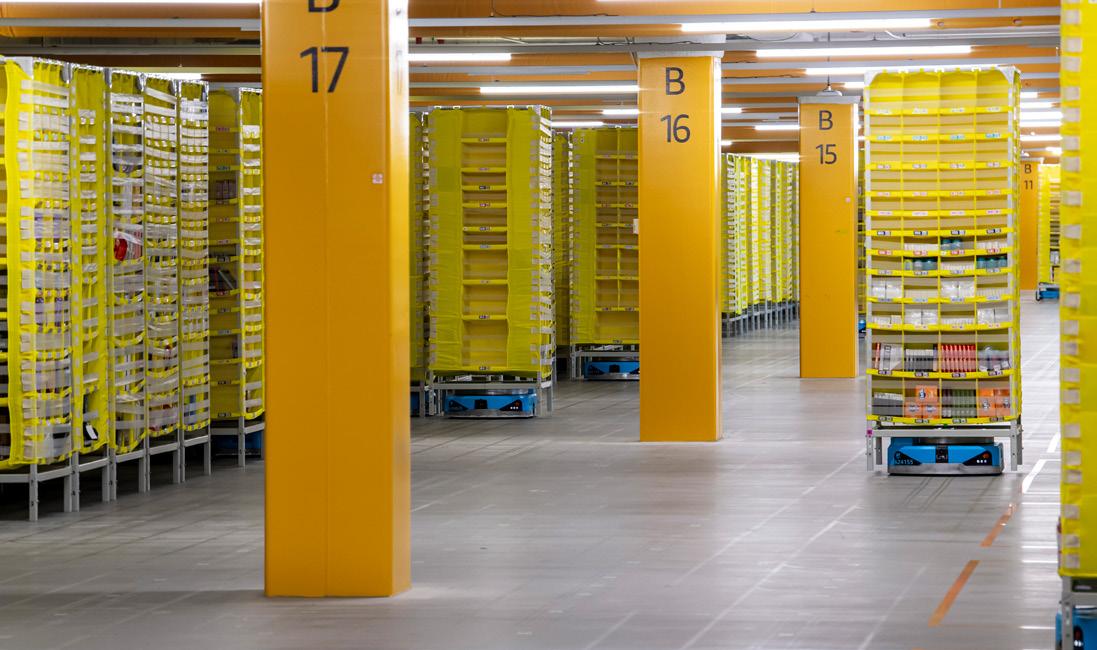
Over the past three years, Amazon’s Global Procurement Operations Organisation has been going through a global transformation, which has involved procurement teams working together in a bid to ‘think global, act local’. It means countries like Australia and Singapore can share insights and learnings with teams from the US, Europe and South America.
“We have global categories set up, but given the nature of our operations business, it’s important to us that a lot of what we do is produced locally,” says Godschalx.
“We have set up local operations for particular non-inventory items. We also need to have a lot of on-site services, such as those for food, waste, pallet management and hygiene services, as well as pest control. These often need to be managed by local providers and suppliers as well.”
Godschalx shares an example of how Amazon was previously importing one particular item from the US to Australia, which took around six months. To overcome this, Amazon partnered with a global supplier to find a local Australian supplier, who they could work with to set production up within the country. This reduced that six-month time period to just one week.
“Thinking locally, but using our global presence to leverage new relationships, allows Amazon to maintain the ‘local’ element we’re all so passionate about, while also ensuring we’re able to deliver to our customers on time.”
Godschalx continues: “I’m really excited about the future of the company, and to see how my team and I can continue to make a positive impact.”
Amazon’s Global Procurement Transformation



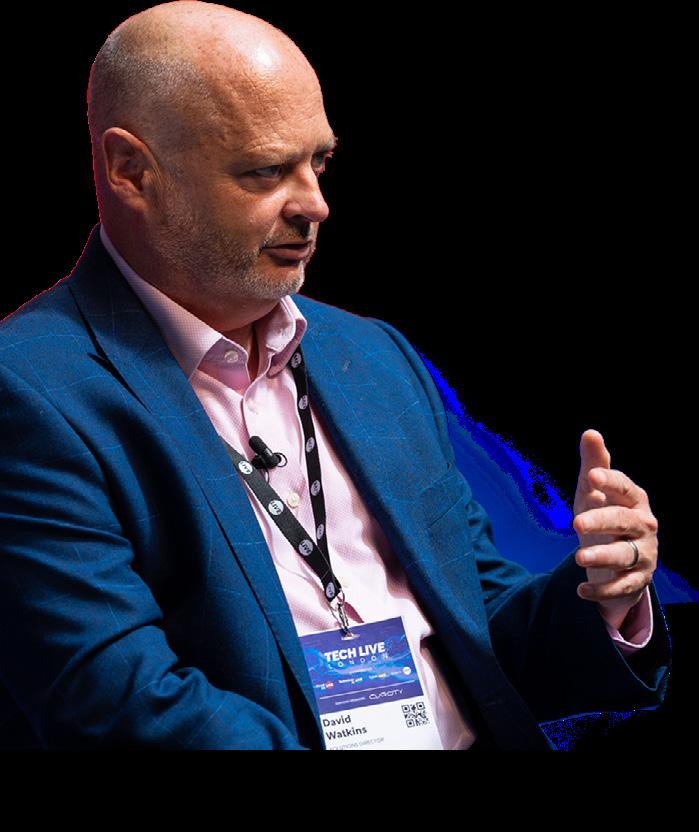
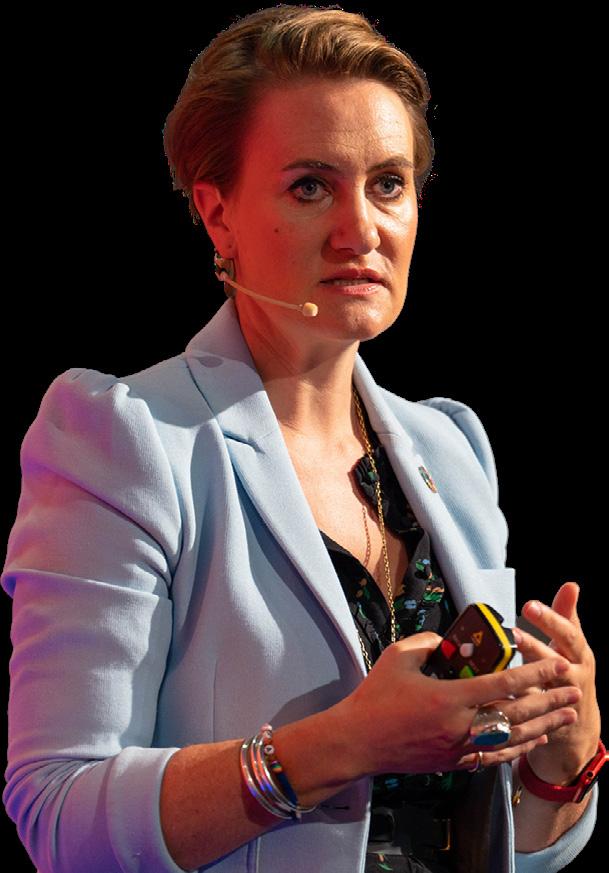
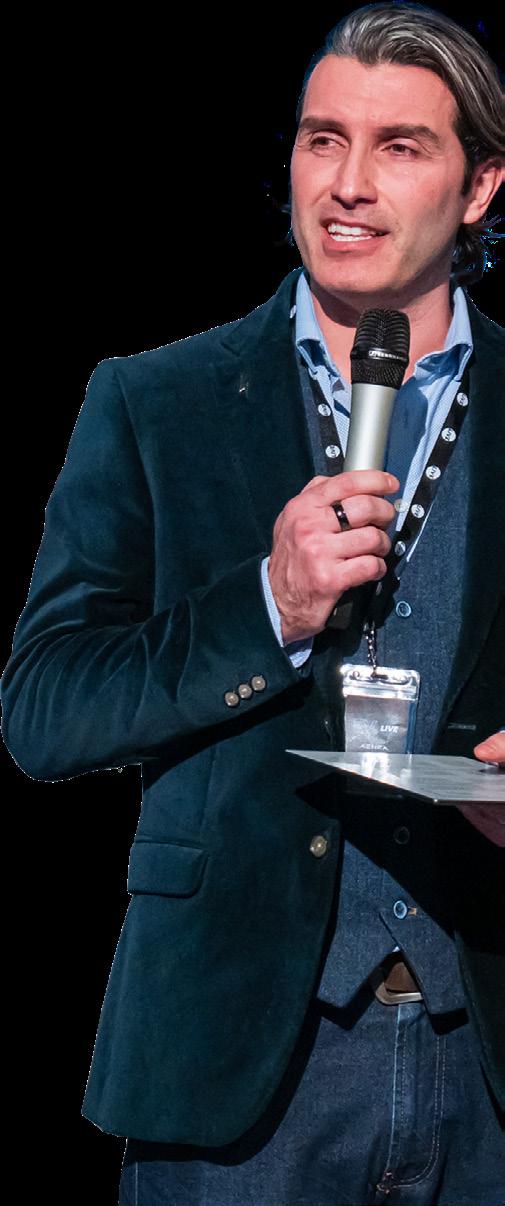




On September 6th and 7th 2023, SUSTAINABILITY

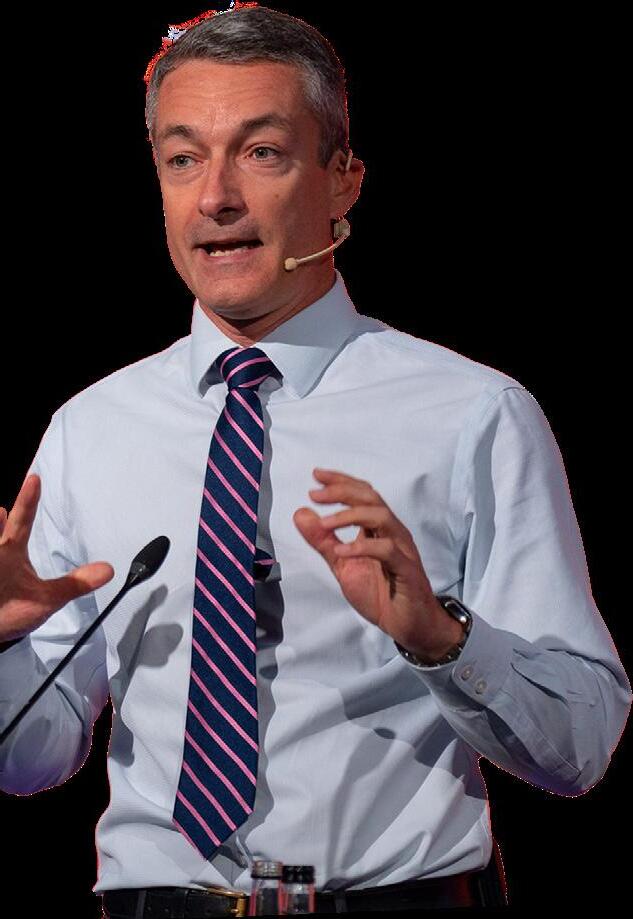




LIVE London is set to return to the Business Design Centre, London, UK, for yet another year of insightful speeches and unmissable networking opportunities.
The two-day hybrid learning and networking event will feature more than 70 globally recognised leaders in sustainability across two conference stages, addressing vital talking points from across the industry. Whether it’s delivering expertise or engaging in topical discussions, expect our speakers to explore issues impacting both our present and future.
Join us this September as we gather influential individuals from various industries to exchange concepts and proven solutions, while offering practical insights that will drive us towards a sustainable future. Expect networking opportunities with more than 5,000 in-person and virtual attendees, nine insightful sustainability industry workshops, and the attendance of global leaders in the field, spanning SAP, McLaren, Schneider Electric, Achilles, Budweiser, JLL, DPG Group, Interos, Bates Wells, and Tech Mahindra, to name a few.
London’s biggest and best sustainability event is back for 2023 – discover the event’s key themes, as well as some of the influential speakers attending


6 - 7 September 2023
Business Design Centre, London
SPONSORSHIPS GET YOUR PASS
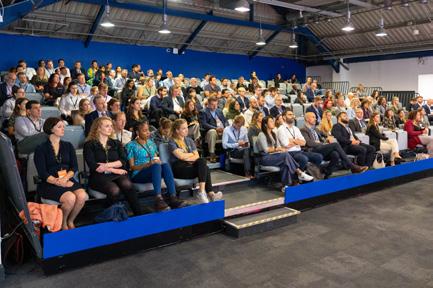
Our unmissable two-day event will be covering nine key topics: sustainability strategy; ESG; net zero and planet; diversity; sustainable supply chains; renewable and green energy; finance; women in sustainability; and technology and AI. Find out more about these integral and fascinating topics below:


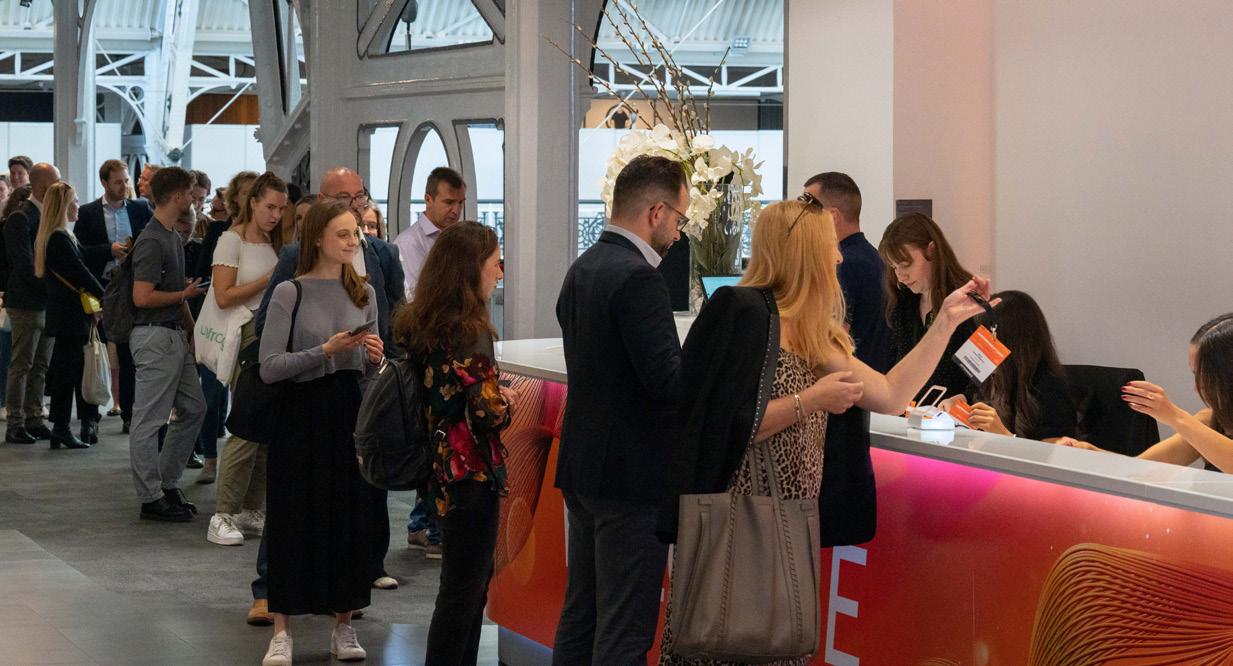
Companies must focus on the importance of creating and implementing a sustainability strategy in organisations. These strategies integrate environmental, social, and economic aspects into an organisation’s operations and decision-making, helping those to manage resources, mitigate risks, enhance reputation, and contribute to a better world.
By considering ESG factors, investors and companies can aim to evaluate the overall sustainability, ethical practices
and long-term performance potential of a business. It helps stakeholders make more informed decisions that align with their values and promote responsible and sustainable business practices.

To attain net zero, nations, companies and individuals need to minimise their GHG emissions through diverse approaches, including the adoption of renewable energy sources, enhancement of energy efficiency, and embracing sustainable practices.
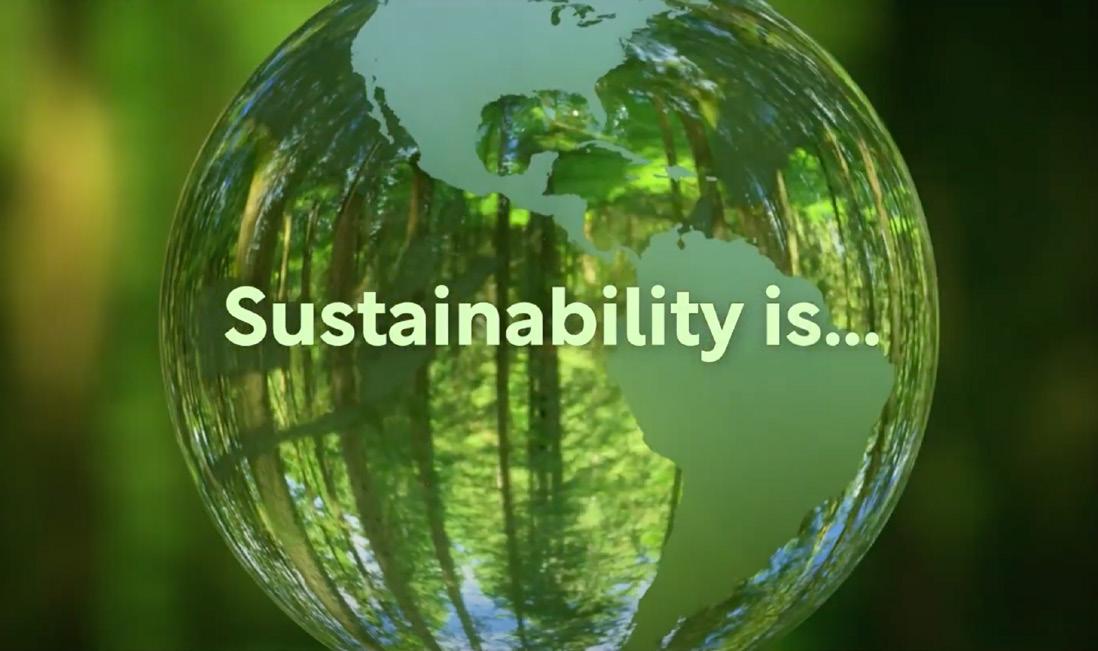
DE&I is used to describe practices that promote inclusivity and equality. The term focuses on embracing diverse characteristics, backgrounds and perspectives of individuals while creating an environment where everyone feels valued, respected and empowered.
EMEA

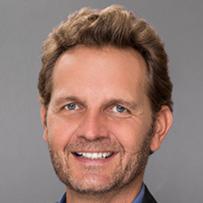






… AND THERE’S STILL MORE TO COME!
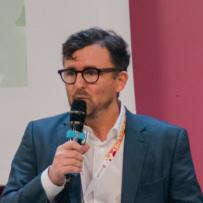
Explore the most pressing challenges facing companies today and offer practical solutions to help organisations implement effective sustainability strategies that create value for both business and society.
Examine current trends and innovations in the green energy industry, the challenges facing the adoption and scaling of renewable energy, and the opportunities and implications for various sectors of the economy.
Immerse yourself in a celebration of their unwavering passion, innovative thinking, and exceptional leadership, as they spearhead transformative initiatives that pave the way towards a sustainable future for generations to come.
Discuss the importance of ESG in shaping the future of business, and offer practical solutions to help organisations implement ESG initiatives, improve their ESG performance, and manage ESG risk strategies that create value for both business and society.
Explore the challenges and opportunities for companies in promoting sustainability throughout their supply chains, and offer practical solutions and examples of successful sustainable supply chain initiatives.
Find out how technology and AI are playing a significant role in advancing sustainability efforts. They offer innovative solutions to address environmental challenges and promote sustainable practice.
Hear about the latest advancements in green technology, renewable energy, and green finance, and share practical solutions for companies looking to reduce their carbon footprint and promote environmental stewardship.
Discover best practices in Diversity, Equity, and Inclusion (DE&I), effective strategies, and practical solutions for building more diverse, equitable, and inclusive organisations where everyone feels valued, respected, and empowered.
Delve into the latest trends and innovations in sustainable finance, the opportunities and challenges for financial institutions and investors, and the role of sustainable finance in achieving sustainable development goals.
5. Sustainable supply chains
Implementing a sustainable supply chain involves setting clear goals and targets, assessing the environmental and social impacts of operations, adopting sustainable procurement practices and regularly monitoring and evaluating performance.
6. Renewable and green energy
Renewable and green energy refers to forms of energy generation that have minimal or no negative environmental impact and are derived from renewable sources that are naturally replenished. These energy sources are considered sustainable alternatives to traditional fossil fuels, which contribute to climate change and have finite supplies.
7. Finance
Sustainable finance is becoming a crucial tool to address climate change, promote social justice, and foster a more equitable and resilient global economy.
8. Women in Sustainability
Step into inspiring and empowering sessions that spotlight and celebrate the extraordinary achievements of women in the realm of sustainability.
9. Technology and AI
Technology is about using tools and techniques to make things better and faster, AI algorithms can analyse data, predict outcomes, and complete complex tasks automatically while playing a significant role in advancing sustainability efforts.

“Events like these are important for sharing and shaping ideas: It’s only by collaborating across industries that we’ll create the new global systems needed for a #sustainablefuture”
JAMES ROBEY GLOBAL HEAD OF SUSTAINABILITY CAPGEMINI
James Robey, Global Head of Sustainability, Capgemini
Schneider Electric aims to empower all to make the most of energy and resources, bridging progress and sustainability for all.

The business believes that access to energy is a basic human right. This belief fuels the company’s mission of driving digital transformation by integrating world-leading processes and energy technologies to realise full efficiency and sustainability opportunities for other businesses.
C3.AI is a leading Enterprise AI software provider for accelerating digital transformation. The proven C3 AI Platform provides comprehensive services to build enterprise-scale AI applications more efficiently and cost-effectively than alternative approaches.

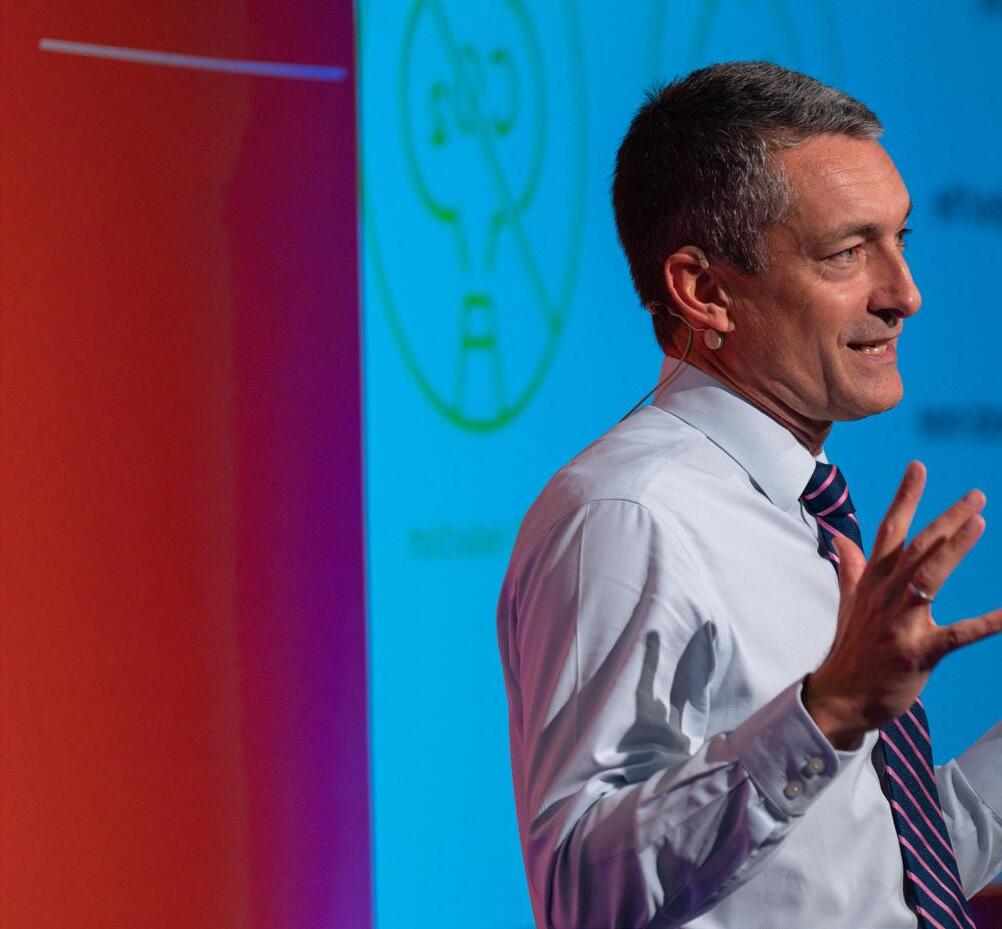
The C3 AI Platform supports the value chain in any industry with prebuilt, configurable AI applications for reliability, fraud detection, supply network optimisation, anti-money laundering, customer engagement, and more.
To find out more about our full list of sponsors, please click here
We’re thrilled to present five amazing speakers who will be taking centre stage to discuss some of the most pressing sustainability issues we’re currently facing today.
Rhian Kelly, Chief Sustainability Officer, National Grid

Rhian Kelly oversees all of National Grid’s ESG activities, which include how the business is reducing emissions, its investment in the communities and how it supports and develops its people.
Prior to this, Kelly was responsible for corporate affairs activities on behalf of National Grid Ventures (NGV), National Grid’s commercial arm which invests in
green technologies and renewable energy. Before joining NGV, Rhian oversaw all corporate affairs activities on behalf of National Grid’s UK-regulated businesses and led the Corporate Affairs support for the RIIO 2 price control.

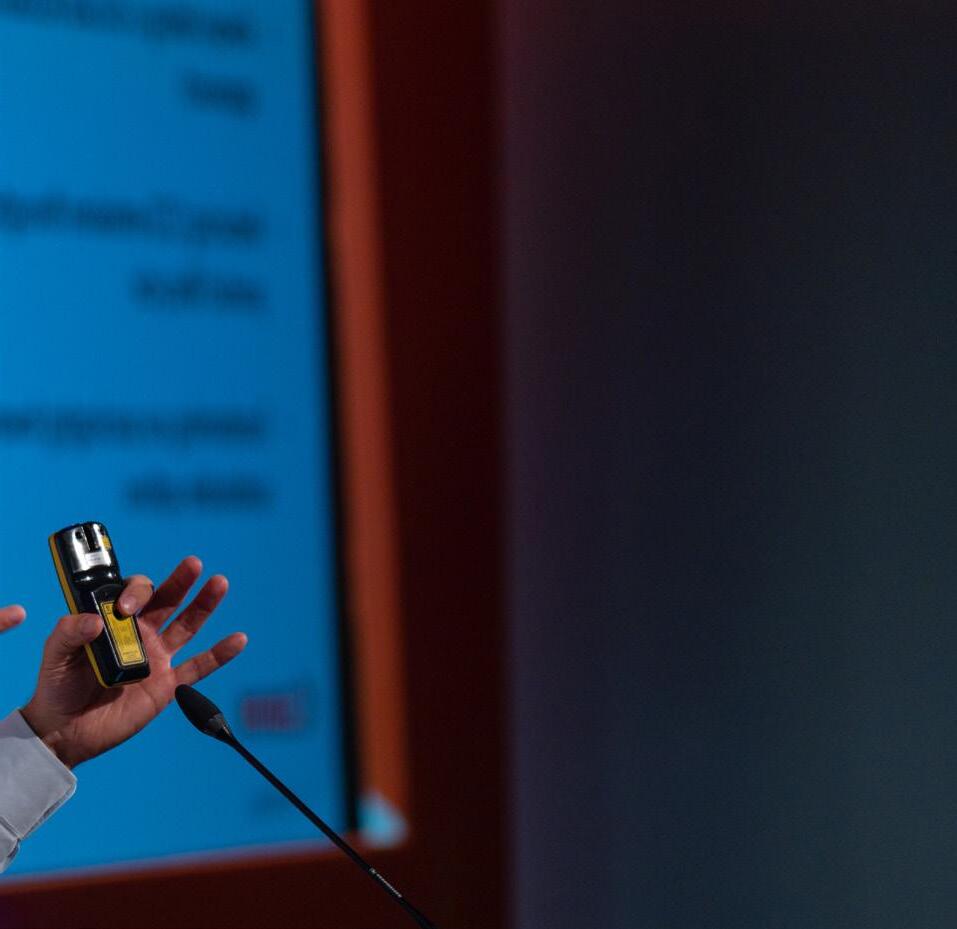
As CSO, Jennifer leads the company’s process for establishing concrete sustainability definitions, documentation and controls, with the aim to standardise how Philip Morris International (PMI) measures ESG performance.

Additionally, Jennifer has driven PMI to increase the pace of its ESG initiatives, including bringing forward its carbon
RETURNING SPEAKER: Peter Bragg, Sustainability & Government Affairs Director at Canon EMEA will take to the stage to discuss Circular Economy Strategy. His talk at Sustainability LIVE London 2022 ‘Inspiring a World of Change - Keeping Canon Connected with the Future of People, Planet and What is Possible’ captivated the audience, so make sure you don’t miss out this year when he takes centre stage
neutrality targets and activating new innovations within the company. PMI’s LowCarbon Transition Plan (LCTP), published in October 2021, includes a detailed strategy to decarbonise its direct operations by 2025 and across its entire value chain by 2040.
Germany, Microsoft Having held the position of CSO at Microsoft Germany since 2023, Jones is a sustainability transformation professional with over 25 years of industry experience in consumer goods and chemicals, as well as digital transformation consulting. Jones graduated with a chemical engineering degree from UC Berkeley and holds an MBA from INSEAD.

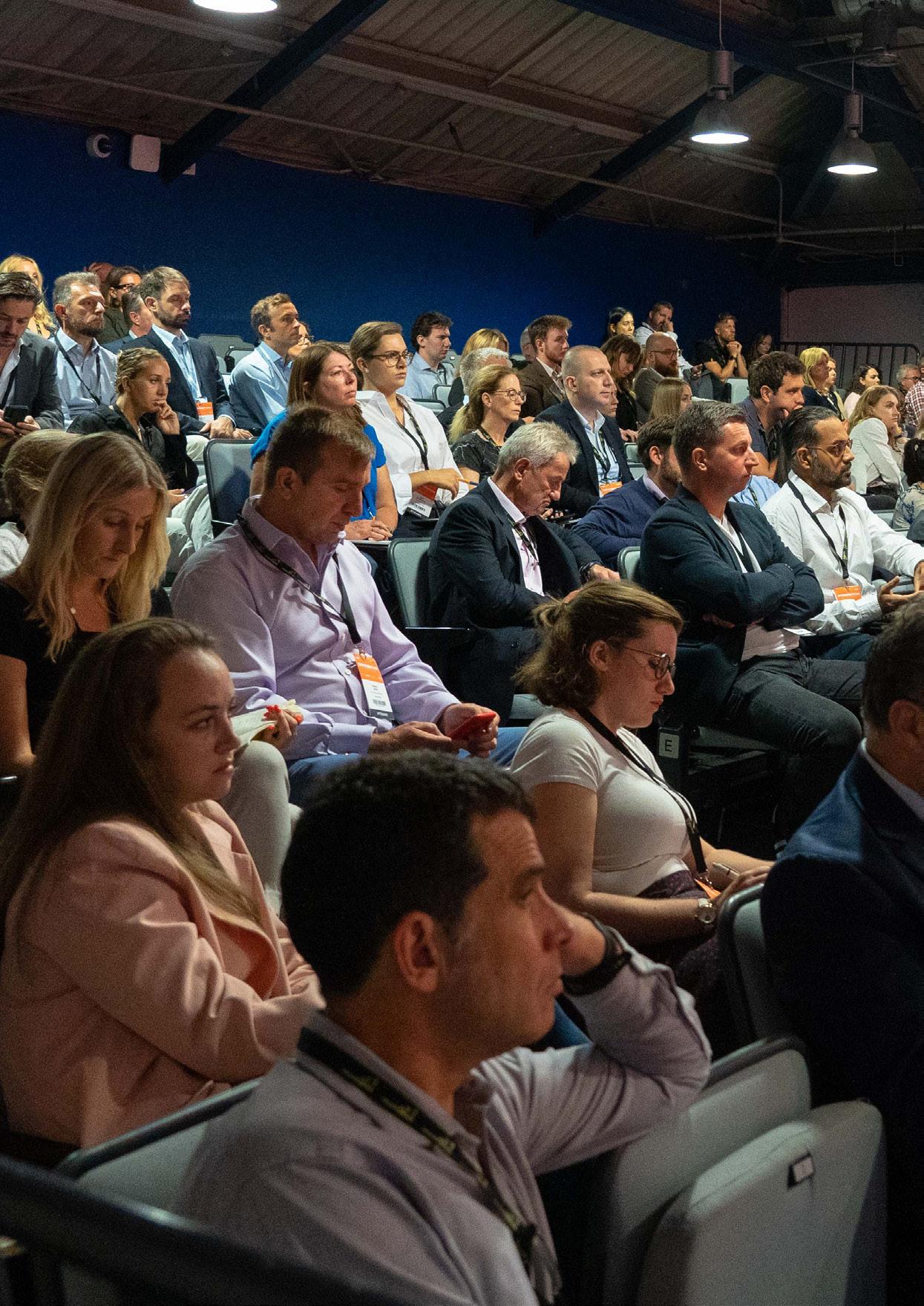

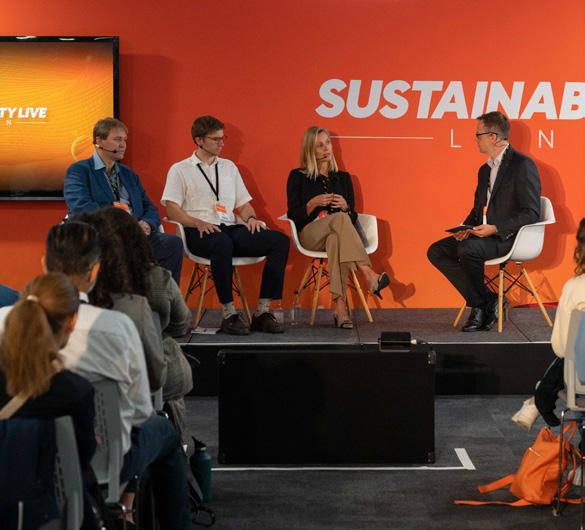
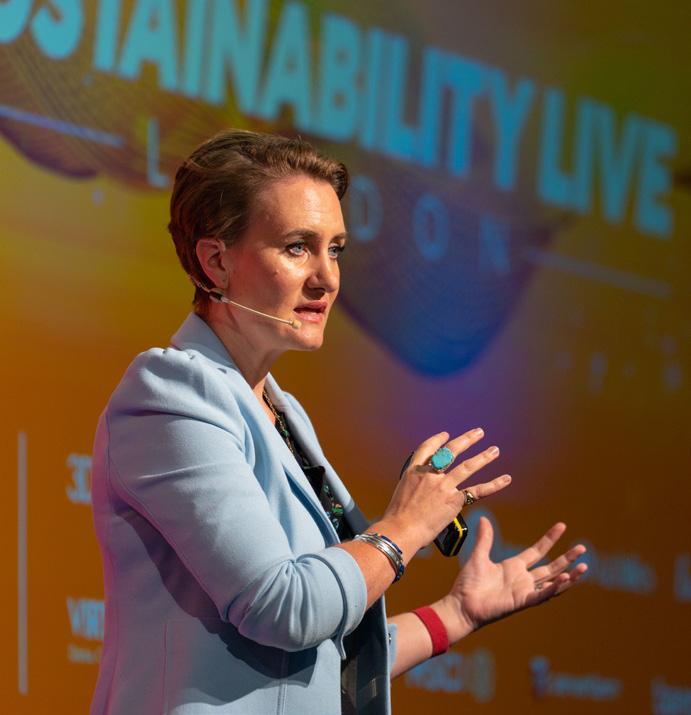
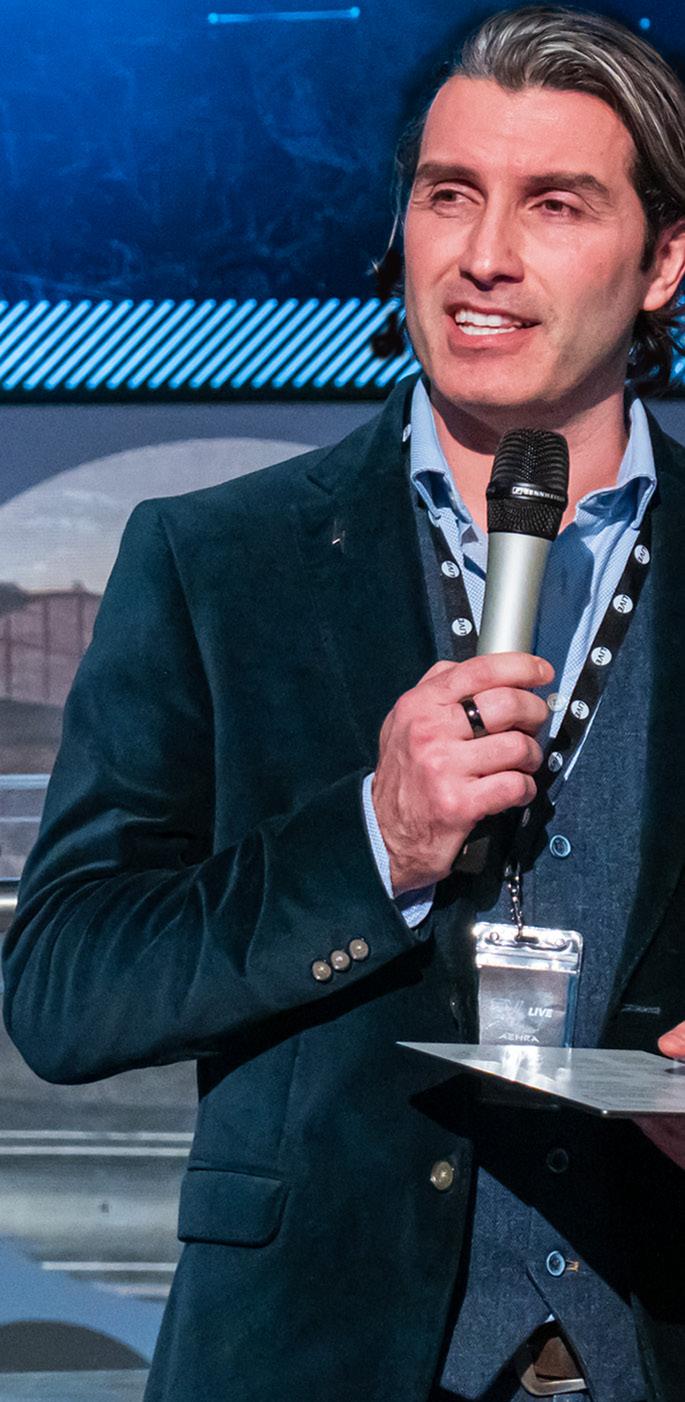 Musidora Jorgensen, Chief Sustainability Officer, Microsoft
James Butcher, CEO, Supply Pilot
Musidora Jorgensen, Chief Sustainability Officer, Microsoft
James Butcher, CEO, Supply Pilot
5,000+ In-person and Virtual Attendees
2-day Hybrid Learning and Networking Event
70+ InternationallyAcclaimed Speakers

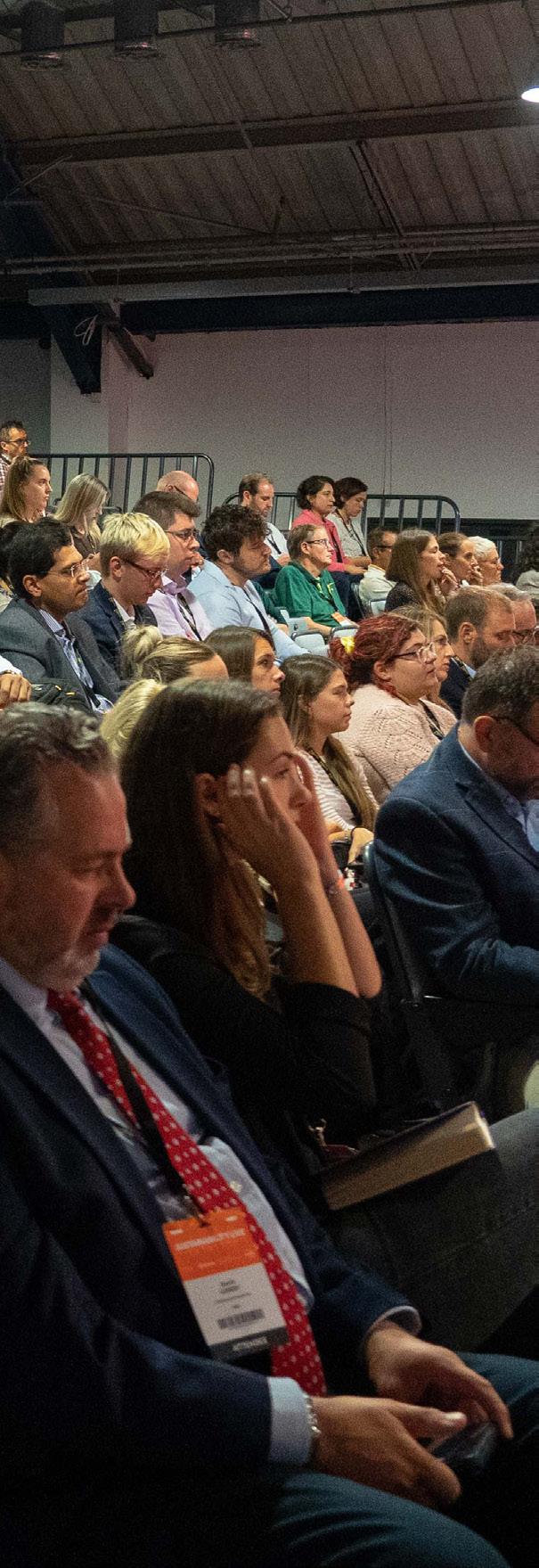
2 Conference Stages
9 Sustainability Industry Workshops
Magali Anderson highlights Holcim’s pioneering netzero pledge, signifying its position as the first company in the industry to make this commitment. Anderson, who co-chaired the initiative within the GCCA, emphasises the collaborative effort that led to the success of this pledge.
In addition to Holcim’s groundbreaking net-zero pledge, the company has achieved Science Based Targets Initiative (SBTI) verification for its climate targets across all three scopes, further solidifying its commitment to reducing greenhouse gas emissions throughout its entire value chain.


Aline Gómez-Acebo
Finat is leading the ESG Strategy, as well as chairing the ESG Board for the Asisa Group –Spain’s largest healthcare group.
She also runs a digital health startup that uses AI to improve healthcare suppliers’ efficiency in large hospital networks of private and public health over eight countries, with more than six million patients per month.
See you on September 6th and 7th 2023. For more event information please visit www.sustainability-live.com

The Global Sustainability Awards 2024 will be celebrating the very best in Sustainability & ESG with the following categories:
Sustainability Strategy Award
–
ESG Program Award
–
Climate Change Award
–
Diversity & Inclusion Award
–Net Zero Award

–
Sustainable Supply Chain Award
–
Sustainable Technology Award
–
Sustainable Consultancy Award
–
Future Leader Award
–
Executive of the Year Award
–
Project of the Year Award
–
Lifetime Achievement Award


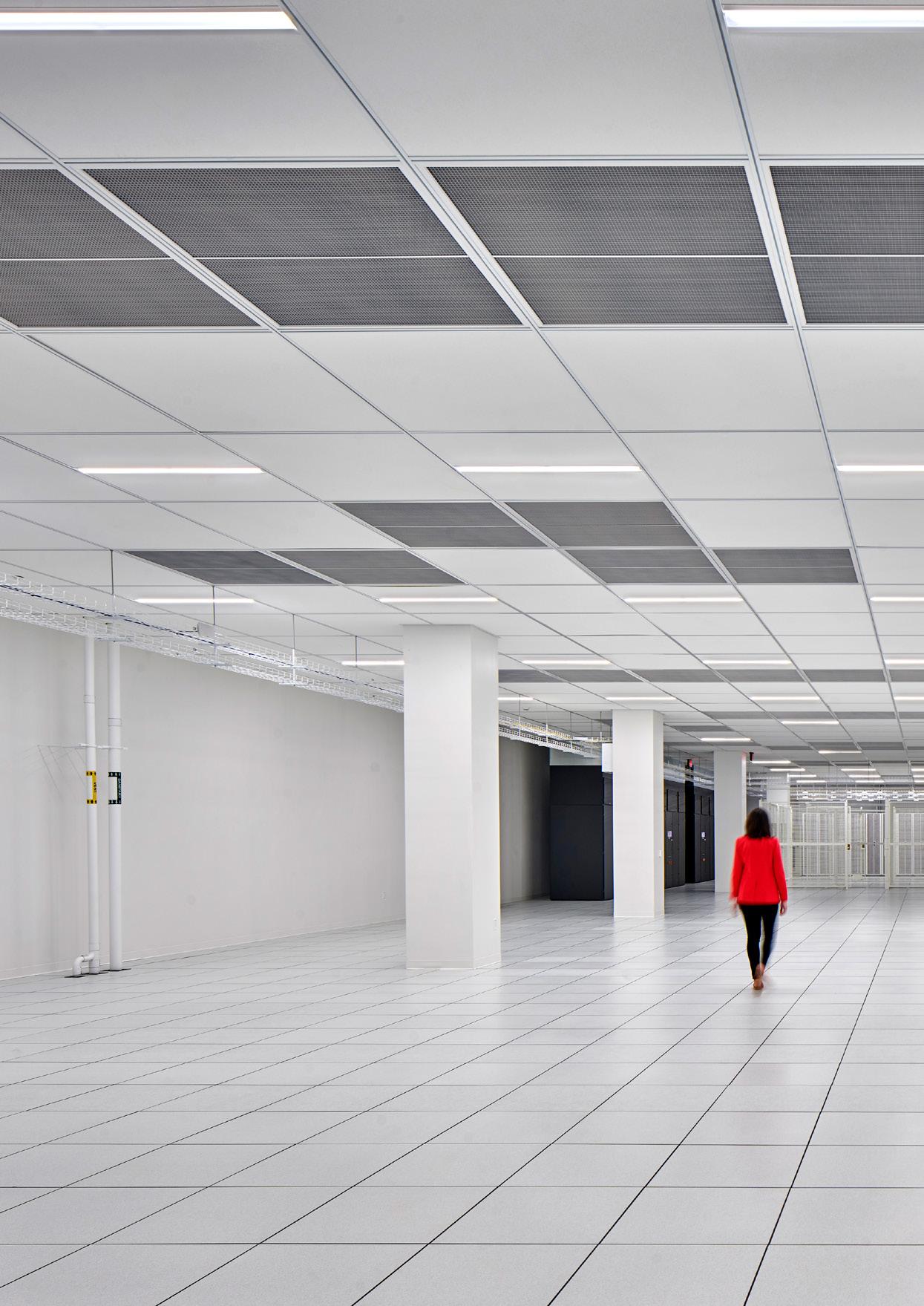
WRITTEN BY: SEAN
ASHCROFT
PRODUCED BY: LEWIS VAUGHAN
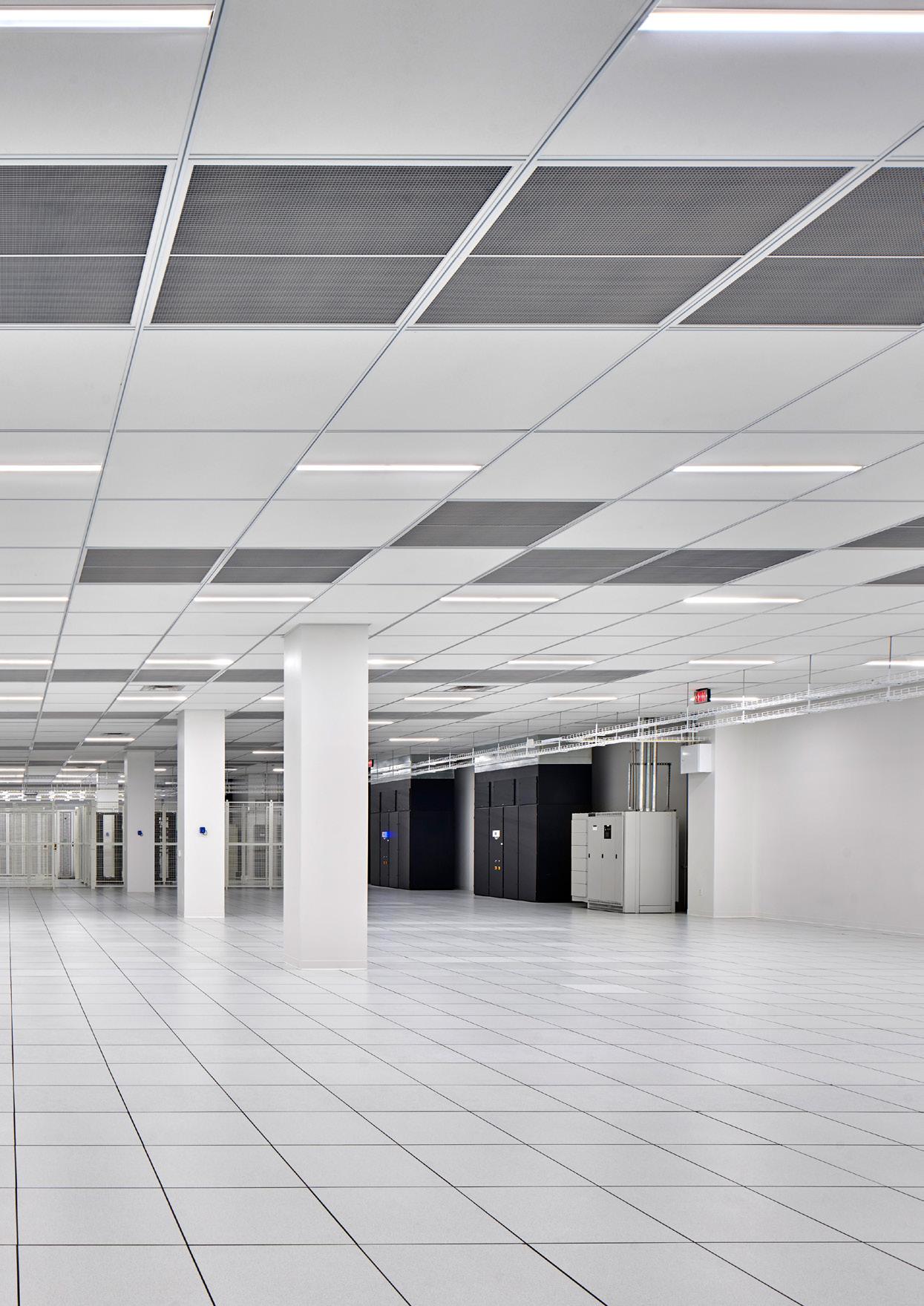
It might seem odd that, in a world in which technology companies are laying off workers in their thousands, a company such as DataBank – which helps fuel tech consumption – is continuing to expand at a steady pace.
DataBank's managed data-centre services are anchored in world-class facilities, and the company currently boasts such centres in locations including Dallas, Minneapolis, Kansas City, Cleveland, Pittsburgh, Salt Lake City, and Atlanta –managing or operating major network facilities in each of these regions.
These facilities provide uninterrupted access to customer data, applications and IT equipment. DataBank’s services provide business solutions for corporate enterprises, including hybrid cloud services, customised IT deployments, and industry compliance, to meet the outsourcing needs for IT management, maintenance and operations.
The company serves a wide range of customer verticals, including media and content distribution, cloud infrastructure providers and telecom networks.
DataBank has been expanding its size and reach for years. In September 2017, it acquired cloud hosting company, Edge Hosting, which specialises in designing, operating and simplifying secure and compliant IaaS and PaaS Managed Cloud Hosting. The acquisition provided both market expansion and extra expertise in the delivery of cloud solutions and

Tony Qorri is VP of Construction with DataBank, and explains how the business continues to expand strategically in testing economic times



Today, there’s more than 18 million servers running in more than 2,500 data centers all across the globe to support everything from our global economy to our increasingly remote workforce. As we continue seeing more demand for ecommerce, artificial intelligence, streaming video, virtual reality/augmented reality applications, smart systems, and Big Data analytics, we expect these numbers to climb drastically. This unprecedented demand for digital services has made the case that data centers have become as essential as public utilities such as electricity, gas, and water. Below is an overview of some of those technologies, according to the guide:
Intelligent equipment and new controls enable data center operators to improve the utilization and efficiency of the critical power systems required to achieve high levels of data center availability. One strategy we’re seeing used by organizations is utilizing the overload capacity designed into some UPS systems to handle short and infrequent demand peaks rather than oversizing equipment based on these peaks.
Renewable energy can be a great tool for reducing carbon emissions. Numerous ways to leverage renewable sources include purchase plan agreements, renewable energy certificates, and migrating loads to cloud or colocation facilities committed to carbon-free operation. Some operators are looking at opportunities to power data centers through locally generated renewable power, which can be accomplished by matching renewable energy sources with fuel cells, systems that can produce clean hydrogen from renewable energy, and UPS systems with dynamic grid support capabilities.
For organizations in the initial stages of planning long-term efficiency and sustainability goals, beginning such a journey can be daunting. Fortunately, Vertiv’s guide offers valuable first steps for reducing environmental impact, including:
y Establishing Goals: Data center operators are embracing goals based on the vision of the net zero data center or adopting several of the pillars that make up that vision. According to Vertiv’s guide, a net zero data center typically encompasses:
• Zero losses: Eliminating inefficiencies and maximizing utilization in data center systems.
• Zero carbon: Eliminating carbon emissions from the power consumed by data centers.

• Zero water waste: Eliminating the waste of water for data center operation.
• Zero waste: Eliminating the e-waste created by data center operations.
y Defining Frameworks and Metrics: Emissions will often be the primary target when establishing measurable goals for reducing environmental impact.
The Greenhouse Gas Protocol provides standardized global frameworks that industry organizations and their value chain partners can use to understand, aggregate, quantify, and reduce emissions. Find more metrics and frameworks Online
y Prioritizing Opportunities: Organizations looking to build out their sustainability approach can begin by evaluating existing data center systems and prioritizing opportunities based on goals and available technologies. As plans move forward, operators should continue to prioritize solutions that can achieve desired levels of continuity. Some priorities include increasing asset utilization, decreasing data center water usage, reusing data center heat, and reducing e-waste.
The path toward a more sustainable data center is not paved by a single strategy or piece of technology and implementing these changes will be no easy feat for most organizations. The reduced costs, progress toward corporate goals, limited dependence on utilities, and lessened environmental impact from these initiatives can help create significant long-term value for an organization.
managed services, especially for clientele requiring comprehensive operational controls for a number of commercial and government compliance standards.
Then in September 2020 it acquired zColo’s data centre assets from Zayo Group Holdings, with these located in cities including New York, Los Angeles, Seattle and Denver. The deal means DataBank now offers secure colocation, connectivity, cloud, and managed services in 60 data centres in 28 key markets in the US and UK.
Such structured, strategic growth has put DataBank at the forefront of the edge

“I stick with the same principles in my work as I did in my sports career: keep learning, keep improving”
TONY QORRI VP CONSTRUCTION, DATABANK
infrastructure wave, enabling enterprises, hyperscalers, cloud, content, and software customers to move their mission-critical workloads and platforms closer to end-user populations in second-, third-, and fourthtier markets.
Crucially, these deals have seen DataBank acquire expertise along with infrastructure. One such addition is VP of Construction, Tony Qorri, who joined the company as part of the zColo deal.


So how does Qorri explain DataBank’s growth in the face of a shrinking tech market?
“Tech companies might be cutting their staff, but it's not because people aren’t using technology,” he says. “In fact, people’s
TITLE: VP OF CONSTRUCTION
COMPANY: DATABANK
Tony Qorri joined DataBank as Vice President of Construction in December of 2021 with the responsibility of overall construction efforts on large construction projects as well as customer fit-out projects. Qorri came to Databank as part of the DataBank acquisition of Zayo's colocation division, zColo, where he served as Director of Construction for 7 years. Prior to Qorri's tenure at Zayo, he worked for a General Contracting / Construction Management firm in New York City where he served as Senior Vice President of Operations for 7 Years. Qorri has been in the mission critical industry for 15 years where he has built multiple Enterprise data centers for many of the financial institutions as well as the top 5 colocation companies on a global perspective. His time spent on both the contractor side as well as the end user side makes him a very well-rounded individual that understands all aspects of engineering, building, and operating a data center.
When core values are shared, co-creation will thrive over for a real sustainable success. A shared cognizance of the customer needs allows Hitachi Energy to foster seamless collaboration to deliver impactful Data Center solutions.

Transformers for Data Centers


Learn more

The Data Center industry has witnessed exponential growth that resulted in a focus on increased speed-to-market by leveraging standardized designs. As a pioneering technology leader, Hitachi Energy plays a crucial part in bridging the gap between the grid and this critical infrastructure.

Tony Qorri is the visionary Vice president of Construction at Databank, the US Data Center giant. He believes that donning his partner hat produces win-wins when forging strategic alliances. This aligns with the tenet of Hitachi Energy, which values are focused on fostering relationships with partners for long-term value creation.
That’s why when Qorri was looking into power solutions for backing up his mission-critical projects, he was confident in the expertise of Hitachi Energy. Unintuitively understanding the unique needs and aspirations, a standardized transformer design with an extended tap arrangement was envisioned to operate at any DataBank’s location.
Collaboration was crucial to anticipate Databank’s project needs. Design standardization and Hitachi Energy’s global footprint helped to secure the construction
schedule, mitigating potential delays due to the post-pandemic world and the high demand for transformers triggered by the energy transition.
The bond built on trust and commitment has made DataBank select Hitachi Energy as its trusted partner. At the core of this synergy is a unique understanding transcending mere transactions, becoming a catalyst for innovation, resilience, and collaboration.
“Standardization was critical to supporting the fast-paced growth of Databank within today’s growing need for scalability; thankfully, due to open and transparent collaboration between our companies, we were able to iterate upon the transformer design, ultimately resulting in a repeatable and, more importantly, scalable solution”
Logan Howell, Product Manager for Distribution Transformers at Hitachi Energy - North Americahunger for technology is growing, and data centres are the infrastructure that fuels that.

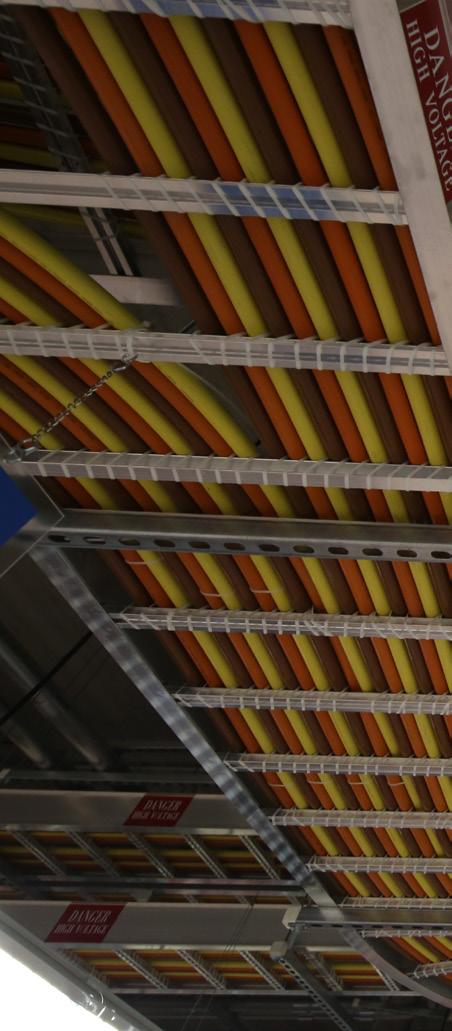
“So whenever you pick up your phone or click on an app you are firing three pieces of infrastructure. The cell tower that's capturing your signal, the fibre through which the signal travels and the data centre, where everything ends up.
“You have to remember our business is about serving customers of tech companies. We go where the customers are.”
And where DataBank always goes is to the ‘edge’, says Qorri.
“You always want to place your data as close as possible to those who use the data. So you are at the edge of the network.
And also where land is more affordable, which is why Salt Lake City and Atlanta have become focal points for the company.
“Those locations have been two we've chased pretty aggressively,” says Qorri. “We've got a lot of additional builds throughout the nation, but we've got quite a bit of capital being spent in those markets.”
Qorri’s role is to run and manage DataBank’s expansion and development builds,” including greenfield and brownfield retrofits, and expansions in any of the existing sites”.
He explains: “We've got three models of construction. One is brand-new developments – so a greenfield ground-up building. Second is a brownfield site, where we buy a shell – some type of building, could



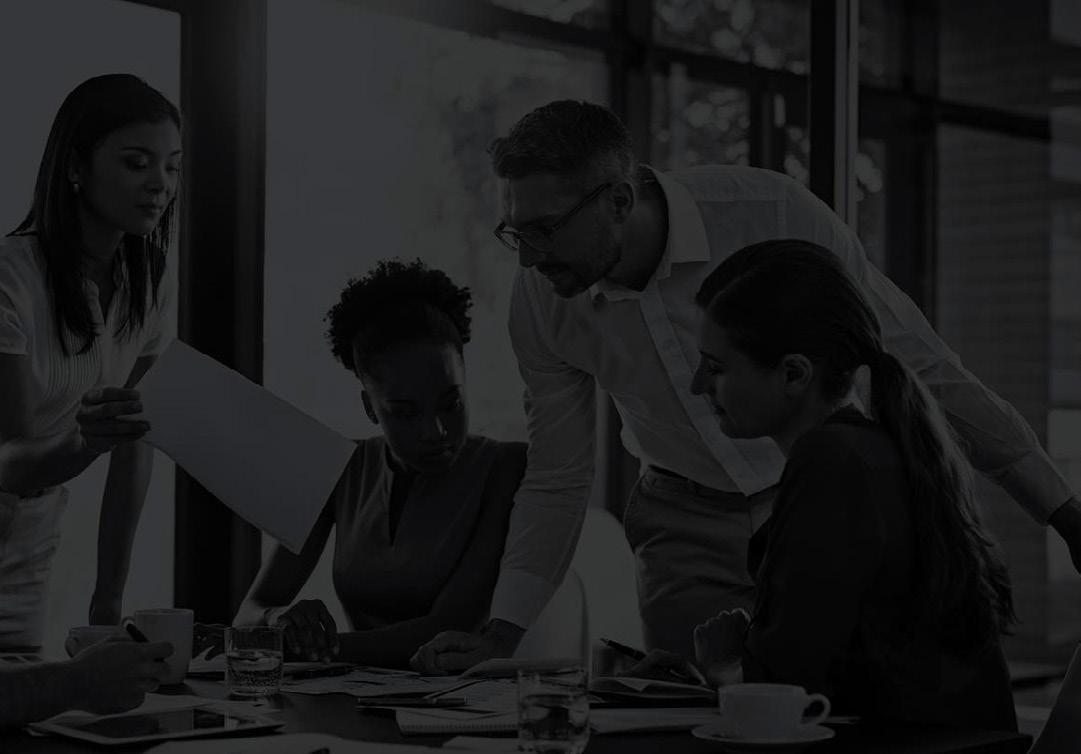
AECOM Tishman is one of the world’s leading builders. With more than 120 years in business, we’ve been responsible for the construction of more than 600 million square feet of space. A part of AECOM, our construction management business line is supported throughout the entire project lifecycle – from planning, design and engineering to program and construction management.
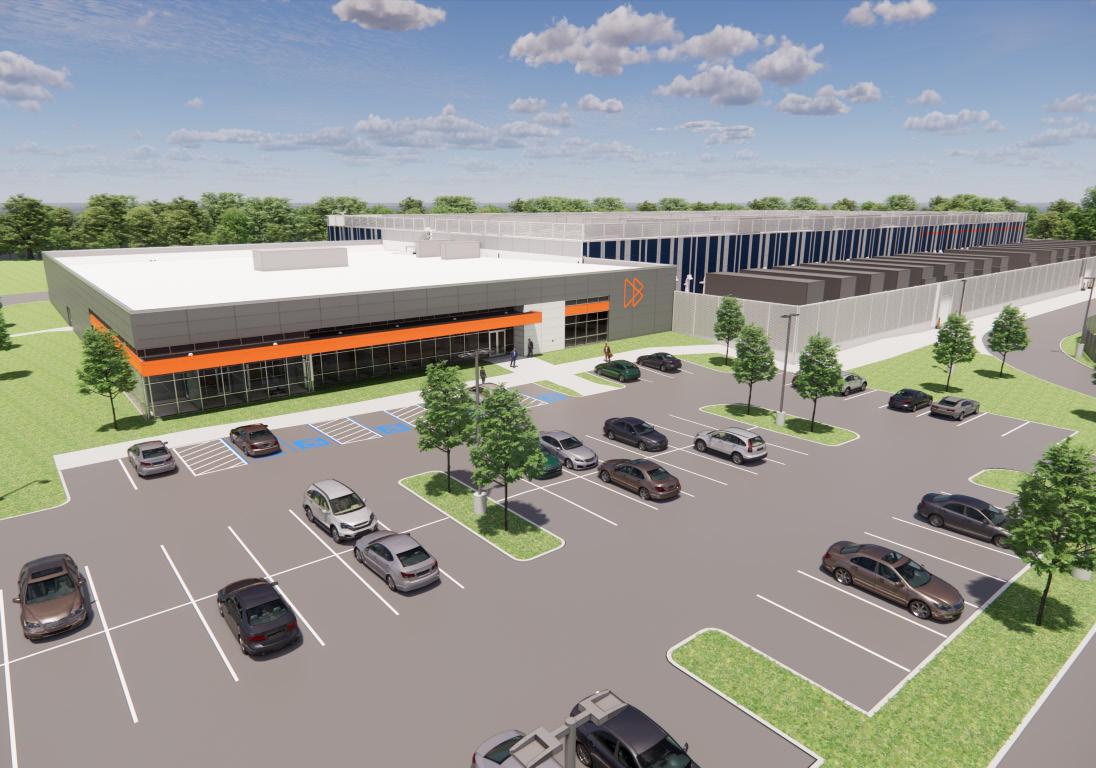
have been a distribution centre or an office building – and we retrofit that.
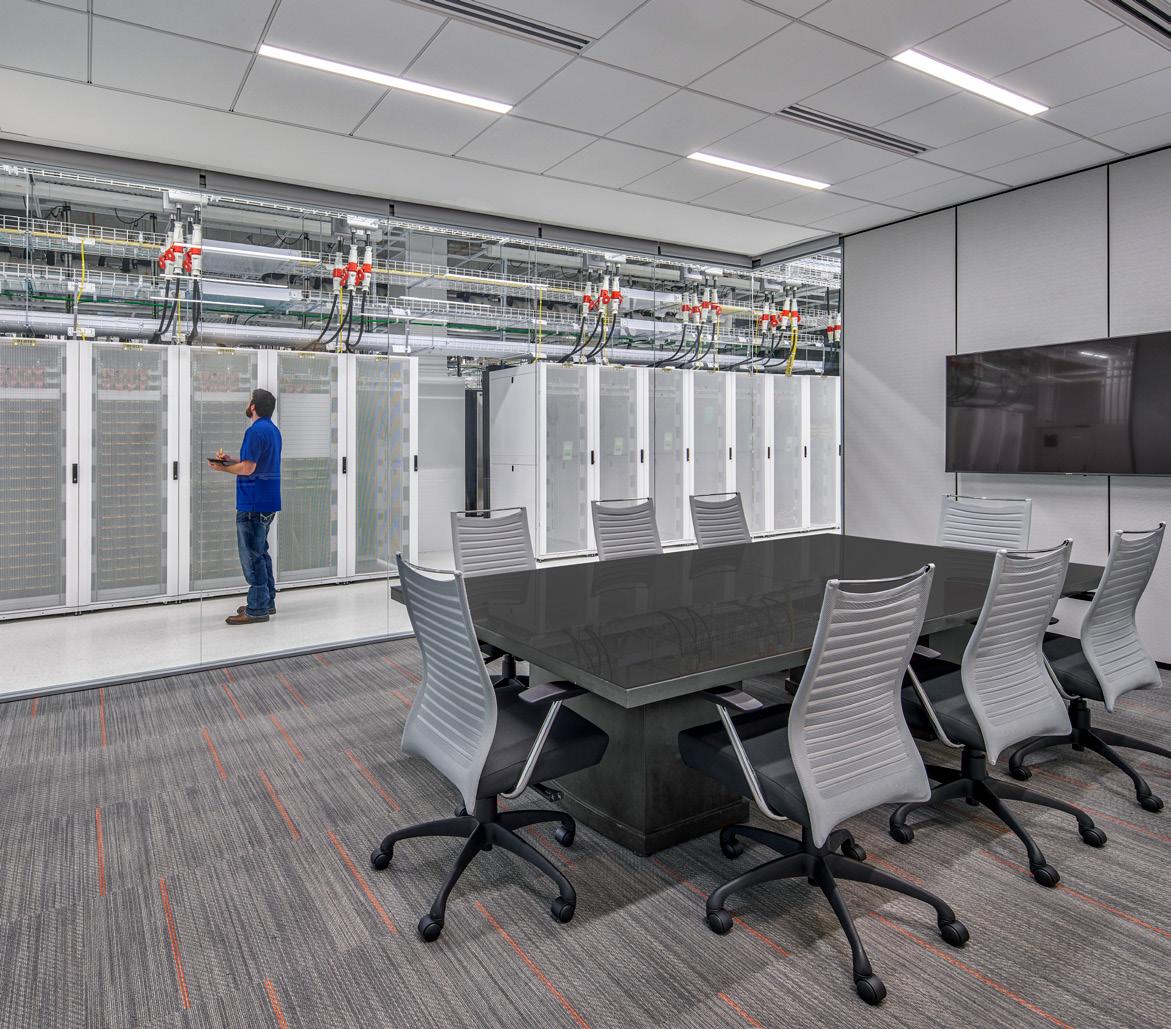
“The third is an existing facility that has maybe one to five data halls. We'll go in and expand that building over the course of time.”
From front-end to back-end, Qorri and his team hires and manages design consultants, contractors and the commissioning firms that ensure the data centres are functional. For good measure, he also runs the procurement arm of the organisation, an area that in recent years has been pivotal to the continued growth of the company.
Just over a year ago, DataBank hired a strategic sourcing manager who works for and closely with Qorri.
TONY QORRI VP CONSTRUCTION, DATABANK
“We have built scalability into the business by creating a forecast that shows, quarter over quarter, what the market looks like”
“As the construction project management team continued to grow we wanted to take some of the sourcing workload off those guys, because they had challenges of their own,” he says. “Together, we’ve been doing all of the sourcing. We try to forecast at least two years ahead, and we’ve got to continue evolving that because we're still seeing supply issues and challenges.”
Being able to source strategically has allowed DataBank to avoid costly supply chain delays.
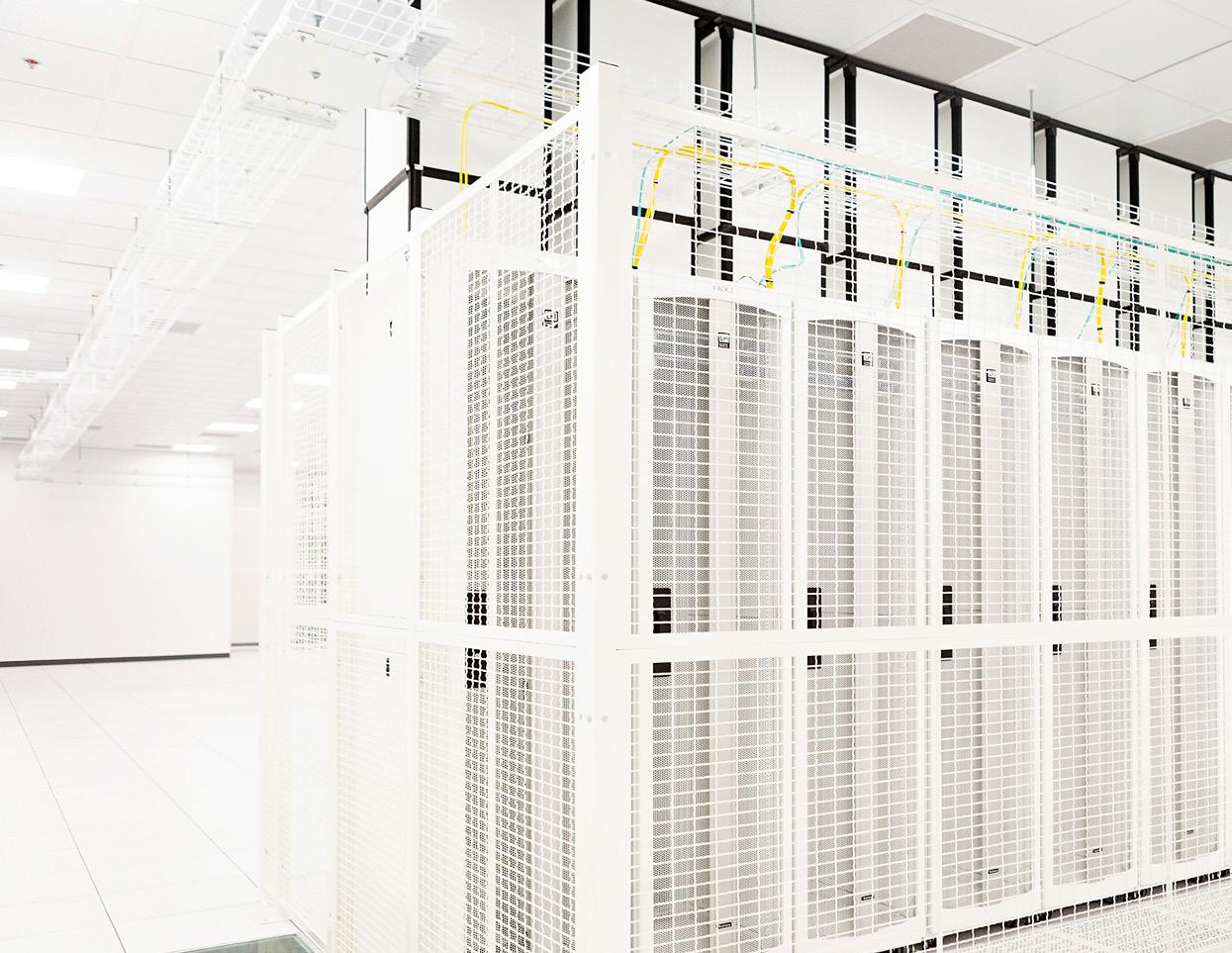
“It’s enabled us to quickly deploy and to not lose six months to a year on deliverable timelines, which would've lost us customers,” he says. “We're actually growing quite rapidly. We've scaled over the past few years and I think we're going to continue to
scale over the next few years. Continuing to develop the teams we need has been quite a challenge and will continue to be so, but it’s proved very important.”
DataBank’s growth has been consistent and strategic. It’s been facilitated by smart procurement but also many other factors, says Qorri.
“We have built scalability into the business by creating a forecast that shows, quarter over quarter, what the market looks like, and from this we created a stocking programme.
“We bought everything from transformers to generators, and also downstream. But we didn't want to over-buy, so we were strategic about it, and it’s the best thing we ever did because it has allowed us to grow at a sustainable rate.”
As well as growing its infrastructure, DataBank has been adding to its knowledge base with strategic new hires, including experienced project managers (PMs).

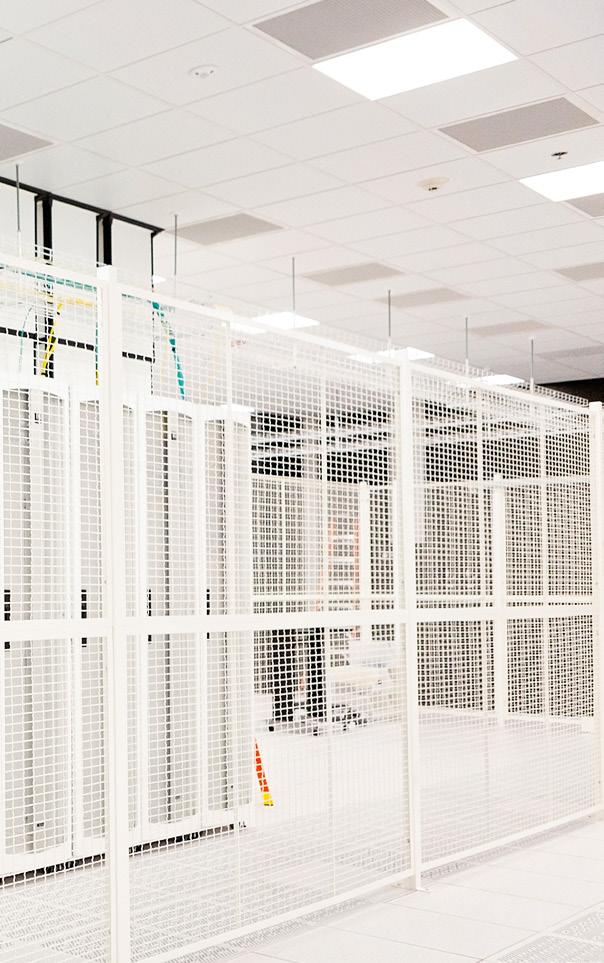
“As we’ve scaled, we’ve taken on more PM,” says Qorri. “This has allowed me to get out of the trenches, because I have been project managing as I was leading a group. As we continue to bring more people on board I can focus more on managing downstream, and helping the organisation grow from a future planning perspective.”
Planning for growth has different drivers in the post-pandemic world, it seems –particularly when it comes to winning new contracts.
TONY QORRI VP CONSTRUCTION, DATABANK
“Taking a project from the front-end to the back-end is a challenge but a hugely rewarding one”
Qorri says: “Back in the day, the most competitive bid was nearly always the winner. Those days have changed a bit. Now it's not always the most competitive bidder, it's the most strategic bidder in specific markets that wins.”
“Strategic often comes down to 'how well you know a given market, and how strong your relationships are with the downstream folks in that market'.

He adds: “This is why I tell my guys to come in not with their client hat on but their partner hat. I ask them to make our partners their friends. People always want to work with their friends, right? Friends are going to have your back and will help you execute.”
Taking a project from the front-end to the back-end – “where we're meeting specific customer needs” – is a challenge, says Qorri, “but a hugely rewarding one”.
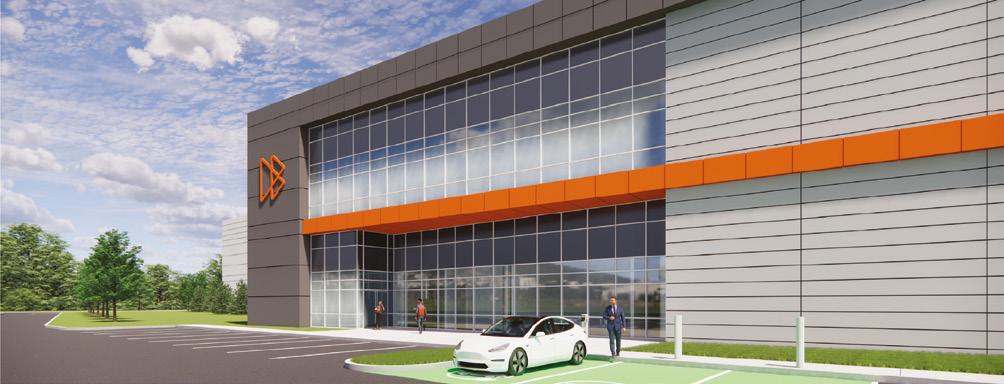

TONY QORRI VP CONSTRUCTION, DATABANK
“You always want to place your data as close as possible to those who use the data – at the edge”Highland Associates is an Architectural and Engineering firm focusing on the design of mission critical facilities for Enterprise, Co-Location and Hyperscale clients throughout the United States.

He adds: “It involves supply chain, contractor availability in certain markets and taking a task from A to Z in a very tight timeframe and bringing it in on time and on budget.
“Myself, my team, the organisation, we get a rush out of that. There are competitors that are able to do it but there are also a lot of folks who are not able to accomplish this, and it day-in, day-out – especially over the past few years, with the pandemic and multiple supply chain constraints – is a major achievement.”
He reveals that, post-pandemic, “we’ve had to micromanage down to a level that was not needed before”, and that there is another big difference to the way his team operates.
“The customer is not always right any more,” he says. “Instead of demanding something and getting it, we now have to work more as partners – with our vendors, contractors and subcontractors.”
And, of course, there are other changes and challenges in expanding a business in a post-pandemic world, not least of which is labour problems, Qorri explains.
“There's not enough workers to cater to all the projects going on. Bringing in the right subcontractors to build-out a facility is a challenge. Unlike in warehouse environments, automation is not an option. You need physical labour. Technology is advanced – you need guys in the trenches to be able to execute.”
But whatever the challenges that DataBank faces, it does not face them alone; its ecosystem of partners is crucially important, says Qorri.
“DataBank has a slew of different partners,” he says. “We've got vendors that
we partner with from both thermal and power sides. Vertiv and Powersmiths are very strong partners of ours on the power side, and Toshiba and Cummins with regards to support on the generators and UPS side.”
Hitachi is another “huge partner of ours”, from a transformation perspective, says Qorri.
"Our most strategic partners are our general contracting partners. HITT in Northern Virginia, Tishman in New York, Layton in the Southwest, and Brassfield and Gorrie in the Atlanta market.”


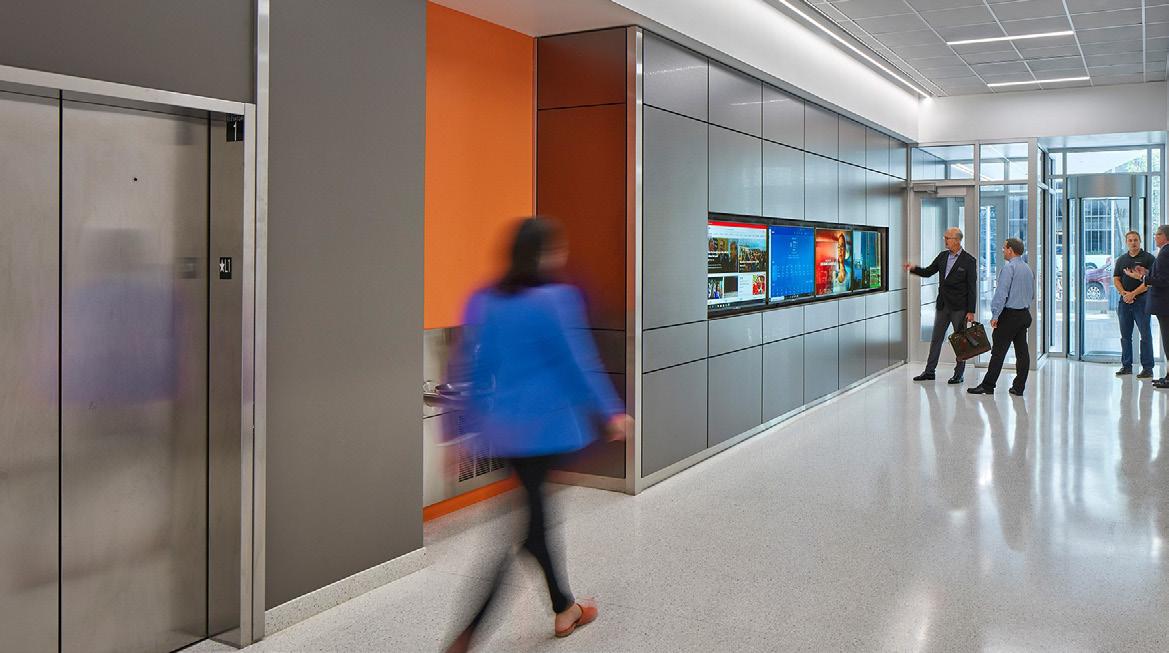
ESG expectations rise as the EU introduces new reporting regulations. But how can companies prepare and how will businesses outside of Europe be impacted?
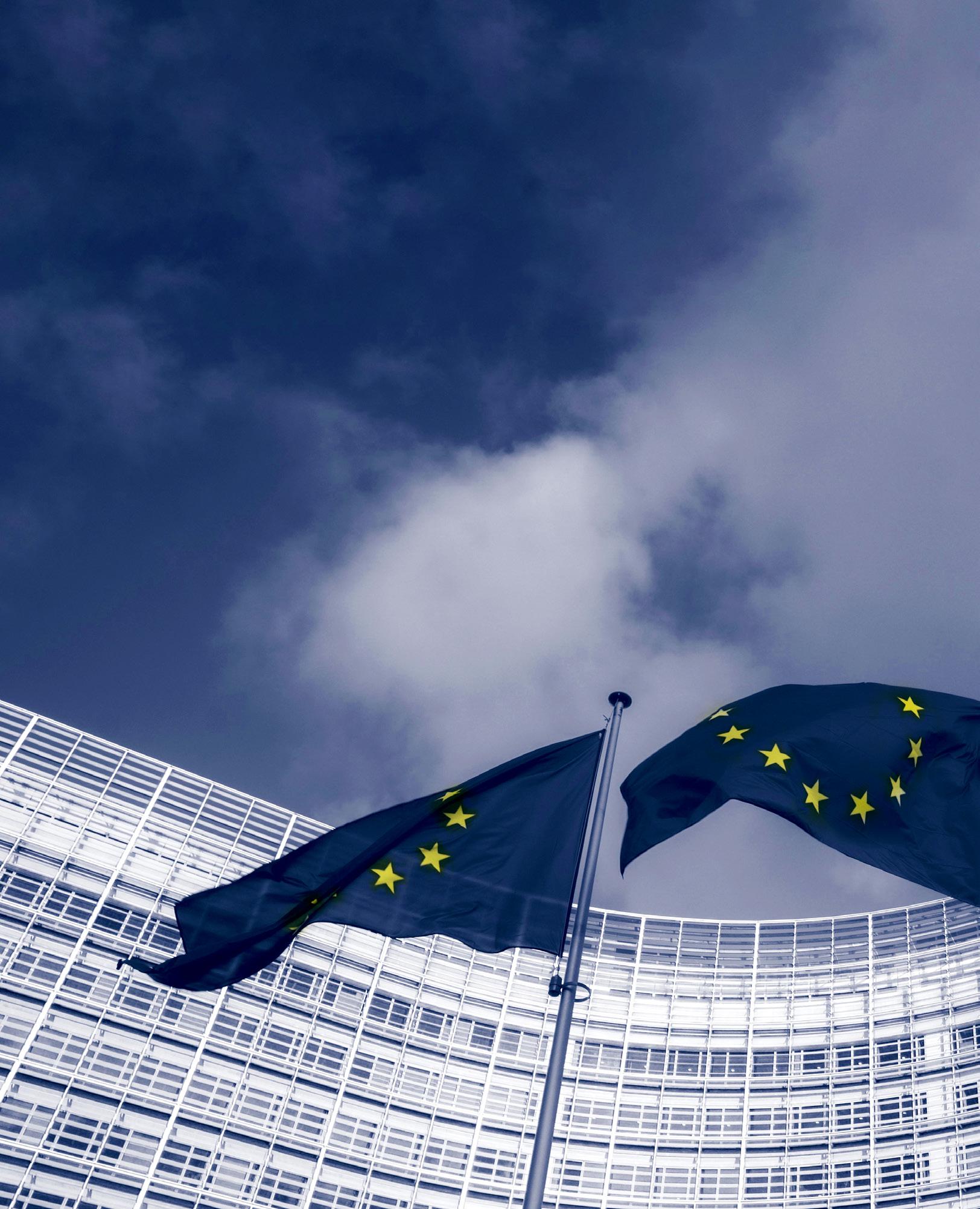 WRITTEN BY: LUCY BUCHHOLZ
WRITTEN BY: LUCY BUCHHOLZ
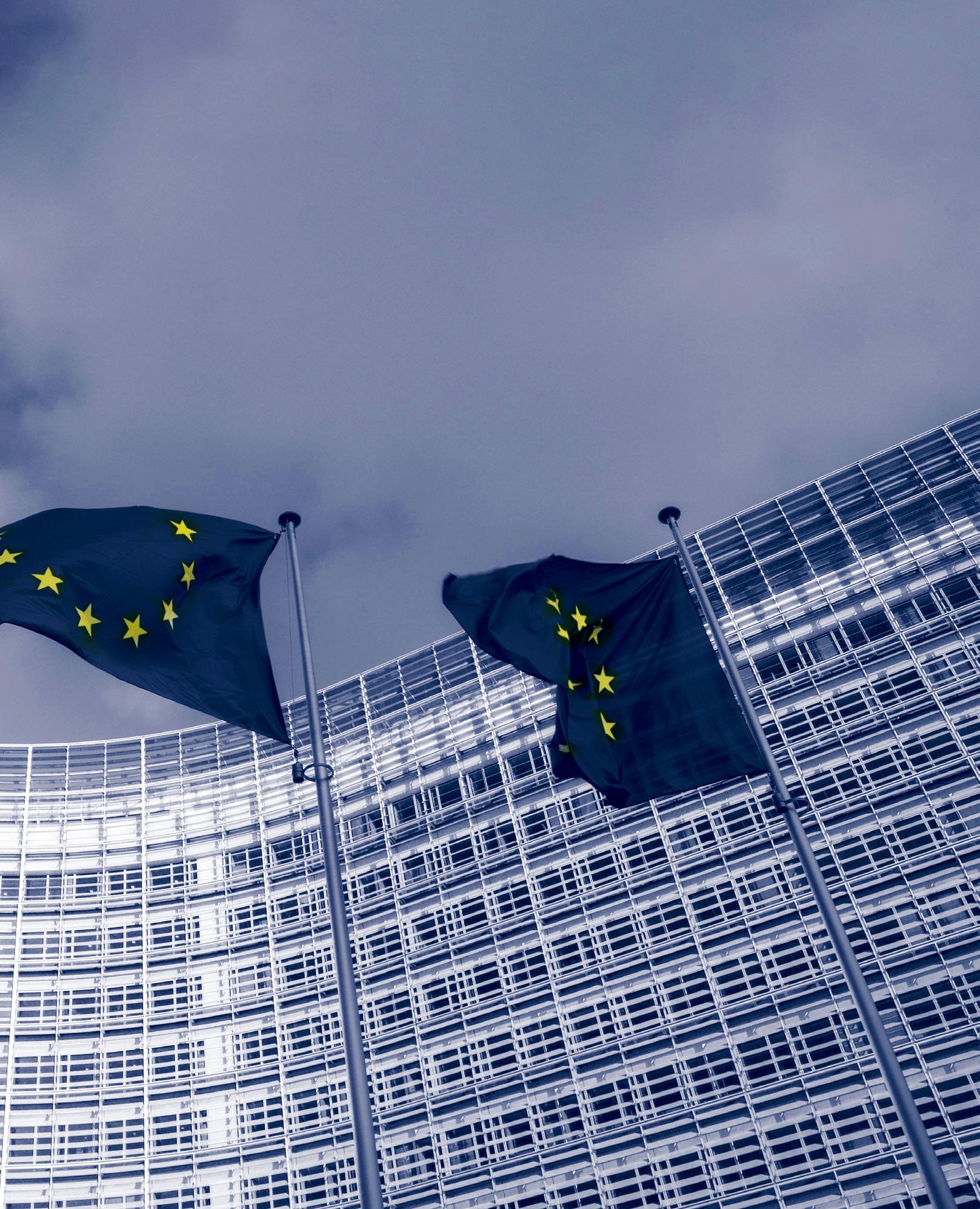
he expectation for companies to align their business with ESG factors is increasing at a rapid rate. Improving awareness of sustainability issues, and the impact that these can have on economic value, mean that companies are coming under rising pressure to tackle their negative impact on society and the environment and to demonstrate effective, regulatoy-compliant corporate leadership and practices.
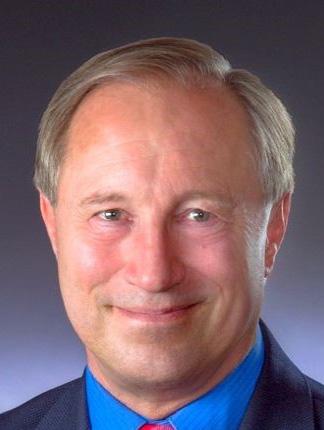
In response, the European Union (EU) is bringing sustainability reporting in line with financial reporting, with the introduction of the Corporate Sustainability Reporting Directive (CSRD). Effective in 2024, the new regulations mean that companies operating in the European Economic Area (EEA) will need to be more detailed in their sustainability reporting. Covering issues such as environmental, governance factors, social and human rights, companies will be required to audit and disclose both the effect their business has on the world around it,

as well as the impact of these concerns on their business.
Ultimately, more than 75% of businesses in the EEA will need to disclose their ESG performance. With more than 30 years of experience helping organisations globally deliver on their environmental commitments and sustain their compliance with international standards and regulatory requirements, Intelex knows how ESG can preserve lives, manage risks and protect the planet.

 Charlie Knapp, Senior Product Marketing Manager at Intelex Technologies, explains:
Charlie Knapp, Senior Product Marketing Manager at Intelex Technologies, explains:
“We understand that the CSRD regulations will introduce significant changes for what companies will need to report, what data they will need, and what processes they are required to have in place. All of this can be seen as a daunting undertaking to implement and achieve, especially for those larger companies needing to meet the earlier deadline for when the reporting regulations come into place.



“We hear from many business leaders that their current sustainability reporting approaches won’t take them where they need to go. Increasingly complex reporting needs, isolated information silos and laborious data transformations hinder timely insight sharing and proactive action.”
The European Commission has implemented the reporting directive to facilitate the achievement of the Green Deal targets and to define a common reporting framework for non-financial data. The directives aim to increase the quality of information and transparency about companies’ environmental and social impact.
Executives from Appian, AWS, and Xebia share their collaborative efforts and excitement about their partnership in low-code, cloud, and sustainability.
Technology is instrumental to achieving next-level capabilities across industries. But organizations that want to operate sustainably must choose technology that lets them adhere to strong environmental, social, and governance principles.


Appian Corporation, a process automation leader, is a critical piece of the digital transformation and sustainability puzzle. The enterprise-grade Appian Low-Code Platform is built to simplify today’s complex business processes, with process mining, workflow, and automation capabilities.
“By quickly building apps that streamline and automate workflows, organizations are using Appian to make their processes for monitoring and reporting on ESG initiatives faster, simpler, and more effective,” says Meryl Gibbs, Emerging Industries Leader at Appian.

“Both AWS and Appcino are amazing partners of ours,” says Michael Heffner, VP Solutions and Industry Go To Market at Appian. “We have an extremely long legacy engagement with AWS as our trusted, go-to-market partner and Appcino builds “meaningful, business-focused applications on the Appian platform and is amazing in all things ESG.”
Digital transformation in ESG.
As an AWS leader enabling sustainability solutions built on the cloud, Mary Wilson, Global Sustainability Lead at AWS, talks about the partnership with Appian.
“Our objective is to help our customers achieve sustainability goals across their business operations,” says Wilson. “[This means] looking at data availability, meaning access to more data, and enabling actionable insights. “Lowcode, cloud-enabled, technologies will allow organizations to build fast, learn fast, iterate, and continue to improve these insights to drive their sustainability outcomes.”
Tarun Khatri, Co-Founder & Executive Director of Appcino (product part of Xebia), explains just how critical ESG is in the face of digital transformation. “The investment community now considers ESG reporting as a major factor for measuring performance,” says Khatri The collaboration will continually uncover new insights and provides customers the opportunity to accelerate their ESG goals with speed and security.
CHARLIE KNAPP SENIOR PRODUCT MARKETING MANAGER, INTELEX TECHNOLOGIES
“CSRD regulations pitch Europe as a frontrunner in the reporting standards space – laying the foundation globally”

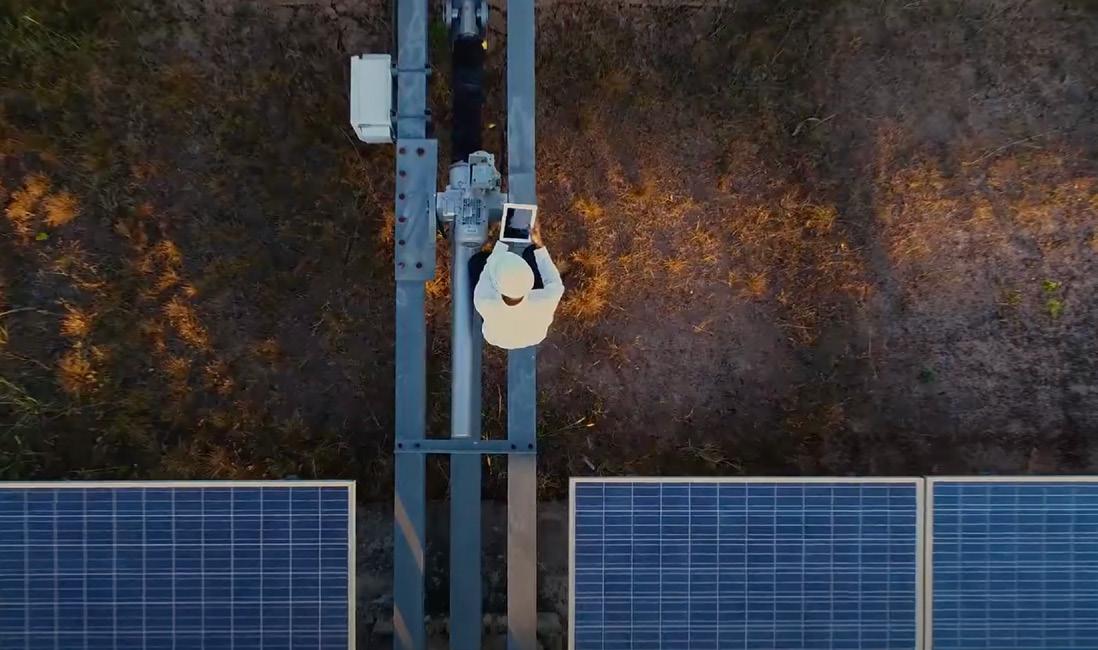
The new framework will see the rollout of the disclosure principle called ‘double materiality’ which requires companies to report on how sustainability issues impact their business and how their operations in turn affect people and the planet.
“These new regulations update previous corporate sustainability reporting under the 2014 Non-Financial Reporting Directive (NFRD),” Knapp explains. “The NFRD is a regulatory framework that mandates sizable public interest entities to report on their sustainability performance in 2018 – which some companies will already have been following.
“In being more ambitious than NFRD, with advanced rules that extend beyond the continent, CSRD regulations pitch Europe as a frontrunner in the reporting standards space – laying the foundation globally.”
Compared to 12,000 companies reporting under the NFRD, almost 50,000 companies are expected to be impacted by the CSRD, making up 75% of business in the EEA.
The new reporting rules initially apply to large public-interest companies with more than 500 employees:

• Companies listed on regulated markets in the EU (apart from listed micro-enterprises) and large companies
• Listed small- and medium-sized enterprises (SMEs), although there will be a transitional period when SMEs can opt out until 2028
• Non-EU companies with a net turnover of €150m in the EU, and with at least one subsidiary or branch in the union
CHARLIE KNAPP SENIOR PRODUCT MARKETING MANAGER, INTELEX TECHNOLOGIES
“Introducing a consolidated, robust and effective reporting framework though the use of purpose-built software solutions will help to address many issues surrounding conflicting standards”

In addition to the NFRD reporting requirements, these companies will need to report on the following; sustainability strategy and business model; sustainability governance; materiality assessment of sustainability-related impacts; risks and opportunities; implementation measures; and performance metrics.
“The management report is required in a single electronic reporting format,” Knapp explains. “It is expected that the Commission will require to digitally ‘tag’ the reported information, so it is machine readable and feeds into the European single access point envisaged in the Capital Markets Union Action Plan.
“Therefore, introducing a consolidated, robust and effective reporting framework through the use of purpose-built software solutions will help to address many issues surrounding conflicting standards, gaps in reporting and lack of comparability of sustainability data.”
Regarding timeframes, the application of the CSRD will take place in five stages:
2 0 24
Large businesses with over 500 employees or €150m (US$164m) in EU turnover, having at least one branch in the EU, will need to start tracking the data needed for 2025 reporting
2 0 25
Businesses already subject to the NFRD or CSRD will have to start reporting on the financial year 2024, and other companies will need to track for 2026 reporting if they have over 250 employees or €40m (US$43m) turnover or €20m (US$21m) in assets

2 0 26
Large undertakings not currently subject to the NFRD will have to start reporting on the financial year 2025, and certain SMEs will need to track for 2027 reporting



2 0 27
SMEs and small and noncomplex credit institutions and captive insurance undertakings will have to start reporting for the financial year 2026
2 0 29
Non-European companies that have branches or subsidiaries will have to start reporting






MANAGER,
“Business leaders need to identify and understand what is currently being reporting on, to then ensure the sustainability targets are robust ”
To ensure companies are well prepared, leaders should start acting as soon as possible to prepare for the new rules. “Firstly, take time to prepare your reporting well ahead of the new regulations coming into play,” Knapp recommends. “It’s also important to understand whether your Intelex Technologies will fall under the new rules and what timescale you will be working towards.
“Business leaders then need to identify and understand what is currently being reported on, to then ensure the sustainability targets are robust and based on the correct methodology. Last but not least, key employees need to be trained on CSRD and measurement.”
“The CSRD is an important part of delivering the European Green Deal –the journey to a carbon-neutral Europe,” Knapp says. He explains that these new regulations will not only dramatically increase the number of EU businesses who are subject to mandatory ESG disclosures, but the CSRD will also impact non-EU companies that have substantial activity in the EU. As a result, in 2029, non-European and international companies that have branches or subsidiaries will have to start following suit with these reporting regulations.
Additionally, the CSRD aligns with other global initiatives such as the ISSB (International Sustainability Standards Board) and SEC (US Securities and Exchange Commission) which have different rules but common goals for sustainability reporting standards that will need to be considered.

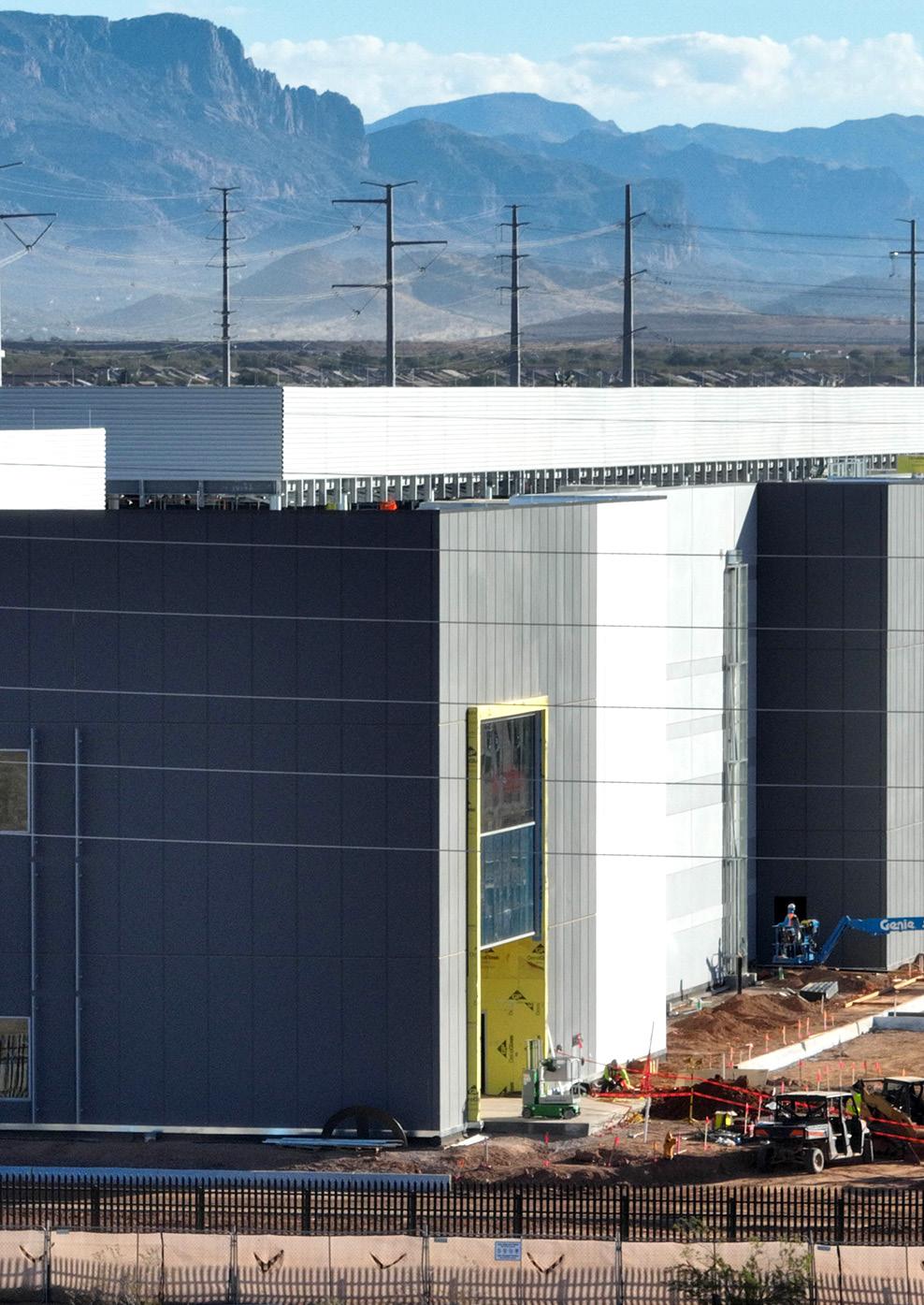 WRITTEN BY: ILKHAN OZSEVIM
PRODUCED BY: LEWIS VAUGHAN
WRITTEN BY: ILKHAN OZSEVIM
PRODUCED BY: LEWIS VAUGHAN
IMAGES: NTT
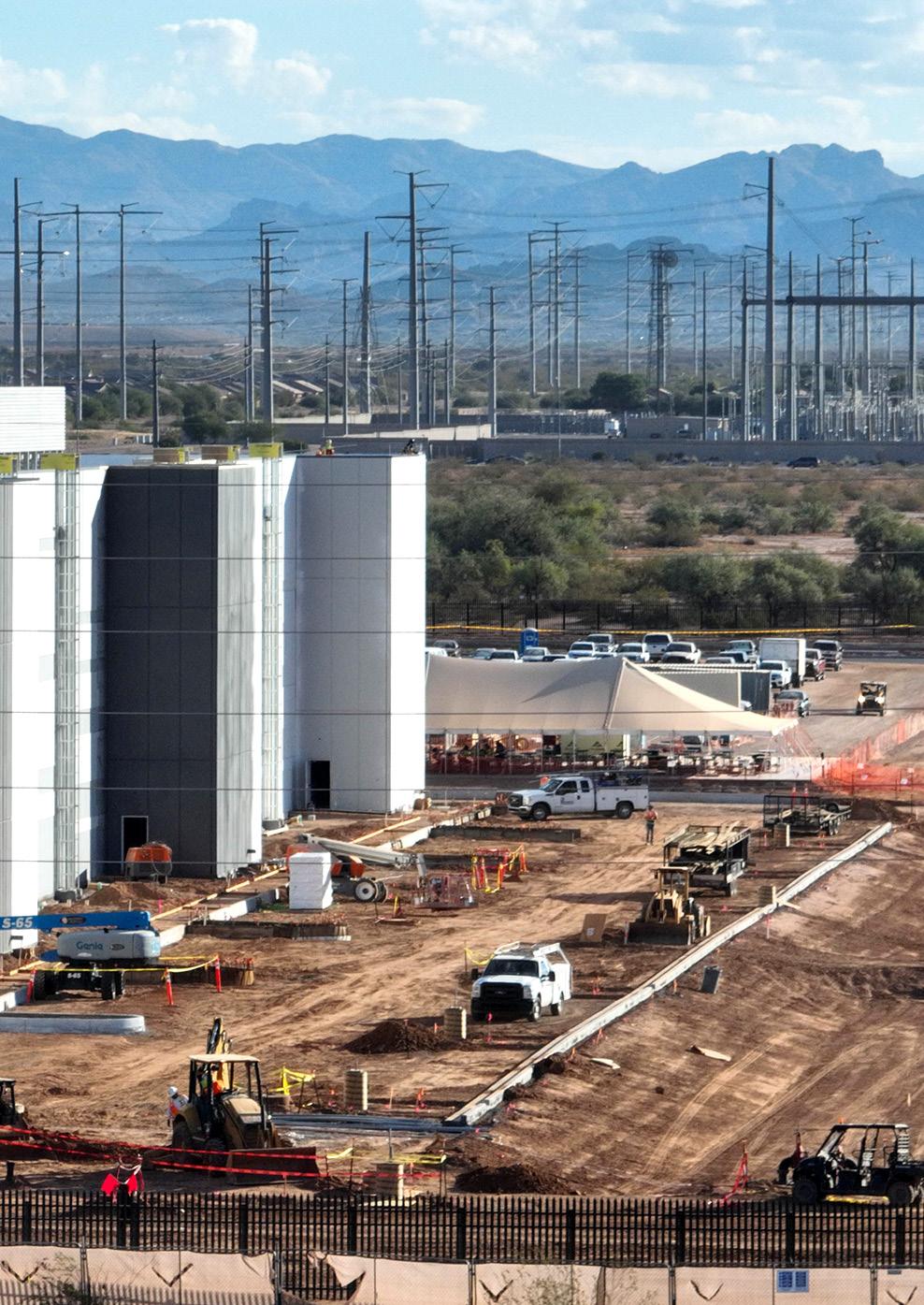
The world of data centres, their construction and development is closer to home than most assume. They form the foundation of our interconnected world, housing the very architecture that carves out our modern society.
We take a look at this foundation through the eyes of Brittany Miller, Senior Vice President of Construction, Engineering, and Supply Chain at NTT Global Data Centers.

With a remarkable professional journey and a wealth of experience in the industry, Miller shares valuable insights on the process of building and developing data centres, with a particular focus on cost efficiency, and brings a diverse background to her current role. Her journey began at Intel Semiconductor Company, where she gained invaluable experience in building chemical and gas fab plants across various locations worldwide.
Working in a rapid-paced and everchanging environment, Miller developed expertise in construction and supply
chain management, successfully navigating complex, fast-paced projects while honing her skills in risk management.
After her time at Intel, she transitioned to the data centre industry, joining Microsoft in roles that involved both the construction and lease acquisition sides of the business. This diverse experience laid the foundation for her current position at NTT, which she assumed nearly three years ago with the aim of establishing a scalable delivery organisation.
To provide context, NTT is a prominent Japanese-based global technology company, with over 150 years of aggregated corporate technology innovation under its umbrella and a strong presence in the global data centre industry.
NTT boasts an impressive network of data centres across North America, Europe, India, and APAC. Miller says that, “while the intricacies of NTT’s organisational structure are vast, for the purpose of this discussion,
we will focus primarily on the data centre business segment.”
NTT is a company that’s actively focused on the pursuit of cost efficiency in data centre construction and development, as Miller highlights: “Given the capital-intensive nature of building data centres, it is crucial to manage costs effectively without compromising on quality or performance.”
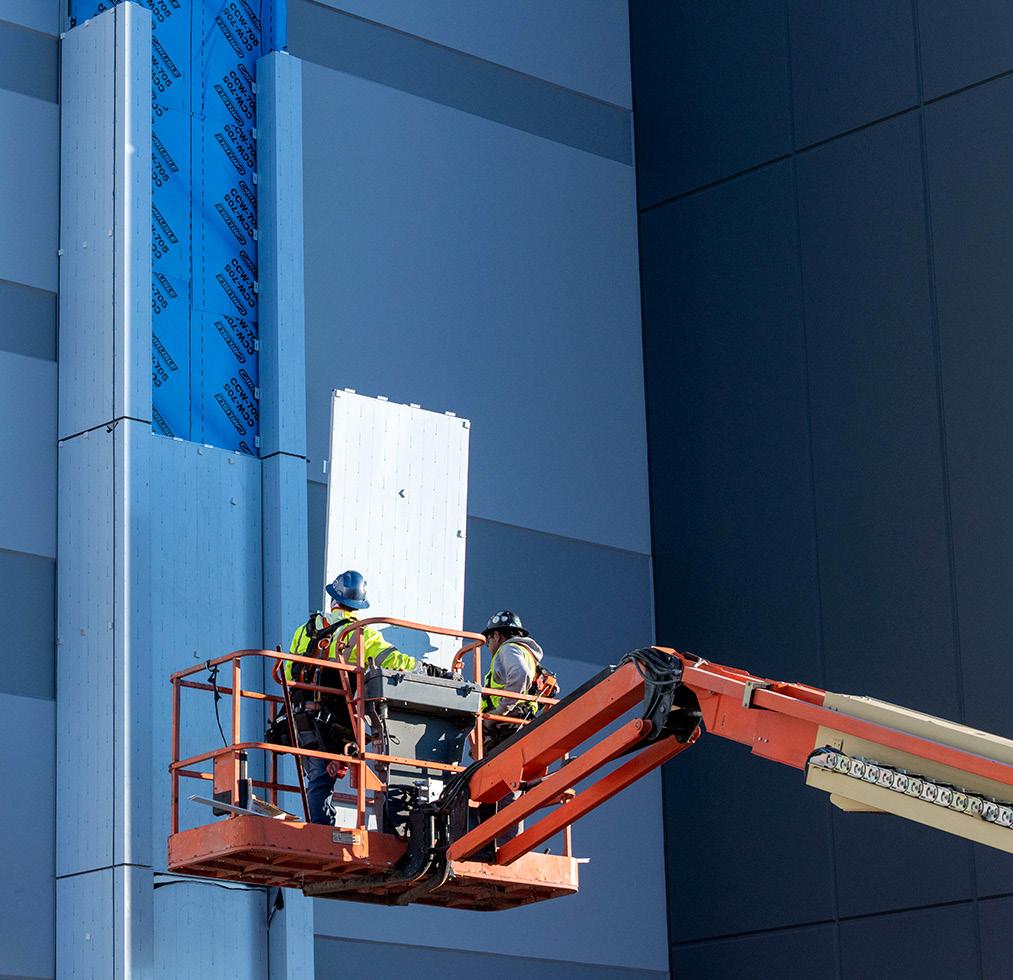
“It is crucial to manage costs effectively without compromising on quality or performance”
BRITTANY MILLER SVP OF CONSTRUCTION, NTT GLOBAL DATA CENTERS
Miller emphasises that a comprehensive understanding of different delivery models and effective risk management are essential in achieving cost efficiency. Drawing from her experience, she highlights the importance of strategic planning, meticulous project execution, and a relentless focus on scalability.
Under Miller’s leadership, NTT’s delivery organisation has experienced significant
growth, quadrupling in size over the past three years. This expansion has been accompanied by the opening of new markets and the establishment of build-to-suit capabilities – solidifying NTT’s position in the Americas.
When it comes to finding success in building and developing data centres, Miller highlights the importance of cost reliability. She explains that their journey began with a focus on standardisation. By understanding customer requirements and aligning them with their business model, they were able to standardise their product in the US. Starting with their Phoenix Campus

“People leave bad leaders, not bad companies”
BRITTANY MILLER SVP OF CONSTRUCTION, NTT GLOBAL DATA CENTERS
project, they replicated the design across all sites, which not only provided a better understanding of costs but also allowed them to identify and implement cost efficiencies.
“Standardisation has been key in improving predictability, cost control and scalability, while still accommodating necessary design innovations to meet client demands,” she says.
Similar to their cost efficiency approach, Miller underlines the significance of standardisation in managing project schedules effectively: “By adopting a basebuild core design approach, we created the infrastructure necessary to deliver capacity in alignment with demand curves.
TITLE: SVP CONSTRUCTION AND CRITICAL FACILITIES ENGINEERING AND DESIGN
COMPANY: NTT GLOBAL DATA CENTERS
Brittany Miller leads new data center construction projects which feature global industry standards, multi-story buildings, and massive capacity.


Prior to joining NTT, Miller spent four years leading teams in Microsoft’s Cloud Operations and Innovation business unit, helping to meet the unique challenges of a rapidly growing global business. She led a team that was responsible for global program management and governance along with AMER lease execution.
Previously, Miller held multiple positions at Intel over her 10-year tenure there. She led a global team of supply chain professionals from setting construction delivery strategy through the execution of large-scale construction projects.
Empty data hall at NTT data centrePURSUING THE GOAL OF A NET-ZERO FUTURE FOR DATA CENTERS WORLDWIDE.

Gary Johansen, VP Engineering at Cummins discusses how the business is working with clients and utilising new technology to achieve zero-emissions.
Operating in 190 countries with more than 70,000 employees, Cummins is a global enterprise and energy-to-power solutions provider. The business is driven by the goal of providing the right solutions for its customers to promote their sustainability ambitions, whether that’s regarding environmental, economic or community sustainability.
Destination Zero highlights Cummins’ ambitious goal of adopting a zeroemission footprint by 2050, through achieving zero emissions, waste and water usage within its operations. This not only applies to Cummins but to the business’ products in use too, as Cummins’ customers use fuel to operate the products, which of course, generates a carbon footprint.

To achieve these goals, Cummins is investing in a broad array of technologies that the business believes are meaningful and important for future

sustainability efforts. For example, Cummins is investing in fuel-cell technology through zeroemission space Accelera, which is converting hydrogen energy into electrical power. “We also recognise that battery energy storage is a very critical part of many of our applications moving forward,” Johansen says. “So, we’re investing in battery energy storage and fuel cell technologies, while also advancing core technologies of today, including internal combustion engines to run on low and no carbon fuels.”
Additionally, Cummins has also been advancing internal combustion engine (ICE) efficiencies and emissions for decades – and continues to provide heavy investments. “Our exhaust emissions technology and other critical components, such as fuel systems, air handling systems and electronic controls are all critical to reducing emissions and improving fuel efficiency,” Johansen explains.
“The world needs us to decarbonise our infrastructure, and Cummins is providing opportunities to do so, as we serve so many which are crucial to our communities. Because of this, I don’t think there’s ever been a more exciting time to work at Cummins, or in the power space.”
LEARN MORE SVP OF CONSTRUCTION, NTT GLOBAL DATA CENTERS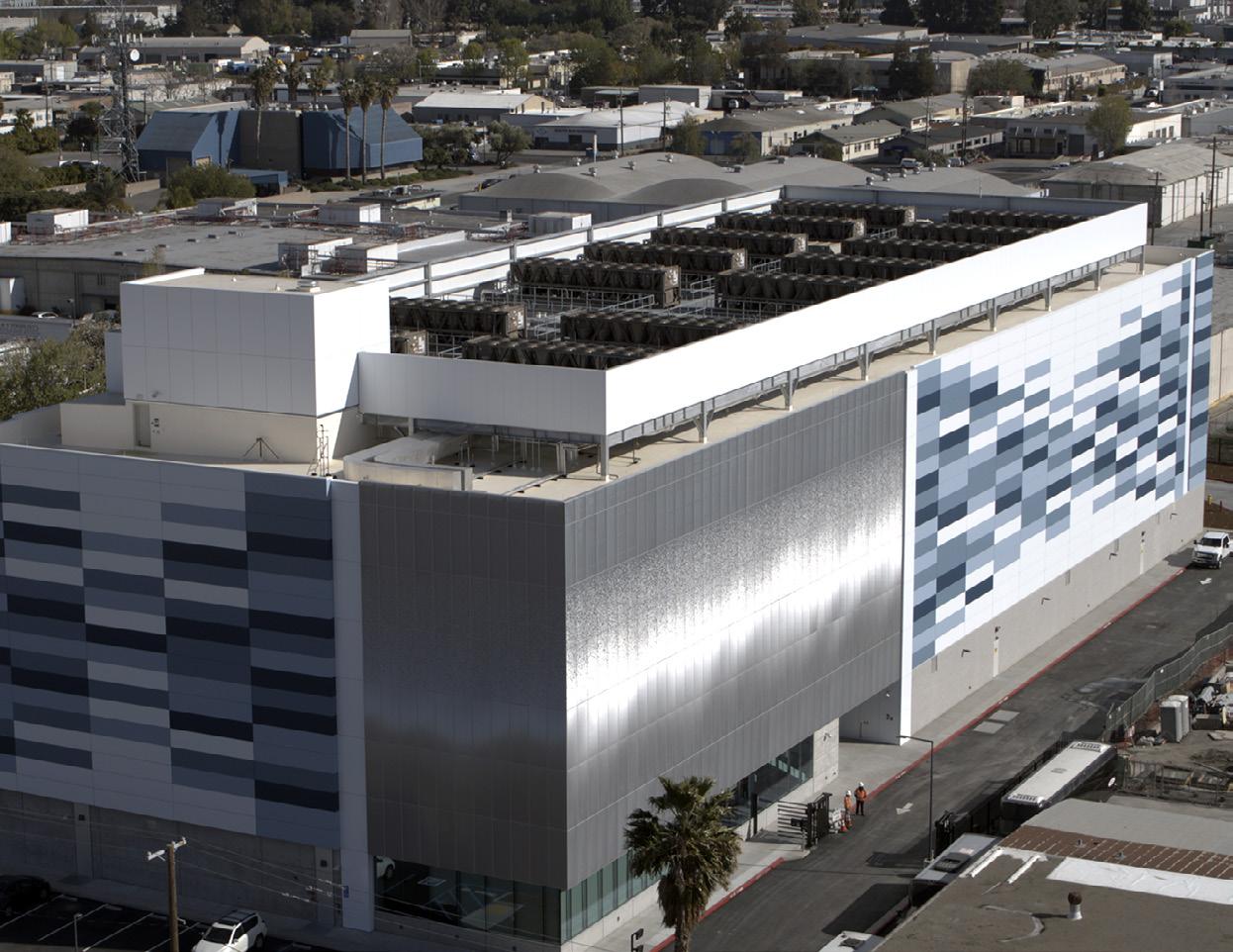
This strategic approach allowed us to scale rapidly while also providing flexibility to adapt the product based on customer requirements.”
Addressing the topic of scale, Miller underscores the two primary tenets that drive the company’s approach: cost predictability and scalability. Through their standardisation efforts – and the subsequent ability to streamline operations and improve efficiency – NTT has successfully achieved scalability while maintaining cost control and project predictability.
As we all know, supply chain challenges have truly been redefined in recent years, and it’s
BRITTANY MILLER“Standardisation has been key in improving predictability, cost control and scalability, while still accommodating necessary design innovations”
NTT’s Silicon Valley SV1 Data Center
no hyperbole to say that these disruptions have been unprecedented.
“However, by partnering with multiple suppliers in each equipment category and sharing our roadmap transparently, NTT ensures that suppliers have a clear understanding of our requirements.
“This collaboration enables effective planning, proactive decision-making and better management of supply chain risks,” she says.
Additionally, she points out that the standardisation of equipment across sites, allows NTT to leverage flexibility and move equipment as swiftly as needed, ensuring timely delivery: “Early commitment and close communication with partners facilitates timely responses to potential impacts during the production stage,

enabling us to make informed business decisions and agile adaptations.”
Miller emphasises the crucial role of having a talented and dedicated workforce at NTT. “Hiring the right people and providing them with the right support enables them to take ownership of projects and make decisions that impact NTT’s overall success,” she says.
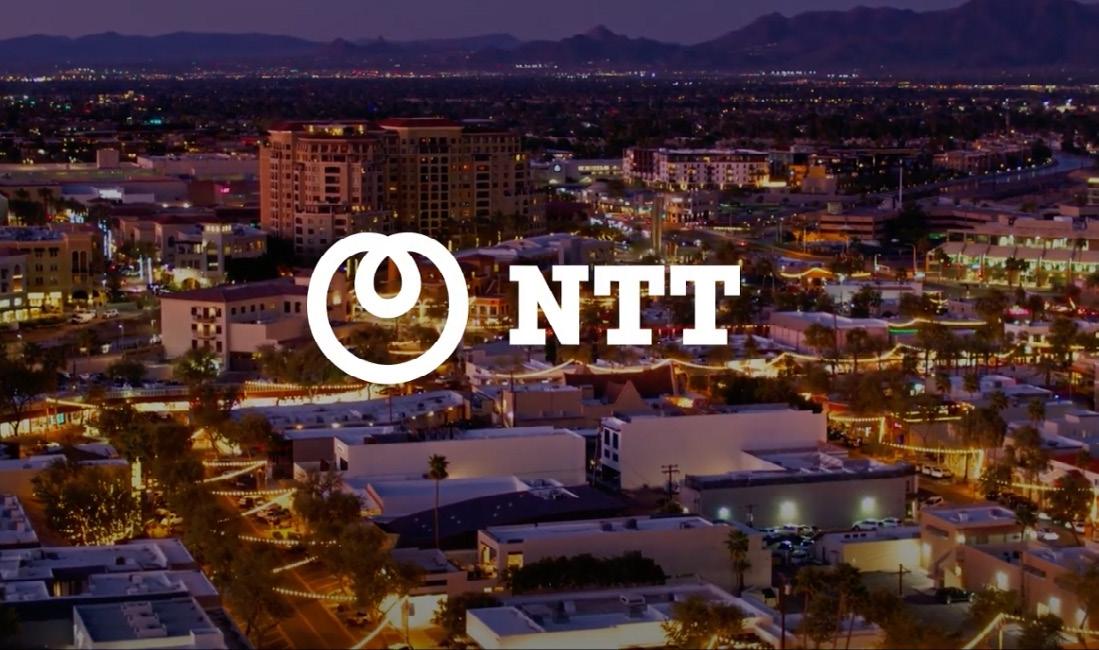
She draws from her experience at large tech companies, where working at a fast pace under pressure can be challenging.
“I believe that enjoying the work environment and having positive relationships with colleagues are essential for a fulfilling experience in any company.
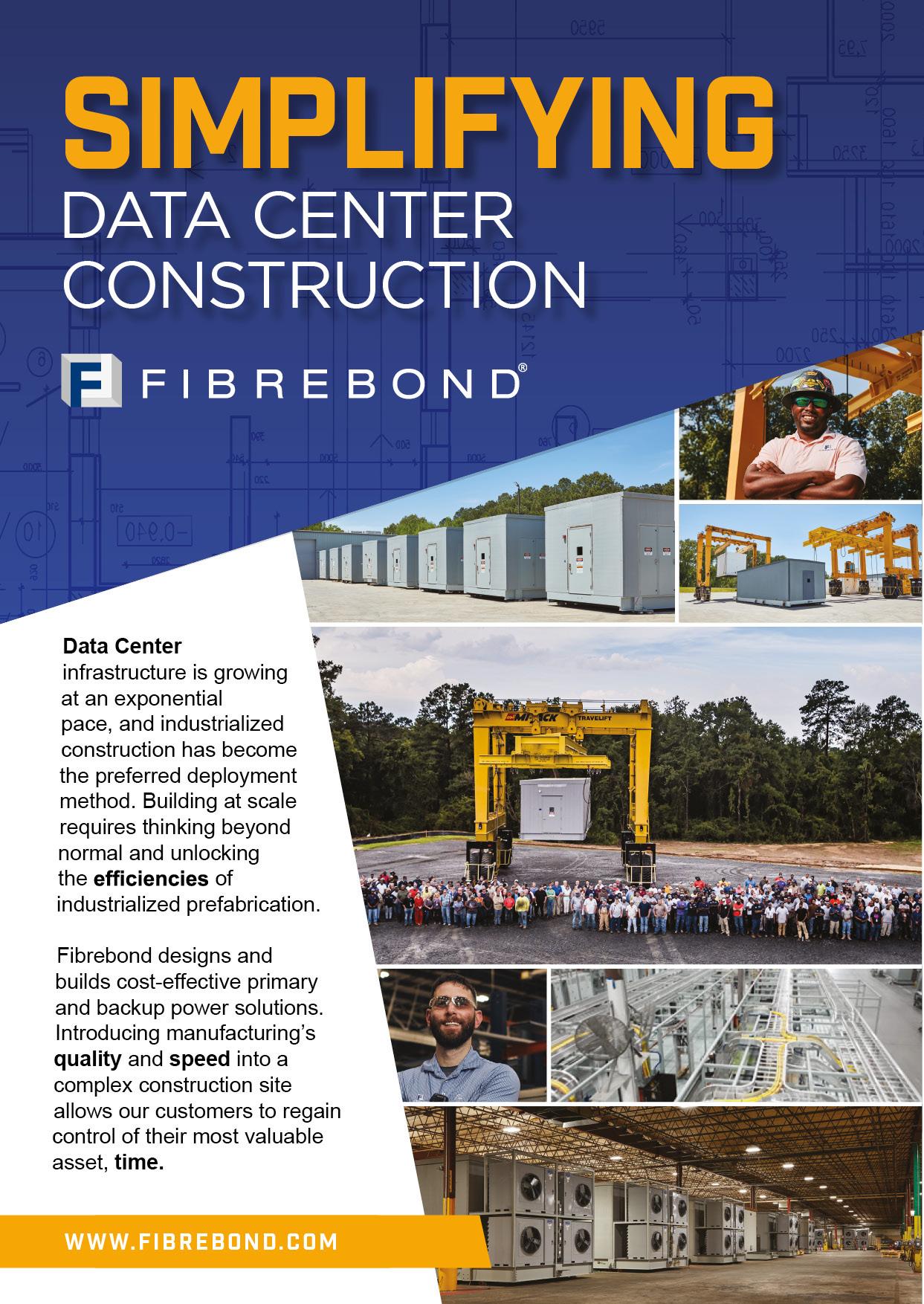

As the saying goes, ‘people leave bad leaders, not bad companies’.”
To create a workplace where people enjoy coming to work and working with their colleagues, Miller focused on building a strong team. Though many positions were initially outsourced, she took the time to carefully select the right leadership team.

“This deliberate approach paid off, contributing to the team’s ability to scale rapidly and quadruple the business in just three years,” she says. “The people and leadership drive this success, and my leadership style involves regularly checking in with team members and addressing any roadblocks.”
In terms of team composition, Miller believes it starts with establishing the desired culture and vision. NTT’s culture revolves around connecting people and enabling them to deliver, while the vision is to scale rapidly and enter new markets swiftly.
“With these goals in mind,” she says, “the focus was on building a diverse leadership team with varied backgrounds. The team includes individuals from the data centre industry with hyperscale knowledge, as well as professionals from adjacent industries like hospitals and semiconductors.”
NTT also recruited people with deep expertise in supply chain management, “even if they had no prior tech experience”.
“Despite the fast pace of work, leaders should remember that it is the collective effort of the people that drives the success of an organisation”
BRITTANY MILLER SVP OF CONSTRUCTION, NTT GLOBAL DATA CENTERS
“By bringing together diverse perspectives and capitalising on the strengths of each team member, we were able to create a cohesive and highly effective team,” she says.
Miller gives prominence to the fact that the success of the leadership team led to the replication of this approach throughout the organisation, ensuring a consistent and aligned mindset.
“The concept of ‘winning together’ resonates with the team, as all functions, including engineering, construction, and supply chain, operate under the same organisational umbrella.
“This integrated approach encourages collaboration and shared responsibility in problem-solving. The team fosters a culture of innovation, understanding that taking risks and learning from failures are vital for growth and improvement.”
To further strengthen the team and address the industry’s talent shortage, NTT has launched an internship programme in their construction organisation. This initiative aims to develop young talent and inspire them to pursue careers in the data centre industry. By providing valuable industry exposure and experience, NTT hopes to retain talent within their



organisation and contribute to the industry’s growth as a whole.
Since implementing the right teams throughout the organisation, NTT has experienced significant changes. One notable improvement has been a reduction in attrition, which had been high in the industry in recent years.

“The work being done at NTT, and the opportunity to contribute to building a new organisation with a strong foundation has generated a lot of excitement among our employees,” she says. “They appreciate the autonomy to create and improve processes, rather than following outdated methods that have been in place for many years. This sense of empowerment and continuous improvement is truly motivating for the team members.”
Miller points out that effective communication has also played a crucial role in retaining the team and fostering a positive work environment. She highlights the importance of consistently communicating the organisation’s vision and any changes that are coming.
“In fact, leaders should overcommunicate to ensure that everyone is aligned and understands the ‘why’ behind decisions and initiatives. Transparency in communication not only keeps employees motivated, but also fosters an environment of trust,” she says.
Expressing gratitude and acknowledging employees’ achievements is another significant factor in building a truly successful team.
“It’s actually very simple to say ‘thank you’ when someone does something awesome,” she says. “But it goes a long, long way.
Recognising and appreciating the hard work and dedication of team members through simple gestures like instant messages or emails can be very effective in boosting morale.”
NTT also implements initiatives such as ‘Coffee Connects’, where employees from different parts of the organisation come together virtually for a coffee break, fostering connections and collaboration. Regular all-hands meetings, monthly newsletters, and team-building challenges are other ways NTT creates a safe and open space for communication and connection.
Reflecting on her experience, Miller advises other organisations to prioritise listening.
“Truly hearing and understanding employees, whether it’s about their personal lives, challenges on projects, or any other concerns, is absolutely crucial.
“Leaders should actively remove roadblocks and support their team members. Building genuine connections with the team, remembering personal details about their lives, and showing care and support can go a long way in fostering a positive, productive work environment.
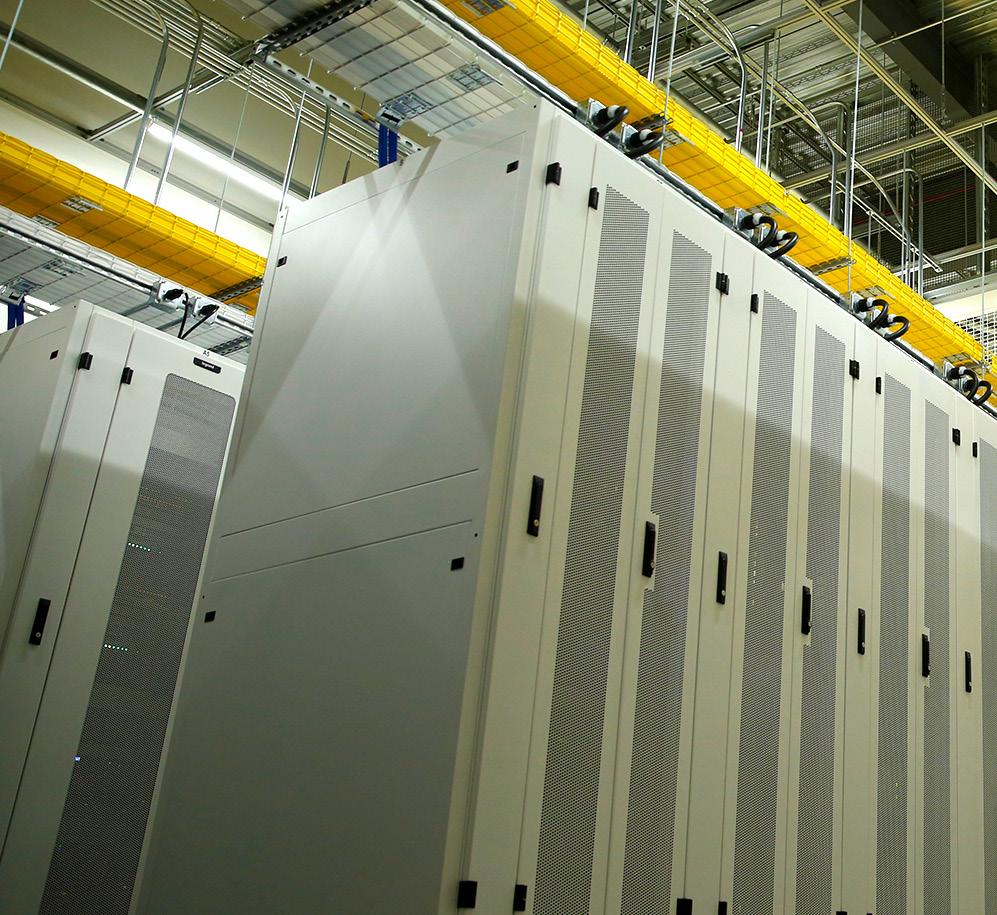
“Despite the fast pace of work, leaders should remember that it is the collective effort of the people that drives the success of an organisation,” she says.
Miller’s central message to the audience is to invest more in people, particularly in the construction industry. She says that taking care of employees and suppliers is crucial for the success of a company.
“By providing support, listening to their voices, and allowing them to be a part of the decision-making process, organisations
The explosion in demand for data centres has attracted the attention of investors of all types –growth capital, buyout, real estate, and, increasingly, infrastructure investors. In the US market alone, demand measured by power consumption –to reflect the number of servers a data centre can house – is expected to reach 35 gigawatts (GW) by 2030, up from 17GW in 2022, according to McKinsey analysis. The United States accounts for roughly 40% of the global market.
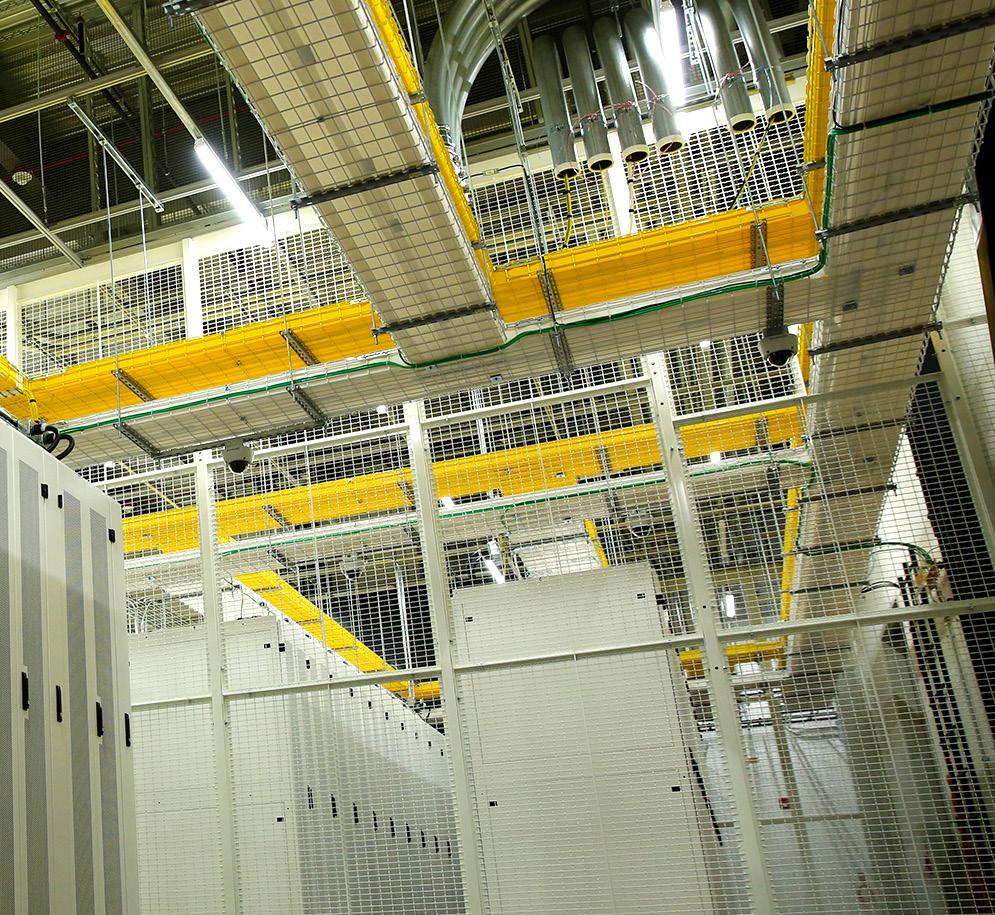
can harness the dividends of employee engagement and satisfaction.
“I believe that people want to be a part of something meaningful, especially in the post-COVID world, and involving them in shaping the organisation can yield significant benefits.”
Miller adds that construction, as an industry, is heavily dependent on people. Despite advancements in technology in various fields, the construction industry has not seen
significant progress in the last 60 years. Skilled labour in construction is limited, and there is no imminent threat of robots taking over jobs. She suggests that the industry should embrace diversity, allow people to work from different locations where possible, and challenge outdated norms.
“By prioritising the wellbeing and potential of individuals, the construction industry can unlock numerous opportunities for growth and success,” she says.
Regarding partnerships, Miller discusses three companies: Fibre Bond, Cummins, and Silent-Aire.
Fibre Bond has been a long-standing partner of NTT, helping standardise their data centres and innovate within the constraints of the industry. “Our partnership has been characterised by mutual collaboration, agility, and a willingness to challenge each other for better results – key criteria for any successful partnership,” she says.
Silent-Aire, another strategic partner, is a prominent player in the semiconductor and data centre industry. “With their reliability and substantial manufacturing capacity, Silent-Aire has become one of NTT’s primary suppliers.”

Cummins is a trusted supplier of generators in the data centre industry. “Although Cummins’ partnership with NTT is relatively new,” says Miller, “they have demonstrated reliability, effective communication of
risks, and a strong commitment to delivery.” She points out that NTT shares extensive information with their partners, allowing them to align their efforts and deliver the expected outcomes. She says the company “expects a positive future with both Silent-Aire and Cummins” as their “strategic partners”.
In the next 12 to 18 months, NTT’s focus will be on significant building projects. They have already secured customers for most of the capacity at their sites, and their major markets, including Phoenix,
Dallas, Hillsboro, Chicago, and Ashburn, will witness substantial construction, will witness substantial construction.
NTT plans to evolve their standard designs based on industry developments and address critical factors such as supply chain and power to enhance their competitive advantage in delivering future capacity.

Changes in the Industry’s Future Miller anticipates that the introduction of AI will increase spending from key technology companies and have a significant impact on the data centre industry, although the exact nature of this impact
is yet to be determined. Increased demand due to AI will likely require larger data centre footprint, which may necessitate alternative design and construction methods; as such, Miller predicts that power will continue to be a crucial conversation in the industry.
“The availability of power in different regions – such as the middle of the United States – may become a target market for companies seeking quicker access to power infrastructure,” she concludes.

Menopause is widely seen as a taboo workplace topic –this needs to change.
Menopause experts and executives from Leidos and Accenture explain why
WRITTEN BY: LUCY BUCHHOLZ
in the workplace are long behind us. In fact, employers that promote open conversations and provide supportive policies are becoming increasingly favourable.
Women account for 47.7% of the global workforce, yet still, there are many silent barriers that arise everyday. Although it’s commonly known that women face a great amount of adversity in the workplace, health concerns should not be one of them.
Hot flushes, night sweats, low moods, anxiety and problems with memory and concentration, are just a few of the symptoms that menopausal women can experience. Those used to a busy business environment will easily be able to understand how these symptoms can impact a woman’s professional career.
In fact, 10% of women shared that they left their job because of menopausal symptoms, 14% had reduced their working hours and 8% of women expressed that symptoms had deterred them from applying for promotion, according to The Menopause in the Workplace report.

Menopausal women are the fastest growing demographic in the workforce – nearly
8 OUT OF 10 menopausal women are in work
he days of being unable to talk about women’s health issues








A modern network must be able to respond easily, quickly and flexibly to the growing needs of today’s digital business. Must provide visibility & control of applications, users and devices on and off the network and Intelligently direct traffic across the WAN. Be scalable and automate the process to provide new innovative services. Support IoT devices and utilize state-of-the-art technologies such as real-time analytics, ML and AI. And all these must be provided with maximum security and minimum cost.
This is the power that brings the integration of two cloud managed platforms, Cisco Meraki and Cisco Umbrella. This integration is binding together the best of breed in cloud-managed networking and Security. cisco.com





What’s more, 44% of polled women shared that menopause symptoms affected their ability to work, 61% felt that symptoms caused them to lose motivation to work and 52% had lost confidence.
But, it doesn’t stop there. Almost three quarters of women reported feeling unsupported whilst experiencing menopause at work, with a whopping 41% stating that they had seen either the menopause or menopause symptoms being treated as a joke by peers. Not only do these statistics demonstrate the adversity that every working woman, at some point, will face, but also the imperative need for businesses to take menopausal support seriously.

“We are proud to be a menopausefriendly employer and strive to support women, and all our people, with their hormonal health”
JILL ROSS MANAGING DIRECTOR, ACCENTURE


Businesses can support menopausal individuals by implementing small strategies that have a big impact:
Provide education and training to create awareness among employees about menopause, its symptoms, and its impact on women's health and wellbeing. This can help reduce stigma and foster a more supportive and understanding work environment.
By offering flexible working arrangements, employers are accommodating menopausal symptoms. This flexibility can help individuals manage symptoms and maintain productivity.
Create a comfortable working environment by ensuring offices are well ventilated, temperature control and individuals have access to personal fans. Consider providing comfortable seating and access to private spaces for relaxation or self-care.
Promoting open and supportive communication is key to creating a positive working culture where employees feel comfortable discussing menopause-related concerns.
Ensure existing policies are inclusive and supportive of menopausal women. This may involve reviewing sick leave policies and accommodation policies, for example, to ensure they adequately address the needs of menopausal employees.
“Menopause and the symptoms associated with it are still seen as taboo,” says Haley White, Founder of Menospace. “There’s an assumption that menopause only happens to older women, when in fact, menopause can happen at any age.

“Employers have a responsibility for the health and safety of their employees. The number of tribunals citing menopause has tripled, yet staff training and the right policies are still lacking,” White adds. “Employers and managers need to realise that this is not something that is going to go away or that can ‘be fixed’. It’s something that every woman goes through and it affects all of us – including men.
“The more we talk openly about this, the less embarrassing it becomes. Organisations should start with training for both male and female line managers, run sessions that allow and encourage women to share their

“We recognise that in the workplace a lack of knowledge and awareness around the menopause, and a fear of speaking out, can negatively affect people’s health”
ALISON NOON-JONES VICE PRESIDENT & HR DIRECTOR, LEIDOS UK
experiences, as well as having menopause policies in place. Organisations need to remember that this is not a box-ticking exercise – women’s health issues need to be taken seriously and embedded at all levels throughout the organisation.”
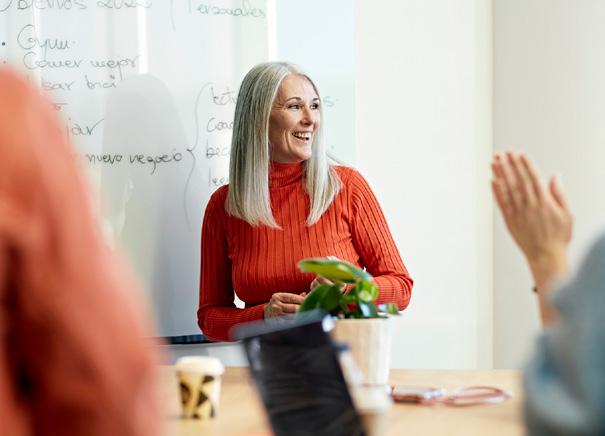
Increased exposure to women’s health issues – particularly the menopause –is causing more businesses to pioneer change.
Fortune 500 technology solutions company Leidos, is just one company leading by example. With a global workforce of over 44,000 women, the business is committed to creating a culture that welcomes diversity, attracts new talent and provides development opportunities enabling every employee to thrive.

“Leidos employs thousands of women around the globe,” says Alison Noon-Jones, Vice President & HR Director, Leidos UK. “We recognise that in the workplace a lack of knowledge and awareness around menopause and a fear of speaking out, can negatively affect people’s health. That is why we have introduced a menopause support programme to help all Leidos employees.
“This includes adding menopause support to our healthcare packages – enabling staff to access specialists with ease – hosting regular internal support groups for our staff, making sure all our managers undergo awareness training, and also even running joint workshops with many of our clients too. This creates an open and supportive workplace culture that continually informs and educates the employee base, while empowering women.”
The business also provides the “Leidos Life” programme, which provides flexibility and support in ways of working.


Noon-Jones adds: “Our renewed focus on policies such as the Menopause and Women’s Health Policies have enhanced our ability to both attract and retain a population of female employees who may have ordinarily struggled with personal recognition. We continue to celebrate the successes of our highly talented female workforce and look forward to making continuous and recognisable progress in the years ahead.”
IT services and consulting company, Accenture has also incorporated women’s health considerations into its comprehensive health and wellness package. This includes a digital healthcare application designed to assist individuals during significant life stages such as fertility, early parenthood and menopause. Accenture also integrated Peppy into its healthcare offerings, granting individuals access to menopause specialists who provide guidance through chat, personalised programmes, events and virtual consultations.
Jill Ross, Managing Director at Accenture affirms: “Menopause can no longer be taboo at work. We are proud to be a menopause-friendly employer and strive to support women, and all our people, with
their hormonal health and create a culture where everyone feels a sense of belonging.
“By having better information and open conversations, organisations can go some way to dispelling myths about the menopause and empower their people. Breaking down barriers on the menopause helps us all to be better leaders and colleagues and forms part of our journey to becoming one of the most inclusive companies in the world."
The future of women’s health Change is happening – but not at a quick enough pace. Rather than seeing women’s health as a female problem, employers need to understand that they impact the entire business.
“Workplaces need to remove the taboo and any barriers around the subjects – staff training is key,” White adds. “It’s wonderful that we have seen a huge rise in the wellbeing and mental health support in the workplaces, but employers need to start taking women’s health issues just as seriously. After all, the two are linked.”
Once the perspective on these topics change, we can only hope that women will receive the support they deserve, making them less inclined to cut their careers short.
“Our renewed focus on policies such as the Menopause and Women’s Health Policies have enhanced our ability to both attract and retain a population of female employees”
ALISON NOON-JONES
VICE PRESIDENT & HR DIRECTOR, LEIDOS UK

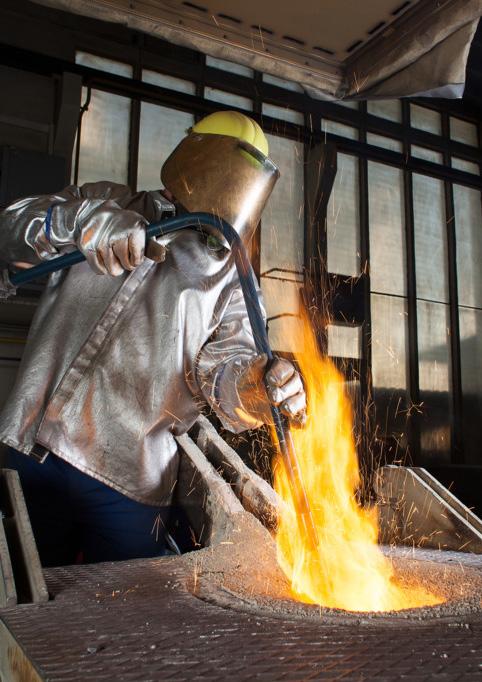



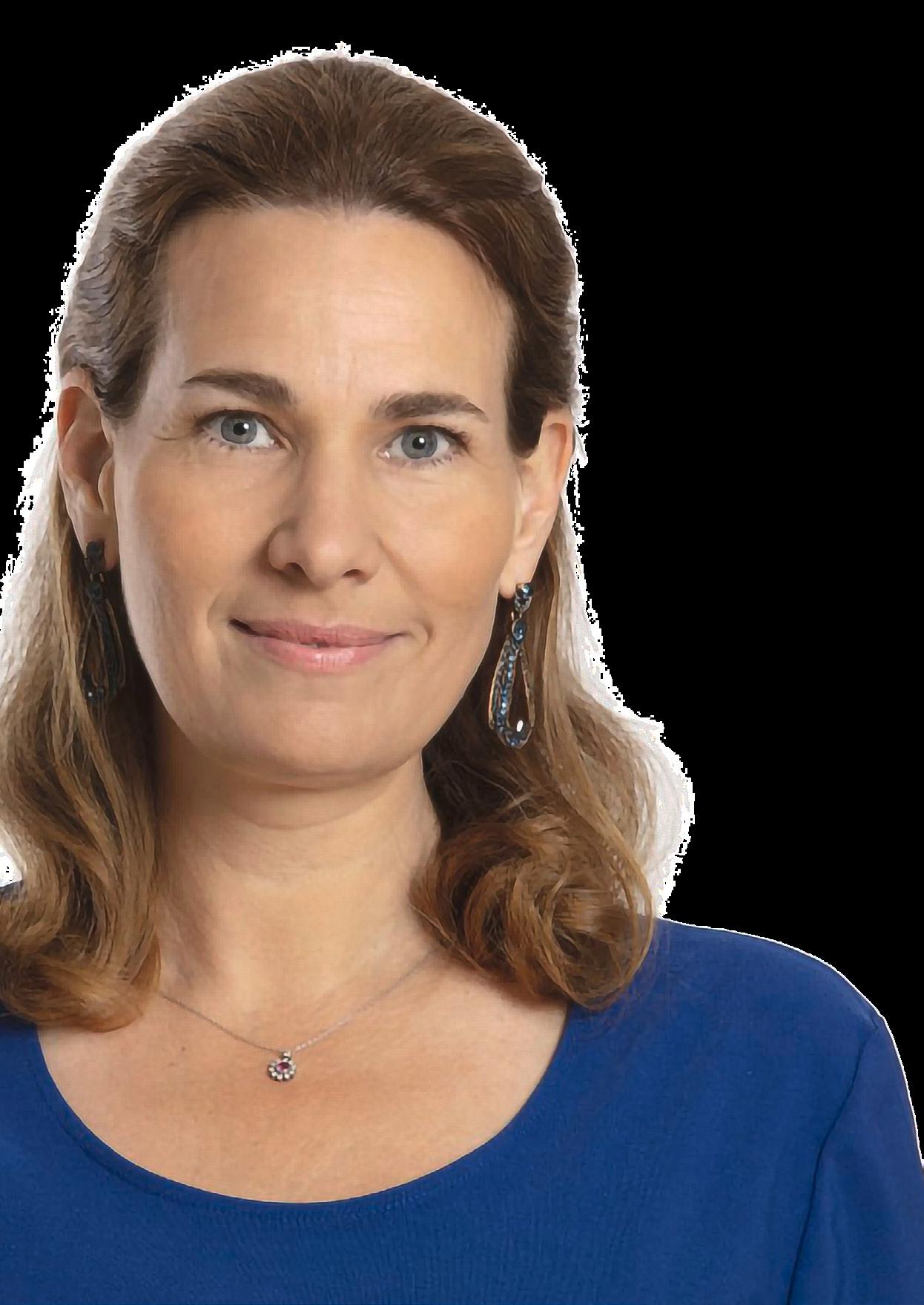 Simone Oremovic: Executive VP People, Projects & SCM, RHI Magnesita
Simone Oremovic: Executive VP People, Projects & SCM, RHI Magnesita
SIMONE OREMOVIC EXECUTIVE VP PEOPLE, PROJECTS & SCM, RHI MAGNESITA
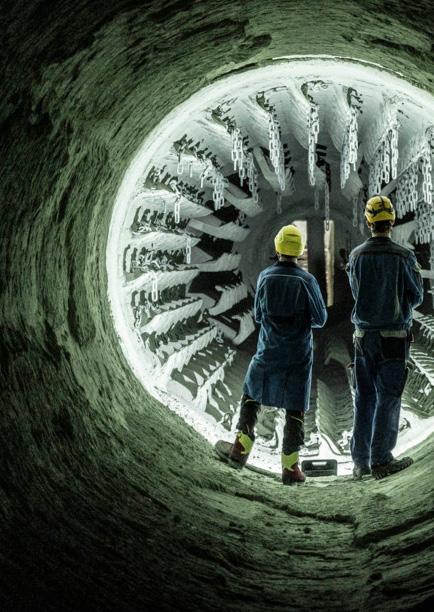
“Asking for help is a sign of strength, not weakness”
33 Main production sites (incl. raw material sites)
100+ Countries shipped to worldwide
5 R&D hubs and centres
Overseeing RHI Magnesita’s supply chain – and much else besides – is Simone Oremovic, whose three-pillared title is EVP, People & Culture, Supply Chain Projects, and Integrations.
“Ours are not well-known products most of the time but are essential for our modern lives,” says Oremovic. “They’re needed in the production of steel, cement and glass. So the construction industry needs us. The car industry needs us. In mobile phones, there are components that couldn’t be produced without refractory.”
“If we stopped production,” she says, with a serious look, “we would stop steel-making production worldwide within a few weeks.”
Dolomite and magnesite are the core product the company uses, and these are extracted via mining activities.
“We have some mines ourselves,” says Oremovic, “but sometimes we need to buy raw material on the market.

The company’s biggest mine is in Brazil, and it also has mines in the US, China, Turkey and smaller ones in Europe, including Austria. “We obviously also try to match our production footprint to the existence of the raw materials,” she explains.
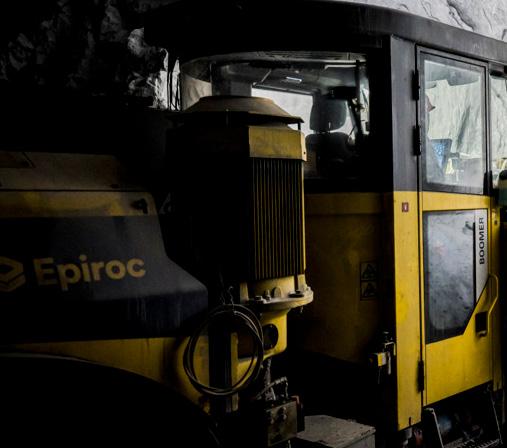
The pandemic was a huge challenge, and was the catalyst for RHI Magnesita to transform its supply chain, particularly around logistics.
The company has shifted from a very centralised global model to a much more regionalised model.
“We can say we’re a very reliable partner again for our customers, and that’s what counts”
SIMONE OREMOVIC EXECUTIVE VP PEOPLE, PROJECTS & SCM, RHI MAGNESITA
TITLE: EXECUTIVE VP PEOPLE, PROJECTS & SCM
COMPANY: RHI MAGNESITA
INDUSTRY: SUPPLY CHAIN
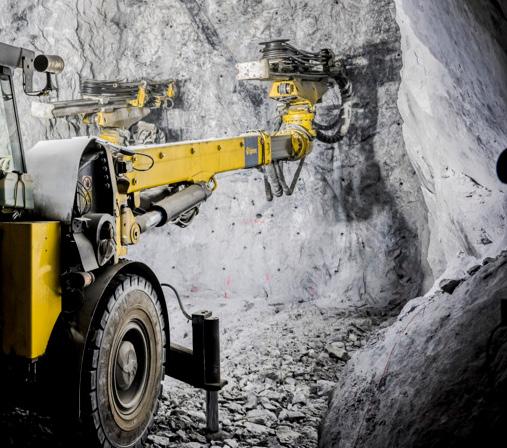
LOCATION: VIENNA, AUSTRIA
Senior Executive with 25 years of experience in the field of People & Culture, Communication, Project Management and Supply Chain. Experience gained in various industries as well as in consulting environment. Strategic partner with strong execution focus, roles in corporate and line function operations established a wide professional network thereby. Cultural sensitivity and language capabilities through multiple assignments and studies in different countries
worldwide. Strong external orientation through Board Member role with guest speaking at conferences and publications.
Specialties: HR Strategy, Leadership Development, Talent Management, Compensation & Benefit, Recruiting, Learning, Coaching, works council interface, Strategic portfolio management, Six Sigma Master Black Belt, agile project methodology, Internal communication, PR strategy, Supply Chain strategy, Logistics, IBP Cycle.


“Today it’s about being closer to our markets and customers – giving them the confidence we are here, and that the accessibility to our products is here.”

Such a transformation required that the company ask some fundamental questions of itself.
“The choice we faced is whether we wanted to be a transportation company in addition to being a refractory company? We asked this question because we were so disrupted by the pandemic, and this left us feeling so suddenly dependent on our transportation and logistics providers.” In the end, the company decided that
it did not wish to be a logistics company but that it did need to change its approach to transportation.
“We realised we could no longer be opportunistic, buying a container here, a container there, and cancelling one here or there. We needed partnerships.”
She adds: “We made a conscious choice to strike strategic alliances with transportation and freight forwarding companies. We needed them to commit to volumes, but also to a sustainability roadmap that we could embark on together. Data sharing was another important part of it.”
SIMONE OREMOVIC EXECUTIVE VP PEOPLE, PROJECTS & SCM, RHI MAGNESITA
“We made a conscious choice to strike strategic alliances with transportation and freight forwarding companies”
Setting itself down the route of partnerships also meant the company had to adapt its processes.
“With the processes, we opted for a transportation management system. We have invested in software but also new skills, capabilities and ways of working – because such things only work when you work holistically, from top to bottom.”






So what difference has the transformation made – both to RHI Magnesita and its customers?
“Before, things were very operational,” says Oremovic, “Once we had products to ship we looked at the best options to transport. We bought the transportation, and we shipped it. Now, three things are very different.”

The first, she says, is the company’s data intelligence: “We know much better in advance how much we need, from where, to where, and what the best routes are. Our approach to quality and professionalism has changed.”
She adds: “It was a big investment, not just in tech, but also people. We’ve upgraded the team, and have invested in headcount. You need the right people with the right mindset and skills. Of course, you also need processes to help them.”
The second big change is its investment in information technology.
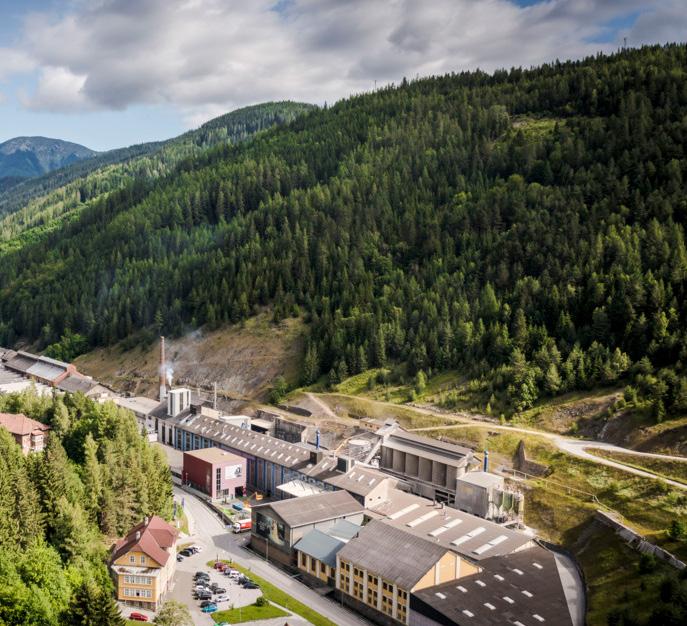
“Visibility is something we now have more and more in our company, not just in supply chain”
SIMONE OREMOVIC EXECUTIVE VP PEOPLE, PROJECTS & SCM, RHI MAGNESITAUse more image captions as often as possible
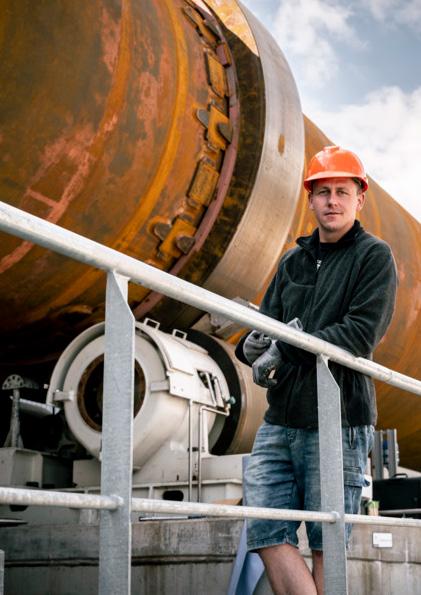
“We have partners on the IT and system side, who have helped provide end-toend visibility,” she explains. “Visibility is something we now have more and more in our company, not just in supply chain.”
The third pillar of change is the company’s new-found partner ecosystem. JAS Freight Forwarding is one such partner. “They’re now an exclusive partner for us in certain regions,” says Oremovic.
RHI Magnesita’s partners have helped it shorten its supply chain in technology terms, even if physically it is the same size.
“Mines are mines,” says Oremovic. “They are where they are; you can’t move them. So the production footprint has not changed, but the demand planning has.”

“We knew we needed better transparency on inventory. How much coverage do we need? How regional can inventory be?”
She adds: “In the past we had a simplistic view. Sales tells you what you need to produce, make a demand plan, translate this into production, and that was it.
“But now, we challenge this much more. How much safety buffer is in the demand plan? How reliable is it? How good is the data? This is now the starting point.”
“A supply chain is optimised only when input data is reliable. This wasn’t any big system implementation. There was no big capital expenditure. It was a mindset change, and that’s often the hardest. It’s hard to tell every single salesperson to do things differently, but this is where we started.”
A big focus in the transformation process was on inventory.
“We knew we needed better transparency on inventory,” Oremovic says. “How much coverage do we need? How regional can the inventory be? How can we optimise the warehousing strategy? These were the kind of answers
we needed, so this is really optimising the core part of the supply chain, and it’s hugely important as it’s linked to working capital.”
Optimising transport was another area of focus. To do this, the company looked at a regional-for-regional model.
Oremovic says: “We rearranged our footprint, which was very complex for us, by looking at what production could be done somewhere else by product transfers. Product transfers can take months but we have done this in certain instances to regionalise things more.
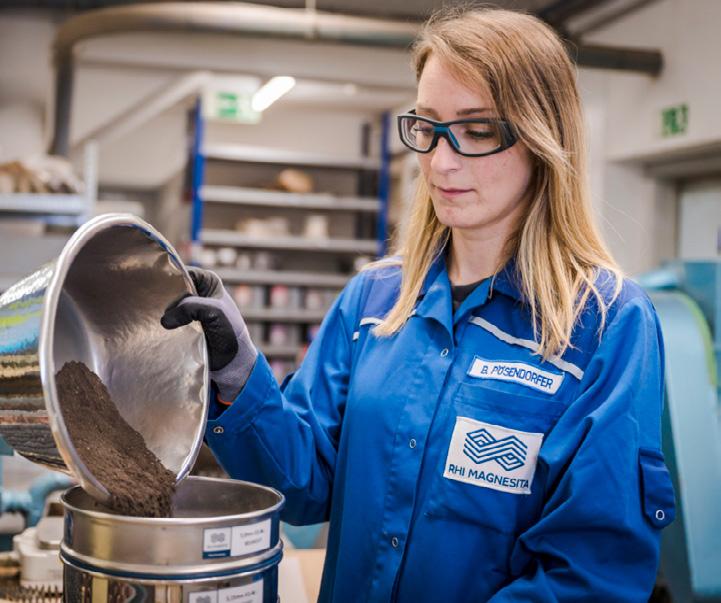
“This is a learning out of the pandemic, because we saw how dependent we were on transportation, and how painful it was to see ports closed, borders closed and workforces being unavailable.”
This all means the company is also more resilient.
“We’re better prepared in terms of data, knowledge,
“We’re better prepared in terms of data, knowledge, transparency, and forecasting capabilities, which cannot be underestimated”
SIMONE OREMOVIC EXECUTIVE VP PEOPLE, PROJECTS & SCM, RHI MAGNESITA
transparency, and forecasting capabilities, which cannot be underestimated. We are better prepared because we have strategic partners but also because we are much more regional.”
So much for the benefits to RHI Magnesita of the transformation; what about the benefits to its customers?
“The biggest benefit for our customers is the reliability of our products,” says Oremovic. “At the end of the day, what’s a customer’s biggest need? They want products on time – so the big plus for them is that everything arrives in full and on time.“
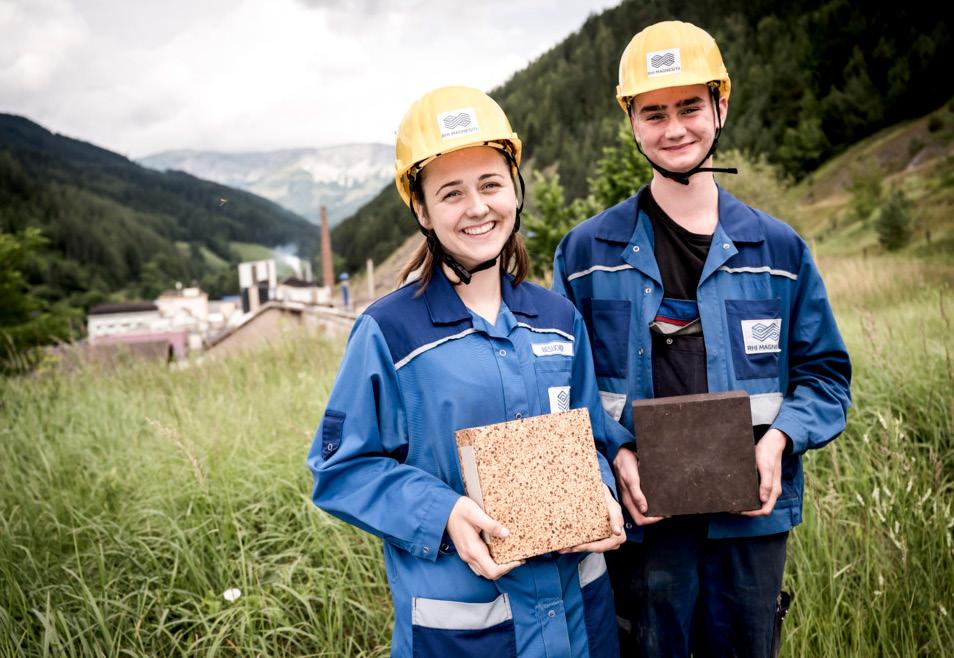
But she concedes that certain customers prize other things just as highly as reliability.
“It’s also the service we give in addition,” says Oremovic. “Sometimes it’s the price component, or it’s also the fact that we are flexible in how we adapt certain products
13.5K+ Employees €3.3bn 2022 revenue €77mn Investment in R&D and Technical Marketing including low-CO2emission products
1.5K+ Active patents
RHI Magnesita sustainability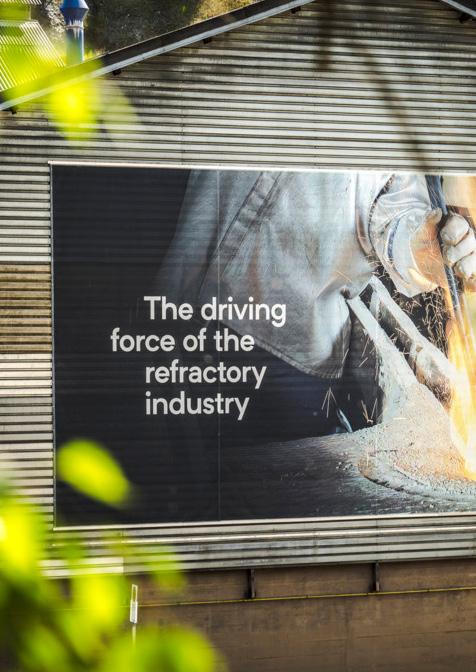
for customers. But ultimately, once you have an agreement with a customer they all want what they have ordered in time.”
“We have improved our delivery massively. We had moments where we had a very low-score percentage on deliveries, due to all these disruptions. Non-availability of raw material. Nonavailability of labour, due to COVID. Shifts that we had to shut down. Transportation that wasn’t available. Energy prices that were crazy.
“This is why we had to rethink. And now we can say we are a very reliable partner again for our customers. And that’s at the end of the day what counts.”
But amid all the changes, the biggest challenge was taking its people along with it on the transformation journey – something for which Oremovic was uniquely qualified.
“I came with 20 years’ experience of people and culture, particularly on leadership and integration work,” she explains. “This was the reason I was hired. I joined at a time when RHI and Magnesita merged – the numbers one and two in the market. They brought me in because of my people-management experience.”
She adds: “as well as people management, supply chain is a big part of my job. Some might say supply chain is very different to a people-and-culture job but I don’t think so, particularly when you get to executive level. You need a vision, you need to inspire, and to give guidance and clarity. You also need the right people with the right mindset and skills.”

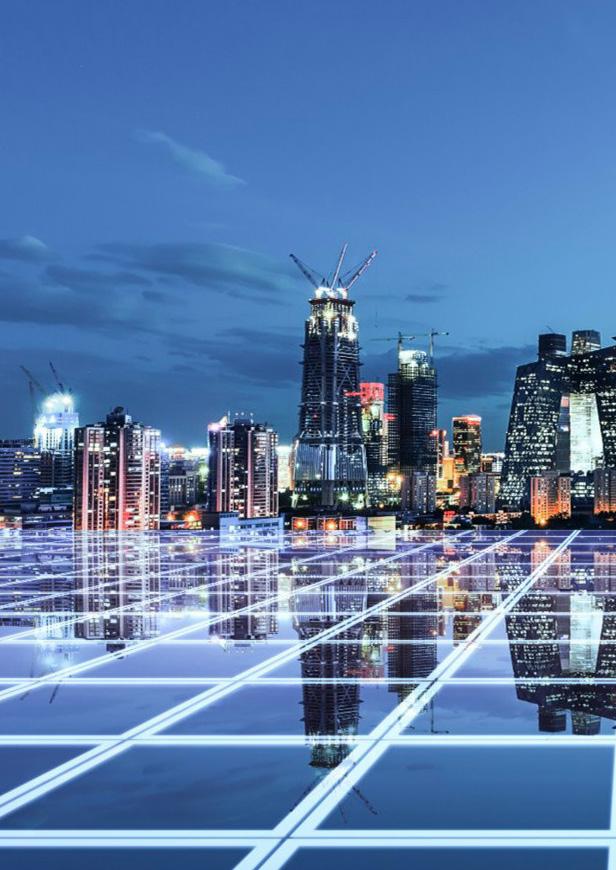
Smart cities. A term we’ve all heard, but may not know a great deal about. By leveraging and recognising the role and opportunity of technology, smart cities can create a more prosperous, vibrant and resilient urban environment for all – boasting less traffic, better use of space, cleaner air and more efficient civic services, all of which increases the quality of life.
Although smart cities are hailed as the ‘future’, it’s important to know that there are a number of intricate steps needed to get there. “The three factors that distinguish smart cities from traditional cities are: Collaboration, data and future focus,” says Colin Tetreault, Senior Manager, Climate Change and Sustainability Services at EY.
“Not one organisation holds the key to smart cities; rather, it is a consortium of government, private sector, academic, NGOs and community grassroots efforts. These collaborations create opportunities, not only for established players but also for emerging sectors and city residents, too. This participatory approach empowers the public, policymakers and enterprises to make more informed, real-time decisions that drive innovation.

Smart cities reduce pollution, traffic and homelessness, to name a few. But how does tech play a vital role in achieving these future utopian metropolises?
“Likewise, a smart city means coupling a data-driven approach with one of equity and empathy. To successfully develop a smart city, data itself is not enough. It is critical for leaders to think with the heart and act with the mind.
“Finally, instead of reacting to the advancement of technology, smart cities need to anticipate and drive innovation forward. Focus on integrating technology into the existing operations of the city to create true value for all residents.”
The first step to strengthening cities’ sustainability programmes is to empower the private sector to partner with communities and governments on their innovation efforts. Climate change is undeniable and is already having a profound impact on people's lives. Today, the challenges confronting communities are significant and pronounced – to overcome these obstacles and maximise opportunities, city officials need to embrace a proactive, data-driven approach that smart cities require.
Technology: The key to the future
Smart cities have one overarching aim: To solve problems. The more problems a city platform can solve, the more likely it is to be adopted. To do so, smart and innovative cities incorporate various technologies, such as hybrid energy systems.
Hybrid energy systems facilitate the seamless flow of renewable energy production, storage and consumption

“Technology helps us understand the movement of goods, ideas, people and services in a safe, effective, affordable and efficient way”
COLIN TETREAULT SENIOR MANAGER, CLIMATE CHANGE AND SUSTAINABILITY SERVICES, EY
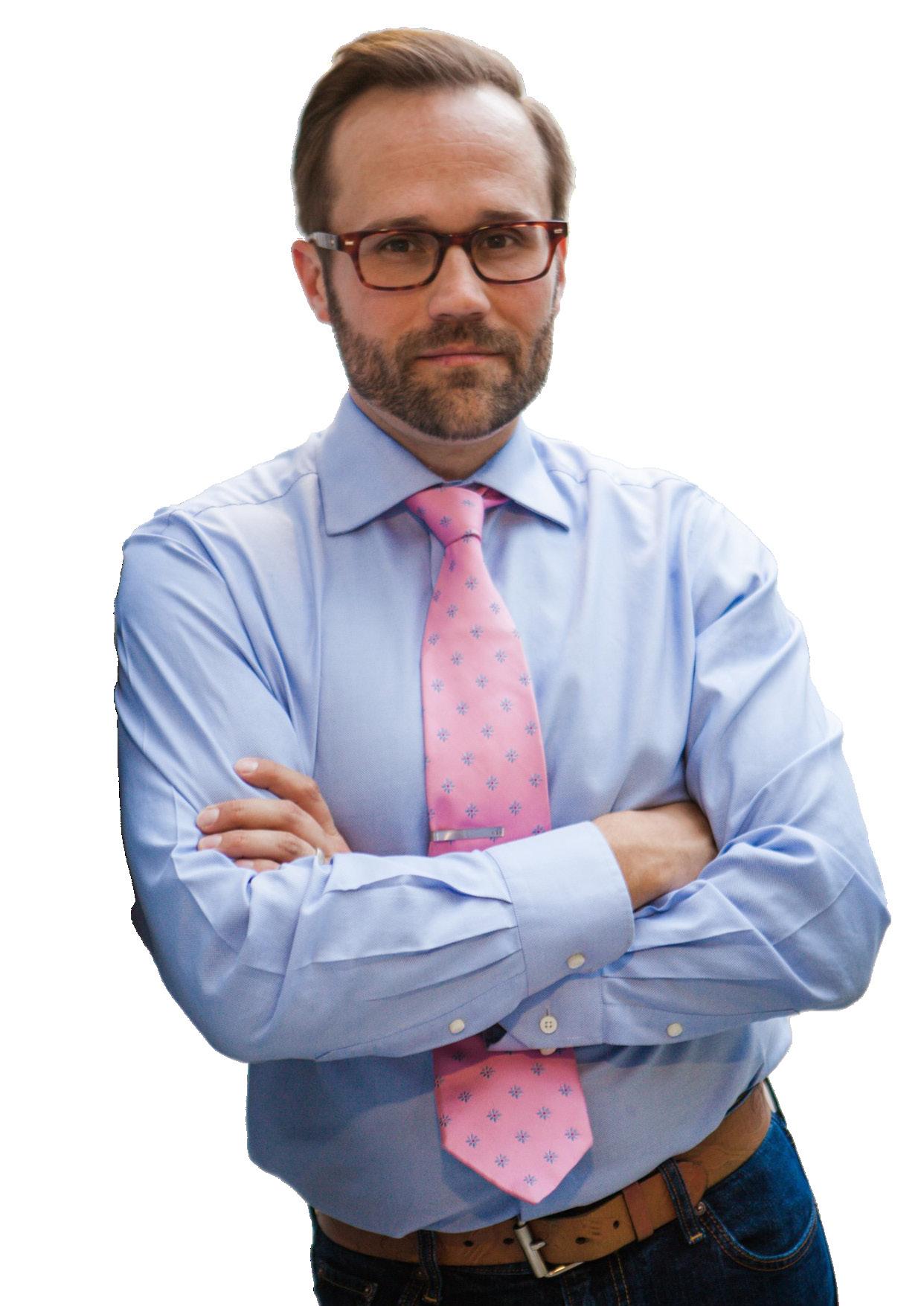
What if resiliency isn’t about withstanding today but envisioning tomorrow?


• Become data-driven and transparent.
• Map and understand where and to whom climate transition risks will impact and how much – share that information, proactively and regularly.
• Chart the economic impact associated with not taking action to mitigate the likely effects of climate change on a city’s people and its businesses.
• Lay out a plan to mitigate the impacts of and adapt to the associated changes while also factoring in opportunities for economic development in the community.
• Roll up the sleeves and get to work on making a better community for the future, today.
across buildings, power grids and heat networks. Economic incentive schemes, such as tenant electricity models, enable users to be both energy consumers and producers.
Additionally, multimodal transport systems – powered by renewable energy – integrate public transport, electric vehicles, charging technologies and advanced booking, routing and information systems, while reducing the dependency on private cars.
“Technology helps us understand the movement of goods, ideas, people and services in a safe, effective, affordable and efficient way,” Tetreault adds. “When we gain line of sight into emerging or present issues – quickly and more reliably – we can craft better interventions and solutions.
“The potential for technology to address homelessness is just one example.
Technology can help provide dynamic insight into shelter availability in real-time, thereby informing city officials of resource needs. Data can also uncover gaps in social services to better, more quickly and more effectively serve a community’s needs.”
Tetreault continues to explain that it may help government agencies prioritise infrastructure projects, such as road repairs. It also presents opportunities to build resident-facing apps that can help connect residents with resources, including food or transportation. With solutions that inform residents of safety hazards, such as natural
disasters, cities can help protect citizens and easily communicate updates on events and services.
To effectively measure and track a city's progress in becoming smarter and more sustainable, it’s crucial that cities identify their ultimate objectives.
Cities must ensure they are actively working towards these goals and addressing the most relevant issues within their specific context, considering factors, such as geography, culture and local organisations.
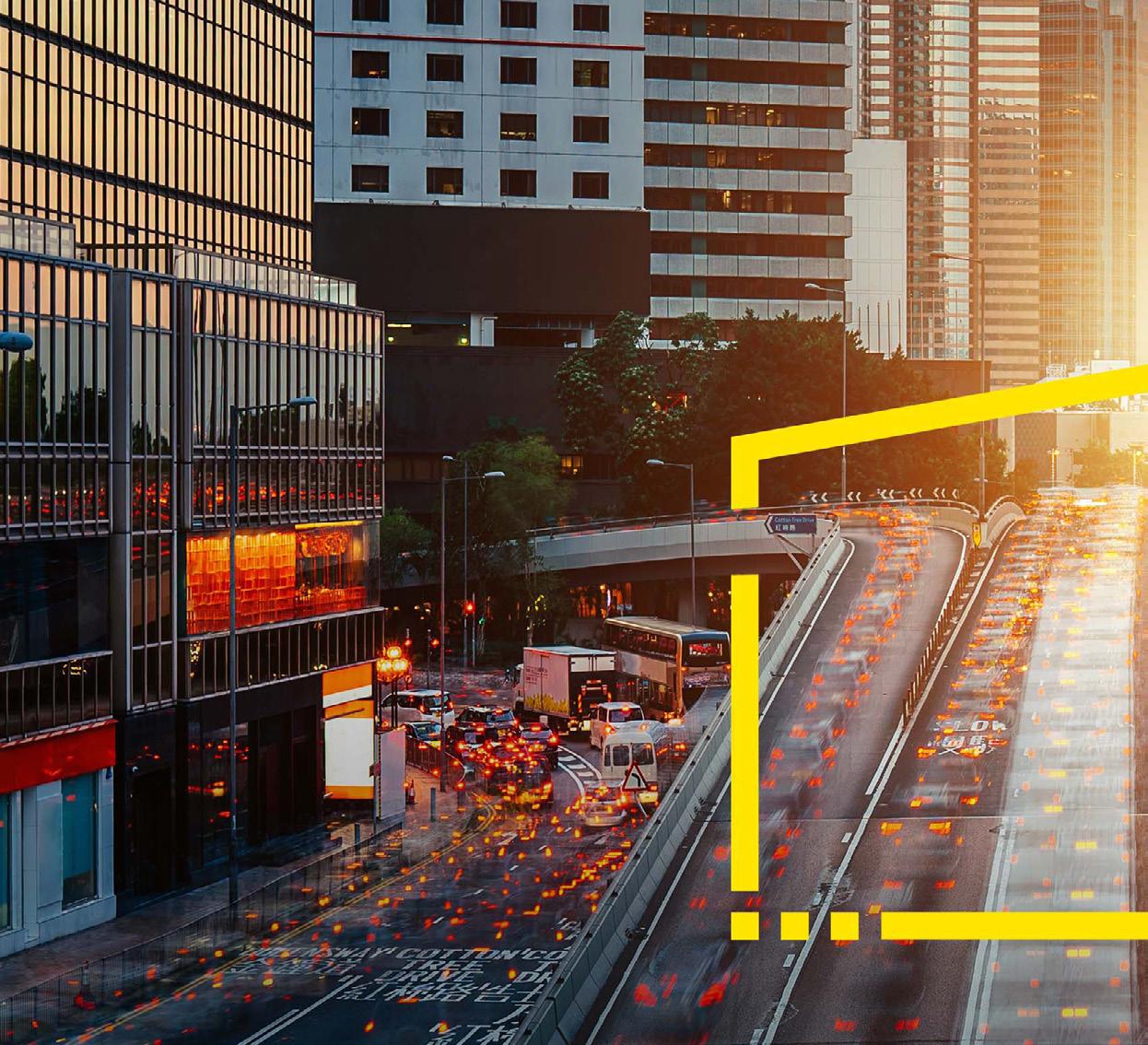
Adopting a data-driven approach with empathy is also a key factor. Balancing compassionate leadership with informed decision-making and leveraging data, allows for the greatest impact. Prioritising key performance indicators (KPIs), such as health and wellness, which are universally applicable, helps gauge progress across all communities.
Open data portals and communitydriven dashboards also serve as valuable tools for tracking, highlighting and informing stakeholders about progress. This provides support for both present and future goals.
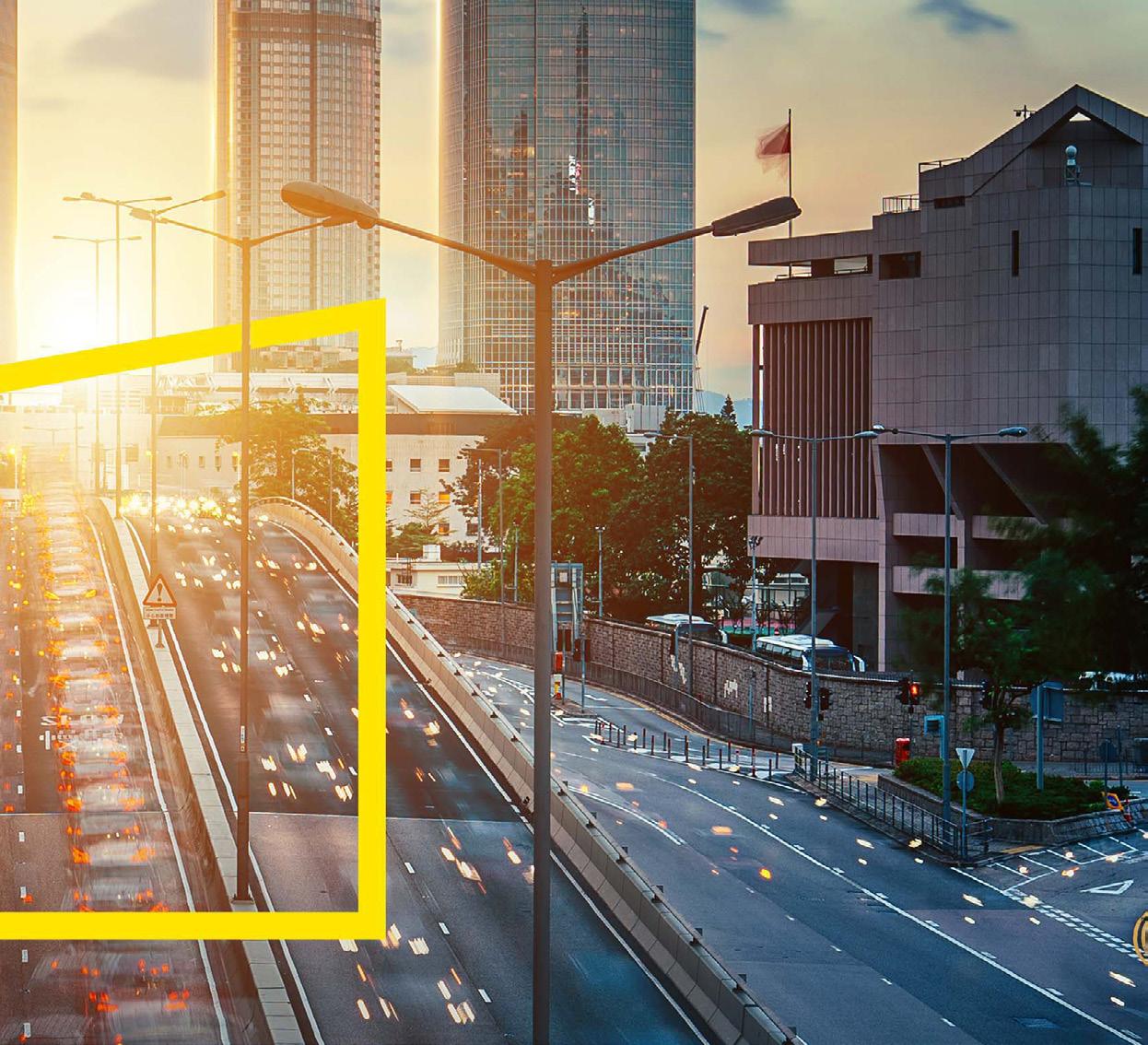
“Smart cities need to anticipate and drive innovation forward”
COLIN TETREAULT SENIOR MANAGER, CLIMATE CHANGE AND SUSTAINABILITY SERVICES, EY

COLIN TETREAULT SENIOR MANAGER, CLIMATE CHANGE AND SUSTAINABILITY SERVICES, EY
“Technology can help provide dynamic insight into shelter availability in real-time, thereby informing city officials of resource needs”
This being said, a number of challenges will still emerge when trying to adopt a proactive data-driven approach. Among the challenges is the possibility of challenging existing norms and approaches to city governance, nonprofit investment and work, as well as community inclinations on where to focus. “Taking a data-only approach can strip a community of its best and most valuable resource; the flavour and culture of the city that – when coupled with data and smart governance – creates a vibrant community for all,” Tetreault explains.
“An additional consideration involves ensuring equitable access to what a smart city can offer. It is important to highlight that a smart city considers those who need to benefit from the increased ‘intelligence’ the most. The focus should be on empowering and developing residents who lack the means for favourable living conditions rather than focusing on providing disproportionate benefits to those with existing power and means.”
Yet for Tetreault, the most significant risk lies in the failure to embrace a smart city approach sooner. “We need to move faster, together,” he explains.
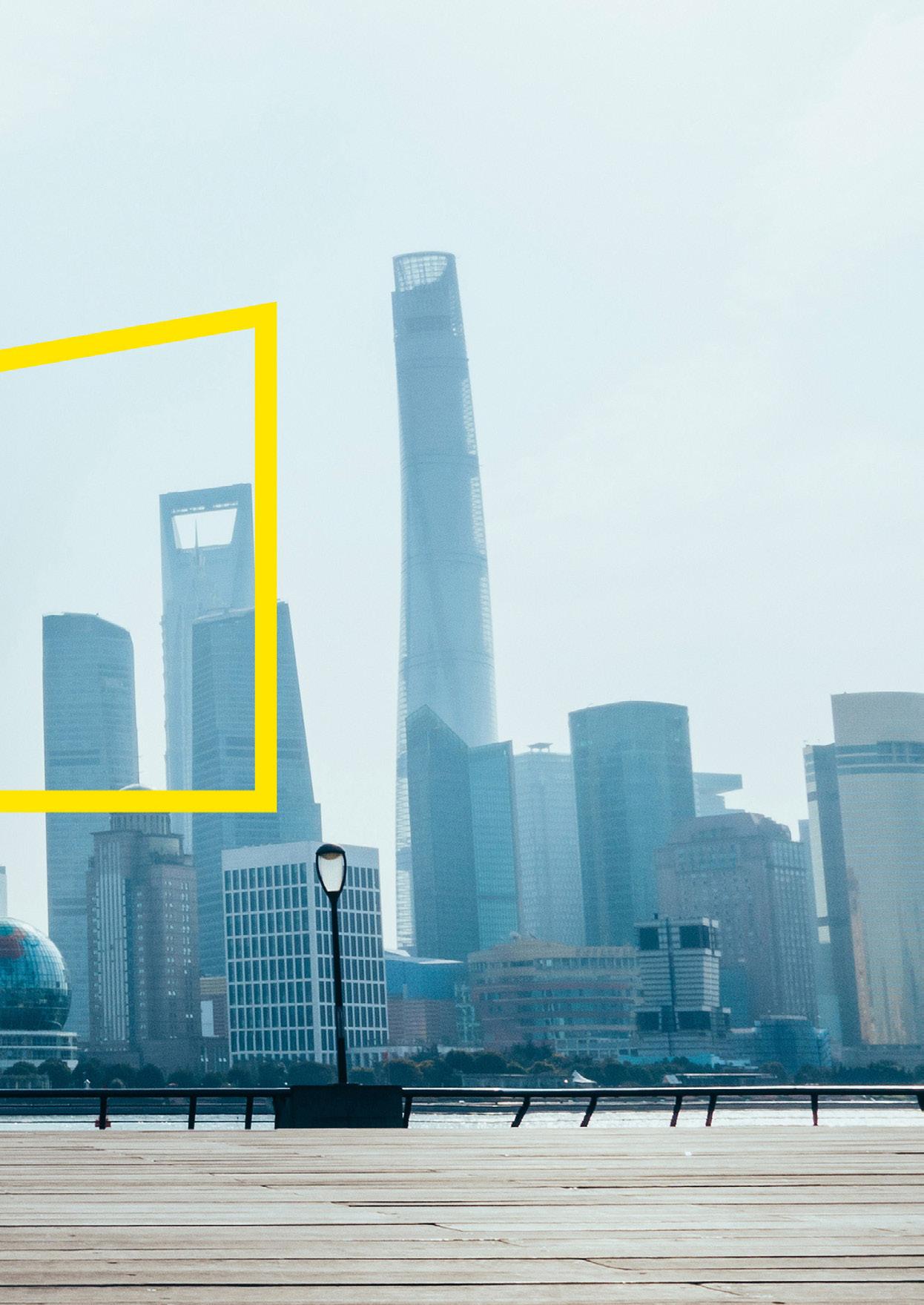

Beyond ethical considerations, a diverse and inclusive supply chain is an essential aspect of any business.
Yet, over the past 12 months, there has been a significant increase in the number of companies that have improved their DEI dimensions, according to Gartner’s research. In fact, 21% of companies had no diversity, equity and inclusion (DEI) focus in 2021, compared to 11% that had no focus in 2022.
Consequently, three-quarters of supply chain organisations now report on some dimension of diversity, yet only 40% are working on specific DEI initiatives. This represents a slight increase from last year, as only 36% of supply chain organisations had target initiatives for DEI.

With Infosys’ Andrea Hendrickx, Sustainability Magazine explores why businesses need to harness the full potential of a diverse and inclusive supply chain
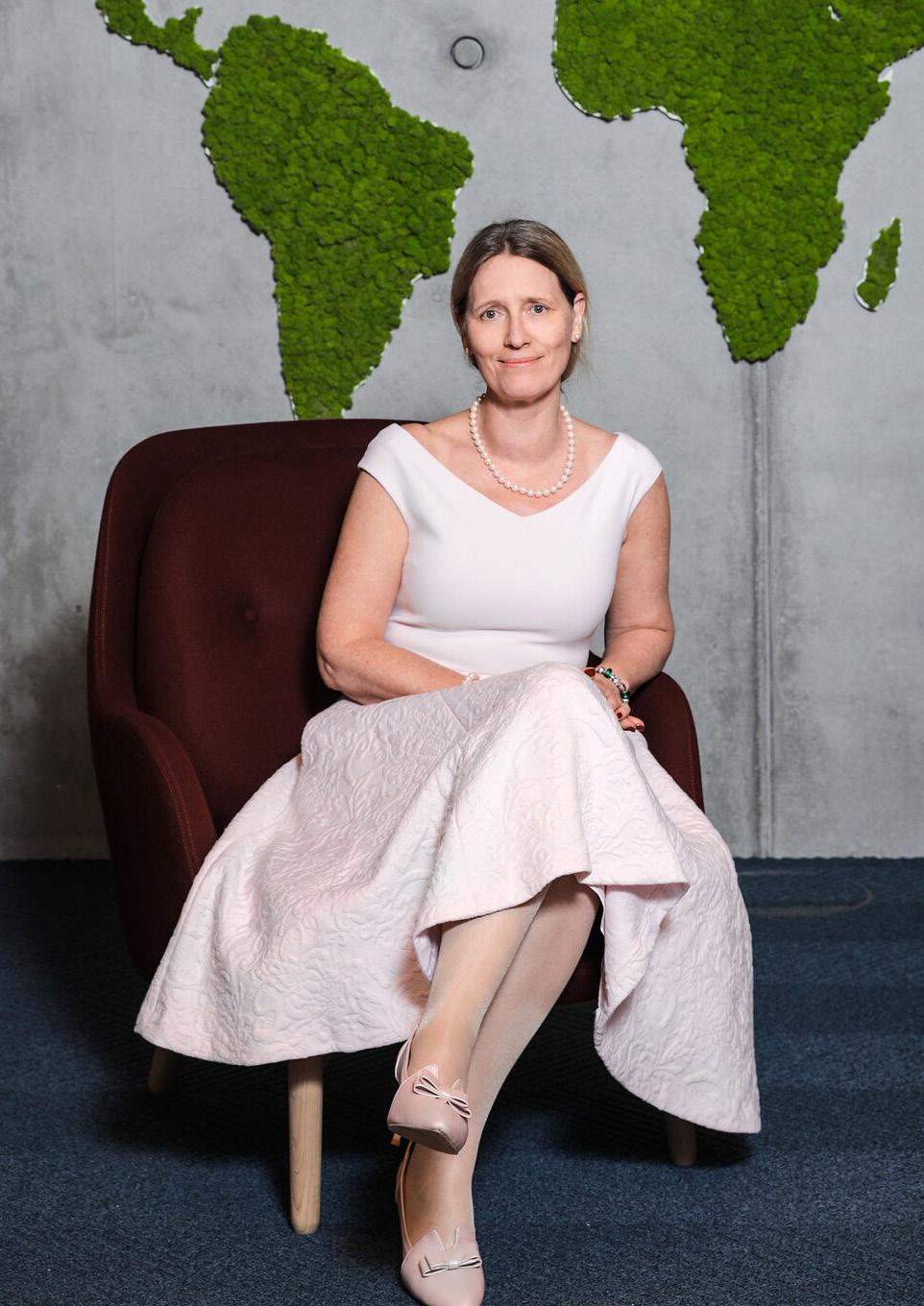
Supply chain DEI can be defined as the deliberate efforts undertaken by a company to incorporate a variety of suppliers, partners and stakeholders from different backgrounds and underrepresented groups. This includes considering factors such as race, gender, ethnicity and socioeconomic background.
“In the context of sustainability, supply chain diversity and inclusion play a pivotal role,” says Andrea Hendrickx, Country Head – Germany, Infosys. “By embracing a diverse and inclusive supply chain, organisations foster innovation, creativity and resilience. It brings with it a multitude of perspectives, ideas and solutions that can go towards addressing complex sustainability challenges.”
The concept promotes social equity and economic development, Hendrickx explains, by creating job opportunities for marginalised communities and promoting fair and ethical practices throughout the supply chain. “By implementing diversity and inclusion into their supply chain strategies, companies can contribute to building a more sustainable and equitable future,” she says. “In doing so, they must address the UN Sustainable Development Goals, not only one by one, but by combining and embedding them into their strategies across all focus areas.”
Benefits of a diverse supply chain
Integrating DEI practices fosters resilience within supply chains. By diversifying supplier networks and engaging with businesses owned by underrepresented groups, organisations reduce their dependence on a limited pool of suppliers.
This poses major benefits for businesses, as it strengthens the organisation’s capacity to respond to unforeseen disruptions, such as natural calamities or geopolitical conflicts like the Russia-Ukraine war, ensuring continuity of operations.
Hendrickx explains that supply chain diversity and inclusion also promote ethical and responsible practices. She adds: “By engaging with a range of suppliers, companies can better ensure adherence to labour rights, environmental sustainability and ethical sourcing standards. This leads to a more responsible and transparent supply chain, mitigating the risk of human rights violations, environmental damage and unethical practices.”
Additionally, integrating diversity and inclusion practices in sustainable supply chains enhances brand reputation and stakeholder trust. Customers, investors and other stakeholders value organisations prioritising DEI. By demonstrating a commitment to these principles,
“By implementing diversity and inclusion into their supply chain strategies, companies can contribute to building a more sustainable and equitable future”
ANDREA HENDRICKX VICE PRESIDENT & COUNTRY HEAD GERMANY, INFOSYS
companies can strengthen their reputation as an employer, attract and retain top talent and build long-term relationships with stakeholders.
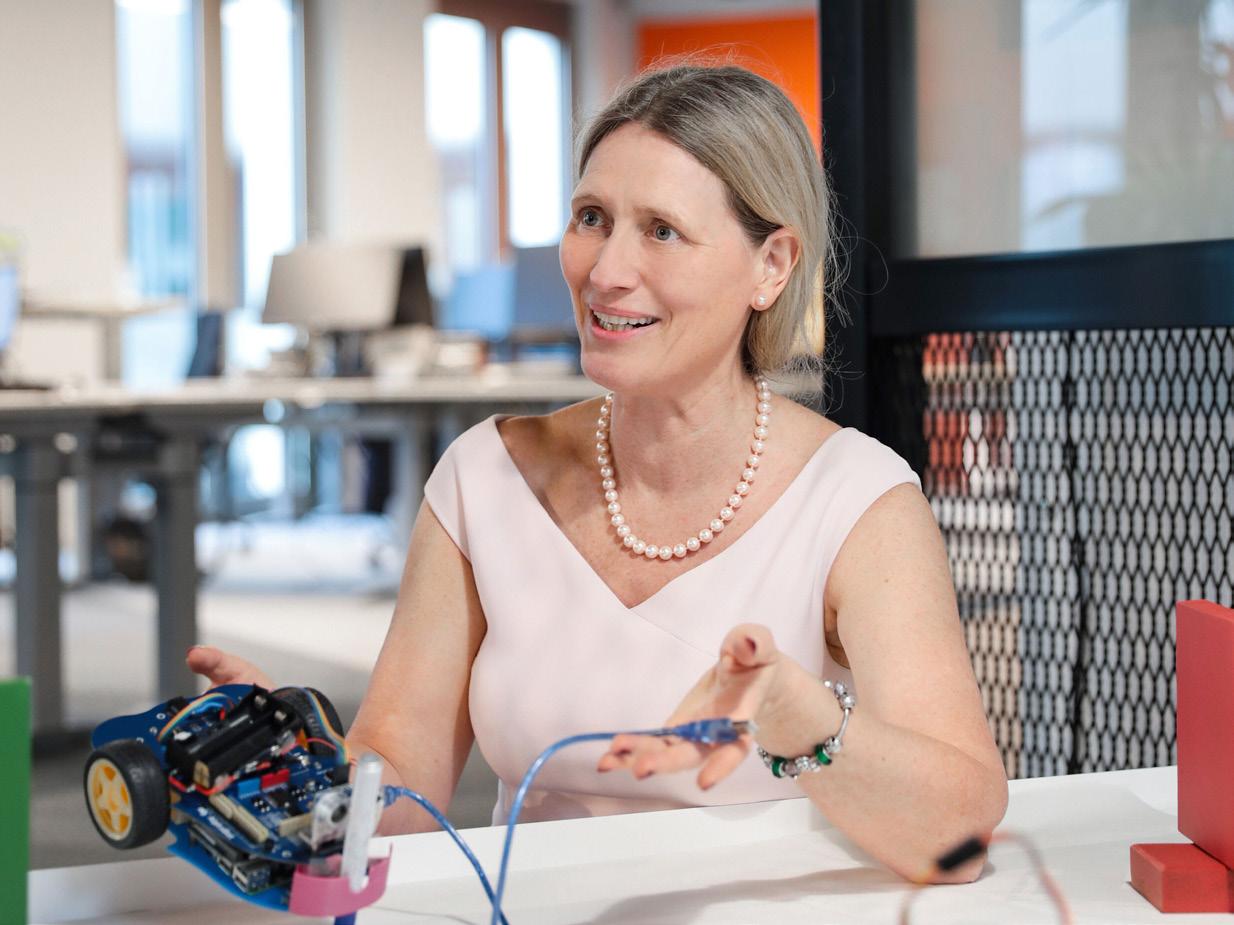
Although more than half of supply chain leaders have been found to formal DEI targets, a number of barriers arise when trying to implement them into action. Gartner research shows that many businesses struggle with identifying which DEI initiatives to invest in and deciphering which ones will have the most impact.
Recruitment, learning and development, and employee engagement are the types of objectives most commonly implemented in supply chain organisations. The report suggests: “Recruitment initiatives might focus on diverse interview panels or
“ Resource constraints and cost considerations are often cited as significant barriers to integrating diversity and inclusion practices within supply chains”
ANDREA HENDRICKX VICE PRESIDENT & COUNTRY HEAD GERMANY, INFOSYSANDREA HENDRICKX VICE PRESIDENT & COUNTRY HEAD GERMANY, INFOSYS



“
DEI efforts should be baked into wider sustainability strategies from the outset”
diversity referral programmes; learning and development initiatives could focus on diversity mentorship programmes or inclusive leader training; and employee engagement initiatives often centre around employee resource groups (ERGs) or DEI newsletters.”
Another significant challenge organisations may face is the limited availability of diverse suppliers, particularly in industries or regions where underrepresented groups are marginalised.
This scarcity can be due to numerous factors, including systemic inequalities and limited access to resources and opportunities. Proactive measures can be implemented by suppliers, such as supplier development programmes, targeted outreach and partnerships with diverse business networks to address this challenge.

“Communication barriers arising from cultural and language differences can also hinder effective collaboration with diverse suppliers,” Hendrickx comments. “Firms can overcome these barriers by investing in employee cultural competency training, providing language support and fostering cross-cultural relationships. This facilitates a better understanding of different cultural norms, communication styles and business practices, facilitating smoother interactions and collaboration.
“Speaking of investments, resource constraints and cost considerations are often cited as significant barriers to integrating diversity and inclusion practices within supply chains. However, it is imperative to recognise that investing in supplier diversity can result in longer-term benefits.”
Organisations can secure the necessary resources and overcome cost concerns by showcasing the business case for diversity, including improved innovation, enhanced resilience and a positive

Andrea Hendrickx, Vice President and Country Head Germany at Infosys is responsible for the company’s delivery and operations, as well as driving the branding and talent strategy for Germany.
Prior to joining Infosys, Andrea held numerous roles at Capgemini, as well as in the insurance sector and in an IT-consulting role.
Hendrickx has gained extensive expertise in profit driving growth, margin improvement, strategy, project and people management, global delivery and IT service management.
reputation. Demonstrating the tangible value and long-term impact of supplier diversity can help garner support from key organisational stakeholders and decision-makers.
In terms of ESG, many firms tend to focus on the environmental frameworks, many times overlooking a business’s governance strategies. For example, businesses will often focus on reducing greenhouse gas emissions or setting net zero targets.
Infosys’ research found that companies can remain profitable if they combine all three ESG initiatives, such as improving board diversity, meaning it’s within a companies’ interest to ensure DEI efforts are reflected in wider sustainability goals.
By failing to do so, Hendrickx states that businesses could be missing out on profits. “Data plays a key role in ensuring these goals align,” she says. “Many supply chain leaders will need the buy-in of others across the business in order to influence sustainability strategies, so any data
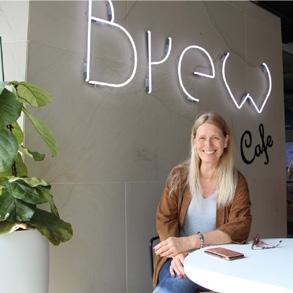
demonstrating the positive impact that implementing greater diversity and inclusion efforts could go far in making that case.
“Ideally, DEI efforts should be baked into wider sustainability strategies from the outset. If they’re not, then data will be a key weapon in gaining support.”
Over the past few years, supply chain DEI has become a much more pressing topic for businesses around the world. Yet key research highlights there need
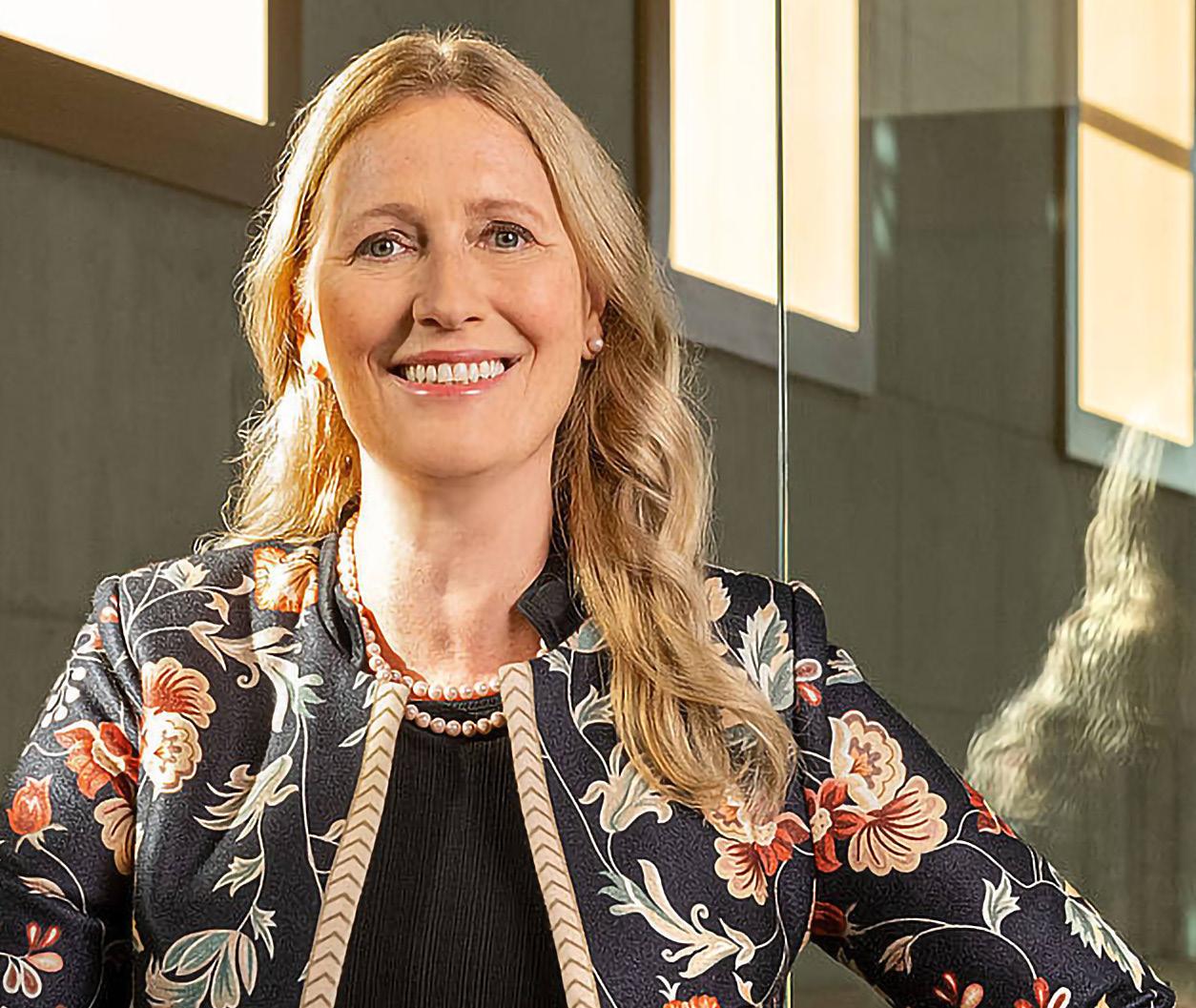
to be an increased level of focus on achieving the goals and strategies, rather than just setting them as guidelines.
Integrating DEI practices has been shown to bring a number of benefits, including resilience, ethical practices, enhanced brand reputation, and of course, profitability. Although obstacles will naturally occur, businesses need to adopt proactive measures and to ensure their journey of implementing supply chain DEI leads to a sustainable and equitable future for all.
We take a look at the Top 10 startups demonstrating dedicated action & intent to mitigate their impact on the world while championing sustainable practices
 WRITTEN BY: LUCY BUCHHOLZ
WRITTEN BY: LUCY BUCHHOLZ
The path to sustainable operations is a tricky one, laden with unexpected pitfalls, significant sacrifices and lacking a unifying expectation of what ‘sustainable’ actually looks like in practice. Yet, getting a grip on emissions, waste and renewable resources among other elements – not to mention all the associated policy and process changes – is of vital importance in the coming years.
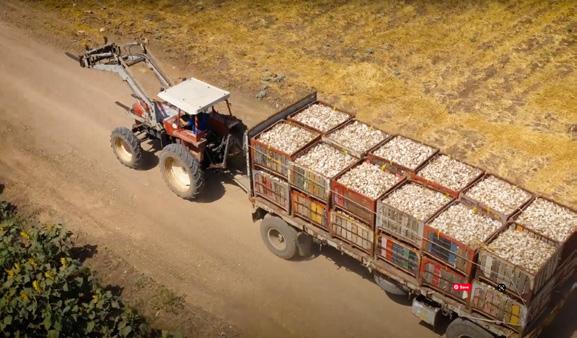
Enter the startup world. Often renowned for their ingenuity, scalability and passionate problem solving, startups are perfectly poised to take on the mantle of sustainable practice and generate innovative solutions. Uninhibited by legacy tech and embedded processes, startups are free to assess sustainability in more efficient, effective ways.
Here, we take a look at the Top 10 sustainable startups of 2023 to see which are prioritising the planet over personal gain and devising sustainable solutions.


HQ: California, US
CEO: Christie Obiaya
Total funding: US$332.6m
Renewable energy technology company Heliogen is focused on eliminating the need for fossil fuels in heavy industry and powering a sustainable future. The company’s AI-enabled, modular concentrated solar technology aims to cost-effectively deliver near 24/7 carbon-free energy in the form of heat, power or green hydrogen fuel at scale – for the first time in history. The company’s HelioHeat technology was recognised by TIME on its prestigious Best Inventions of 2020 list and Fast Company honoured Heliogen with a 2020 World Changing Ideas Award.

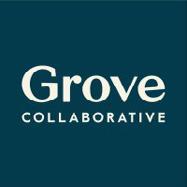
HQ: San Francisco, US
CEO: Stuart Landesberg
Total funding: US$606.5m
Certified B Corp, Grove Collaborative, is a one-stop shop for brands that love the planet. Offering over 200 brands, from cleaning products to wellness items, each item has been carefully selected having undergone thorough evaluation to meet stringent criteria for guaranteed sustainability.
The company also proudly holds the distinction of being the world’s first plastic neutral retailer. When consumers buy plastic packaging from the business, it takes responsibility by collecting an equivalent amount of naturebound plastic pollution through our partnership with rePurpose Global.


HQ: Paris, France
CEO: Guillaume Fourdinier
Total funding: US$40.6m
In 35 m2, Agricool can produce the same amount of food as 4,000 m2, with no pesticides, no transportation and with 100% renewable energy. To achieve this, the business has created a paradise for fruits and vegetables in recycled shipping containers, to provide the best lighting, temperature, irrigation and air quality. Through these innovative containers, usually seasonal fruit and vegetables can be grown all year round, while water use and carbon emissions are reduced.



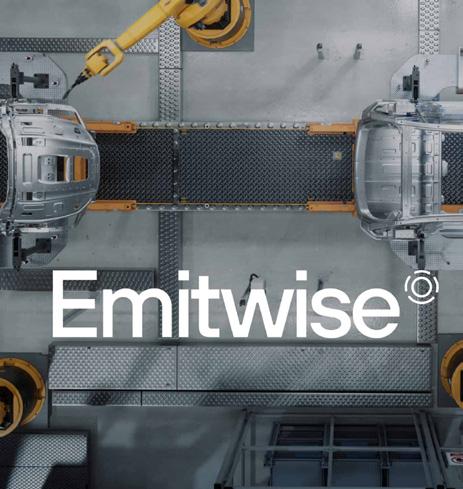
HQ: London, UK
CEO: Mauro Cozzi
Total funding: US$16.6m
Emitwise takes the creativity out of carbon accountancy by providing an easy-to-use platform that accurately measures, tracks, reports targets and reduces emissions across the supply chain. The journey to reduce a company’s carbon emissions begins within its owned operations – but extends much further beyond. Emitwise’s platform ensures that clients have access to the same level of detail, accuracy and insights throughout your entire supply chain. In fact, 1 in 4 Emitwise customers have set a net-zero target and 85% of the emissions the business tracks are Scope 3.
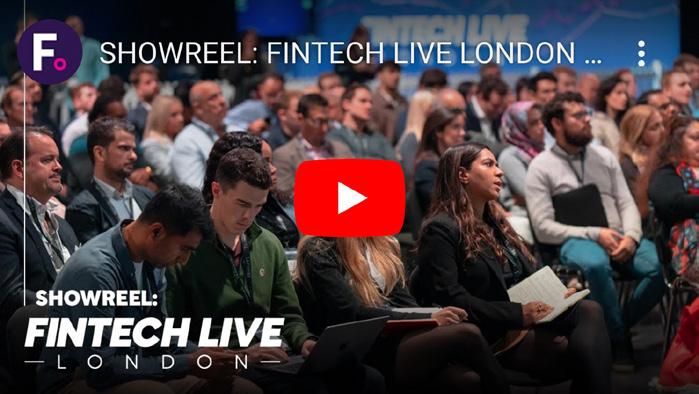
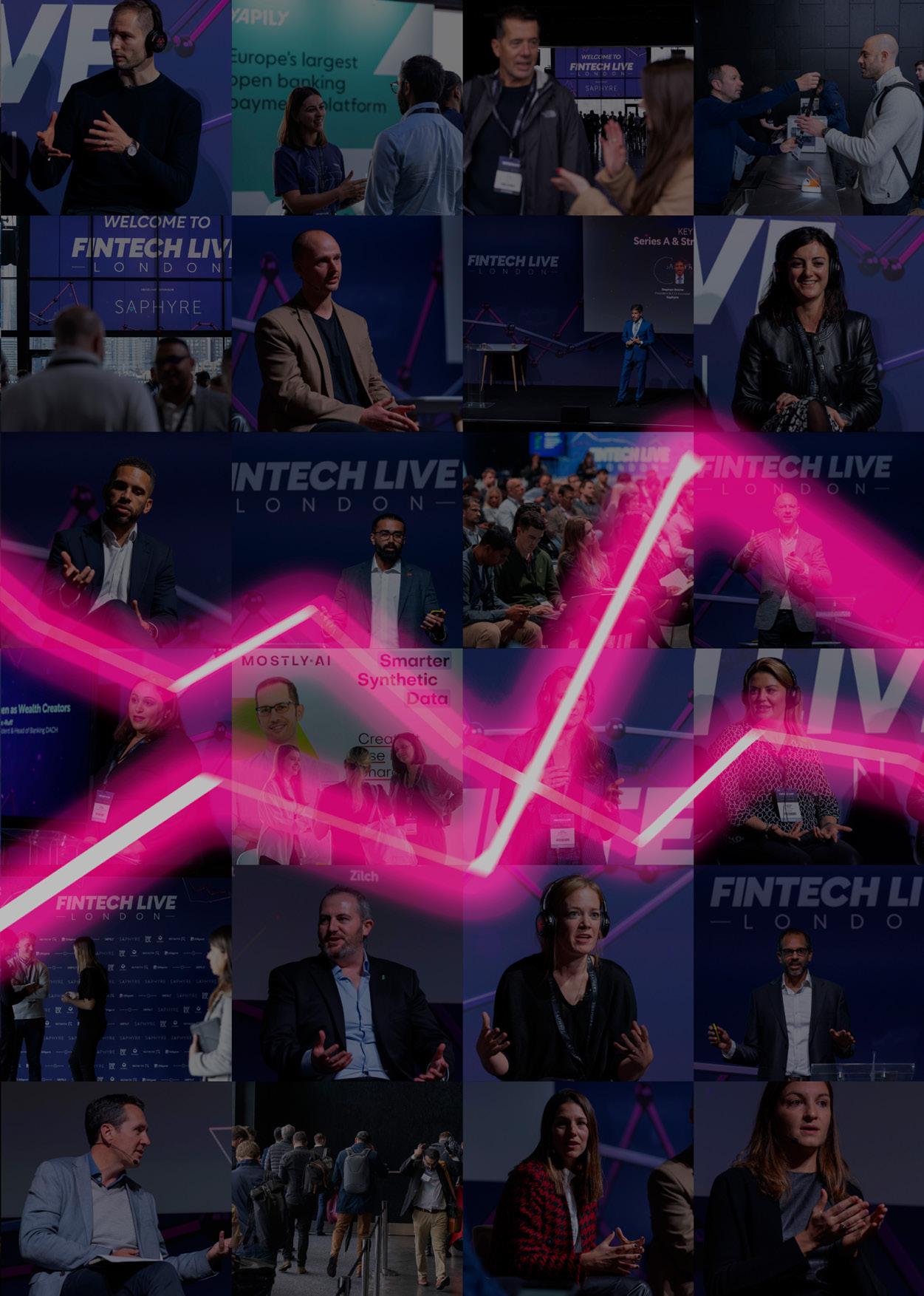
8 - 9 November 2023
QEII Centre, London
SPONSORSHIPS GET YOUR PASS
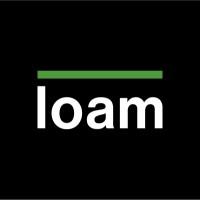
HQ: NSW, Australia
CEO: Guy Hudson
Total funding: US$105m
To help solve the climate crisis, Loam works with 4.5bn years of evolution. As microbes have changed the composition of the Earth’s atmosphere, Loam is ensuring they can do it again. By gaining a better understanding of how microbes influence the carbon cycle, Loam is creating new planetary-scale opportunities for carbon sequestration and improving agricultural productivity. The business delivers high-quality CO2 removal with environmental co-benefits, by providing growers with unique tools and connecting them to business leaders who are driving the global path to net-zero.
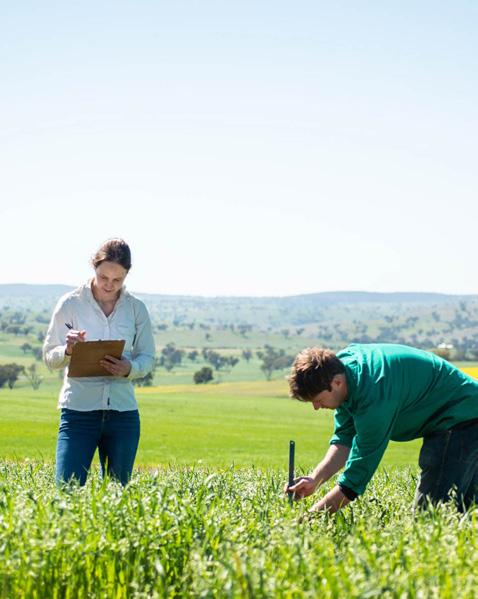

HQ: Colorado, US
CEO: Dr. Matanya Horowitz
Total funding: US$324m
By applying AI and automation, AMP Robotics is modernising and scaling the world’s recycling infrastructure to increase rates and recover recyclables reclaimed as raw materials for the global supply chain. AMP’s technology is widely deployed across North America, Asia and Europe to recover various valuable materials from different sources. This includes the retrieval of plastics, paper and metals from municipal waste, precious commodities from electronic scrap, high-value materials from construction and demolition debris and valuable feedstocks from organic materials.
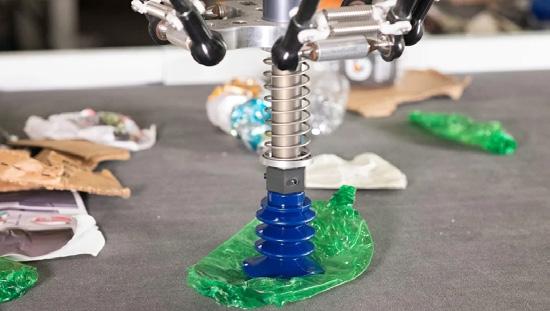
HQ: Boston, Massachusetts
CEO: Bob Mumgaard
Total funding: US$2bn
With the fastest, lowest cost paths to commercial fusion energy, Commonwealth Fusion Systems (CFS) is collaborating with MIT to utilise decades of research combined with new groundbreaking hightemperature superconducting (HTS) magnet technology.

CFS is also constructing SPARC, the world’s first commercially relevant, net energy fusion demonstration device – a significant stepping stone towards ARC, the first fusion power plant that will provide power on the grid. Ultimately, CFS’s mission is to deploy fusion power plants to meet global decarbonisation goals as fast as possible.

HQ: California, US
CEO: Adrián Ferrero

Total funding: US$25m
Silicon Valley-based Biome Makers has become a global AgTech leader, setting a high standard in soil health with BeCrop® technology – the largest global taxonomic database of 14mn microorganisms.
Built on industry-leading AgTech expertise and driven by data and science, Biome Makers connect soil biology to agricultural decision-making to optimise farming practices and reverse the degradation of arable soils. With a global team passion about preserving, restoring, and improving soil health, Biome Makers have impacted over one million acres of land across the globe.



HQ: Abu Dhabi, UAE
CEO: Sky Kurtz
Total funding: US$334.4m
Pure Harvest Smart Farms is a pioneering, technology-enabled agribusiness headquartered in the United Arab Emirates, focused on sustainable year-round production of premium-quality fresh fruits and vegetables. The business is committed to delivering on their mission of farming extraordinarily flavourful, affordable and fresh produce. They achieve this by innovating across the full value chain of controlled-environment agriculture (CEA), including technology design, procurement, construction and farm operations.
Pure Harvest Smart Farms’ worldleading yields are the result of their inventive approach to farming. They introduced the Middle East’s first semi-automated, hightech hybrid growing system and incorporated horticultural best practices to address significant regional challenges, such as food security, water conservation, economic diversification and sustainability demands.
Pure Harvest Smart Farms has secured over US$334.4m in capital commitments from a global investor base that spans from California, USA to Seoul, Korea. These investors recognise the value of the company’s mission and their unwavering commitment to sustainable agriculture.
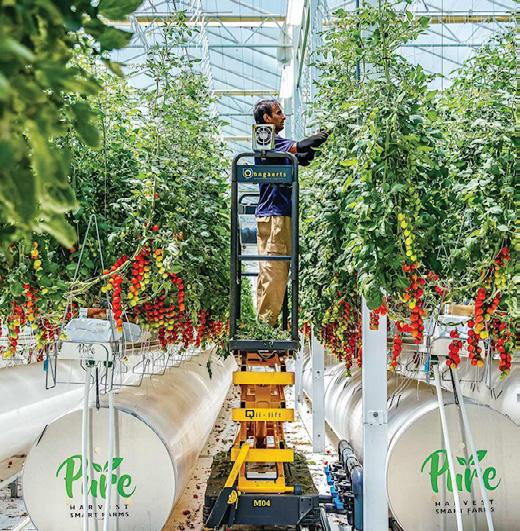

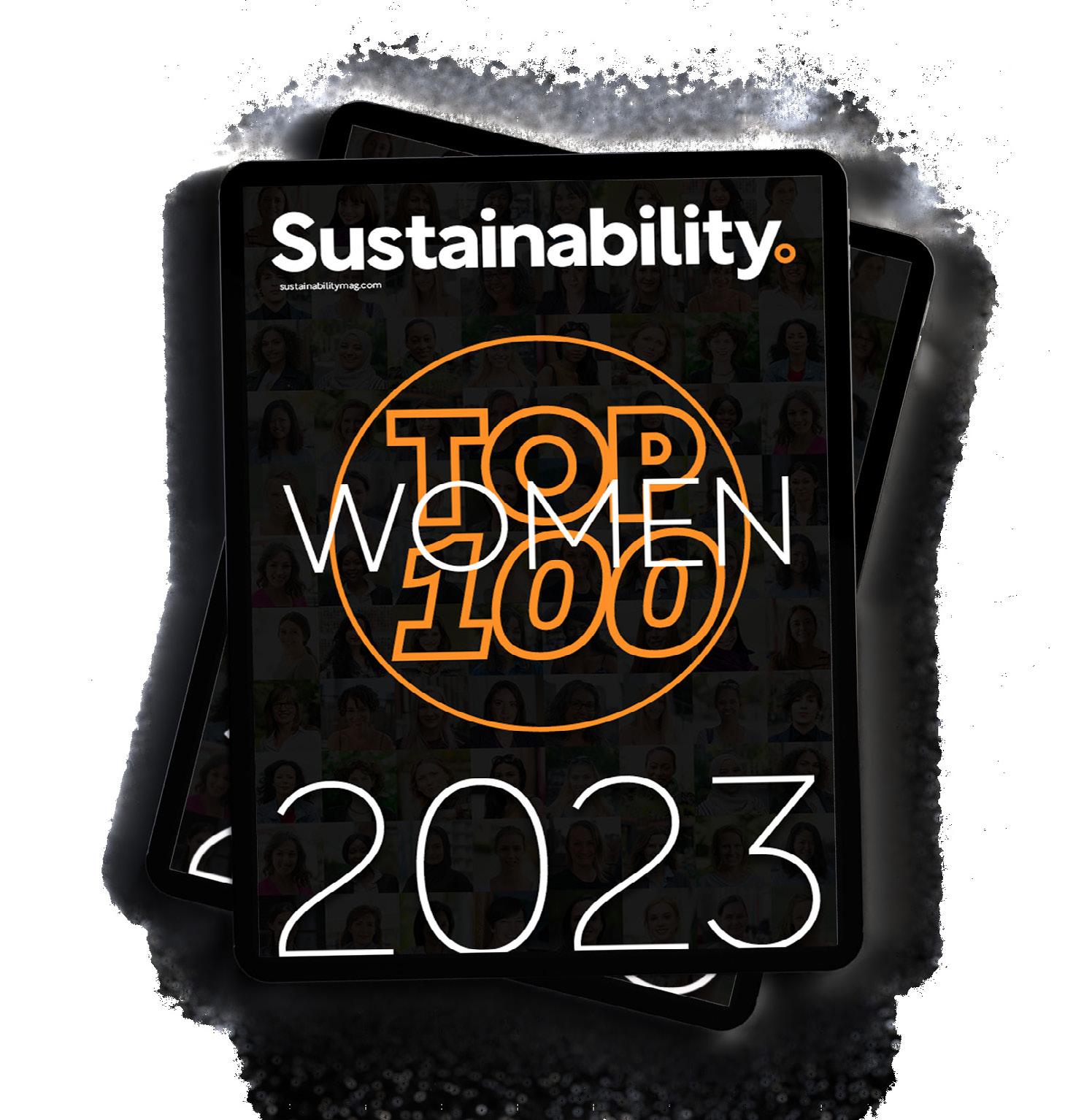




HQ: California, US
CEO: Christopher Hopper
Total funding: US$523.5m
Aurora’s cloud-based software revolutionises solar design, sales and delivery. By simply providing an address and electric bill, Aurora enables individuals to generate comprehensive, precise and customisable designs for each client – ultimately, securing immediate agreements.

The company contributes to the advancement of renewable energy by supporting numerous solar projects every week, aiming to make solar power accessible to all. Aurora calls for a departure from outdated power grids and the adoption of the solar future, simplifying tasks, discarding obsolete technology and accelerating business growth.
Now, more than 7,000 of the industry’s top organisations rely on Aurora and over ten million solar projects have been designed with the platform globally. The San Francisco-based company was the only climate tech business named to the 2022 Forbes AI 50 and was voted the best solar software by Solar Power World in 2021.


